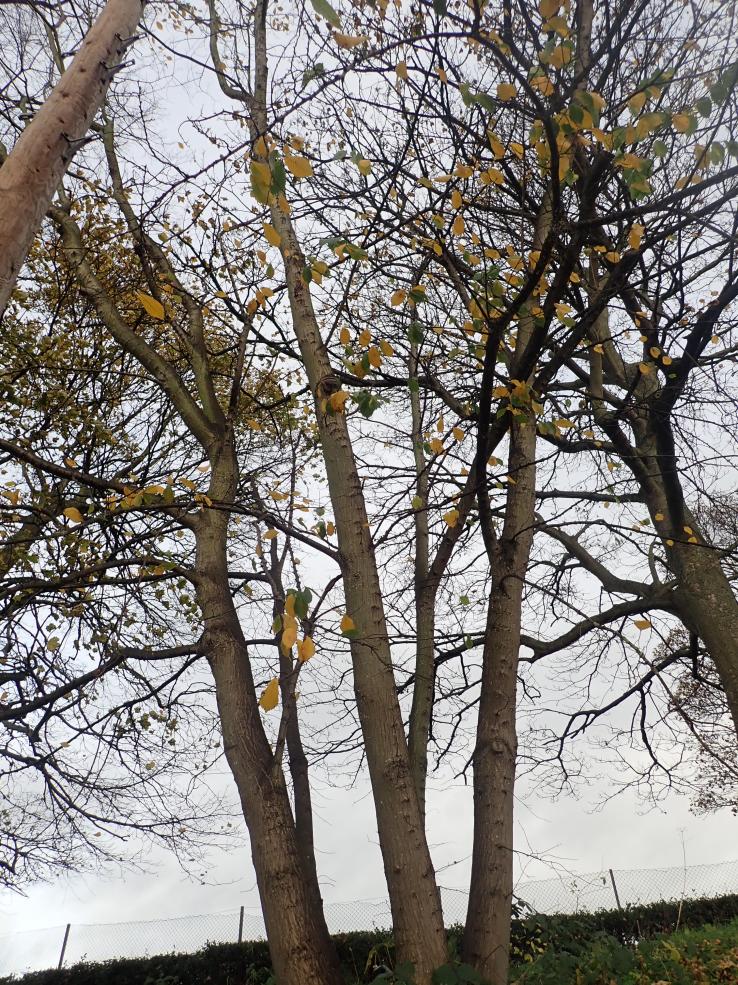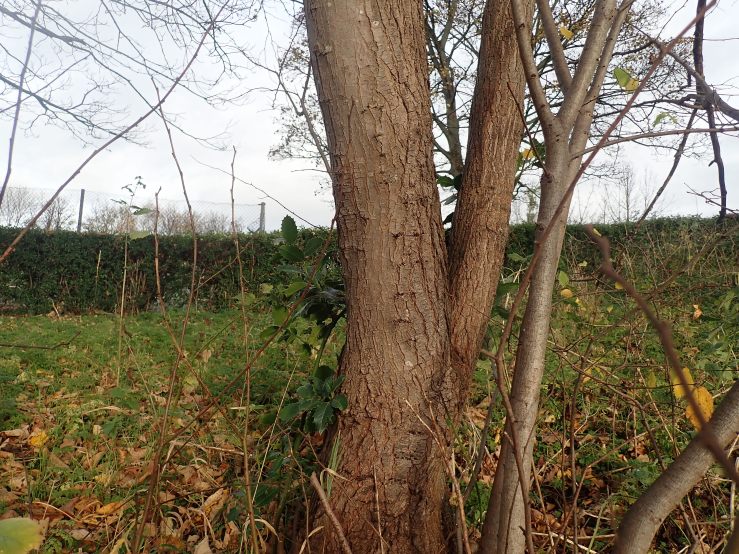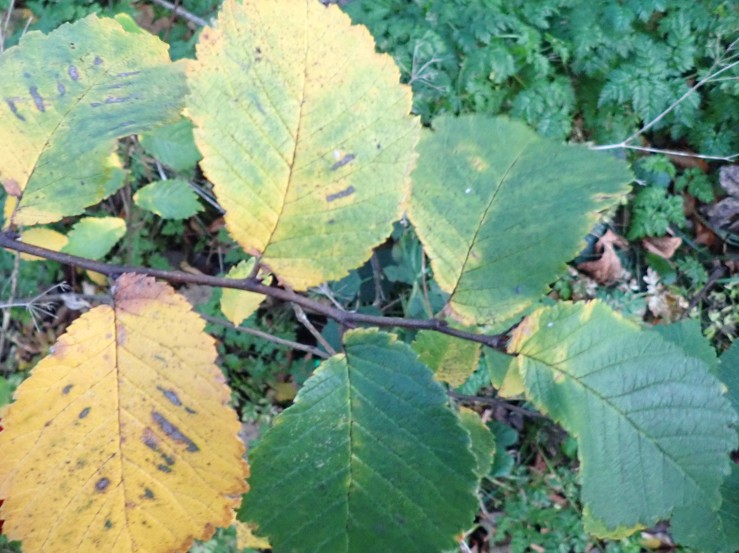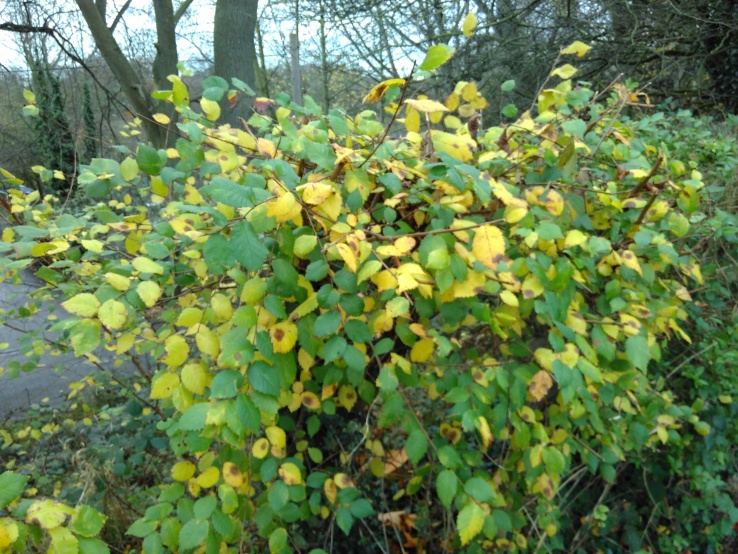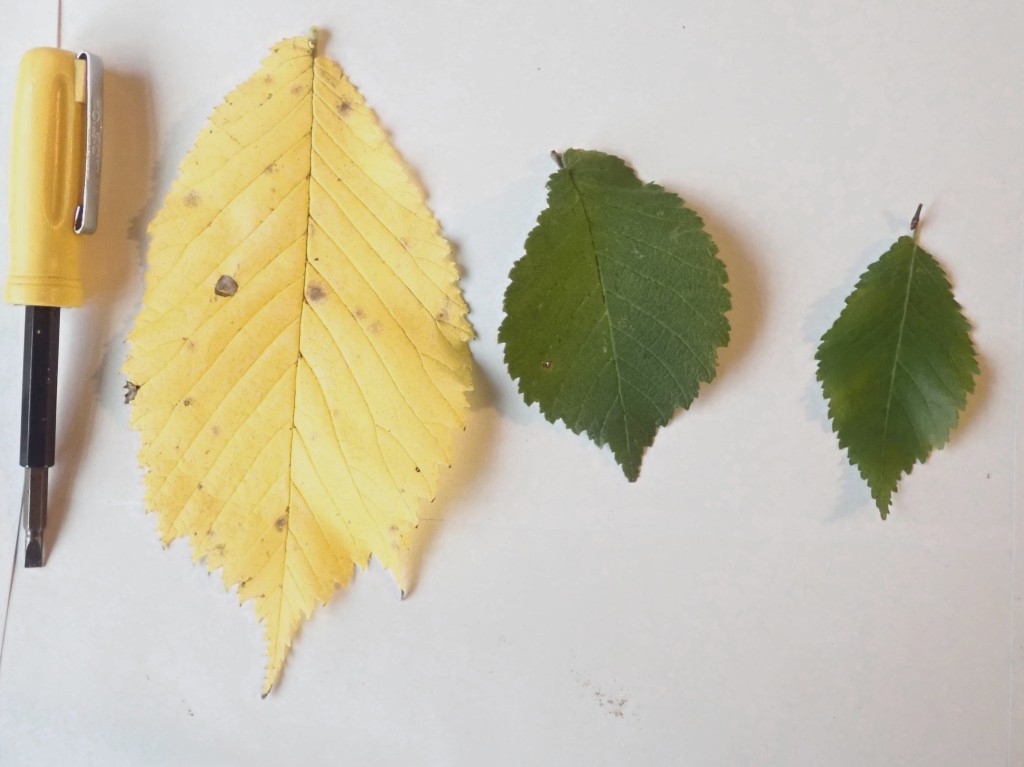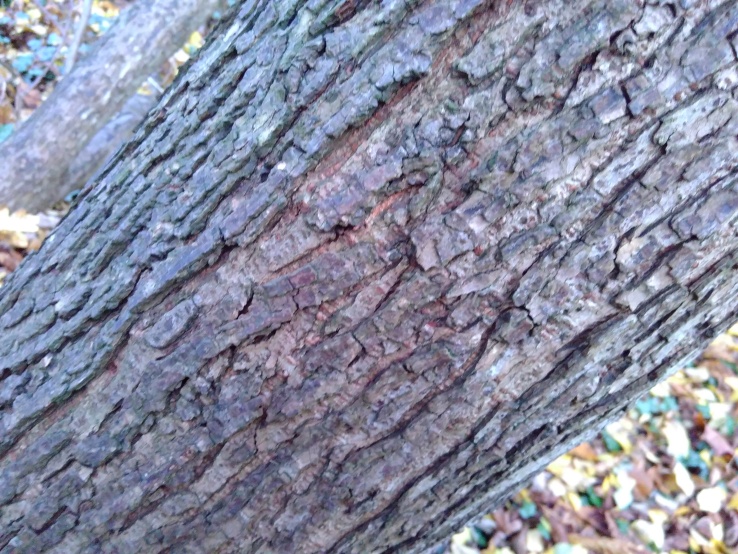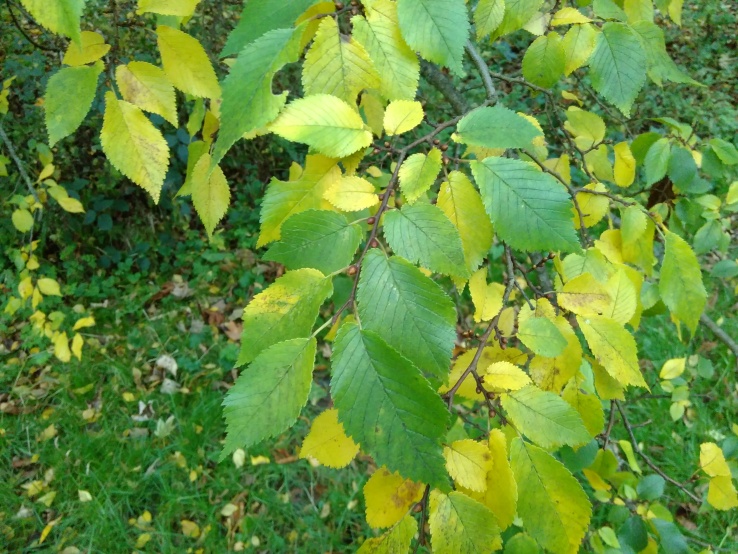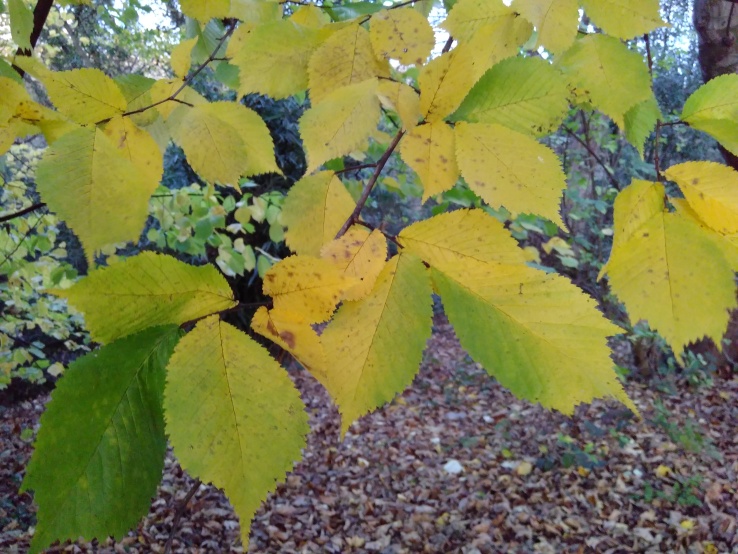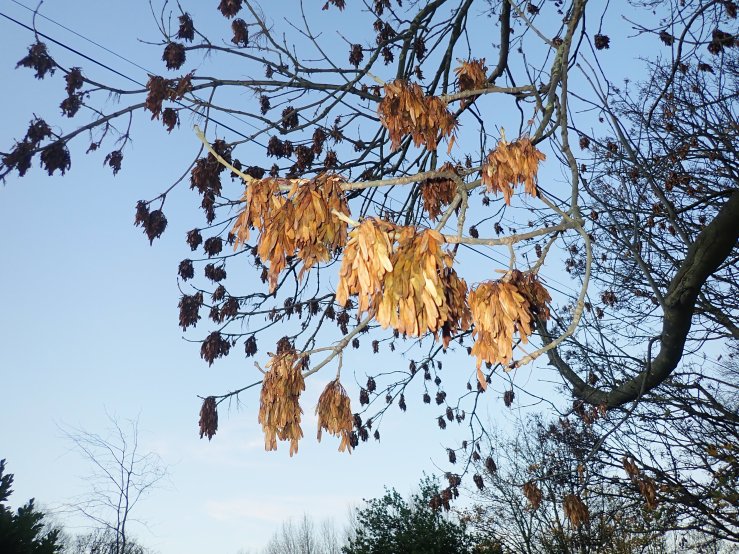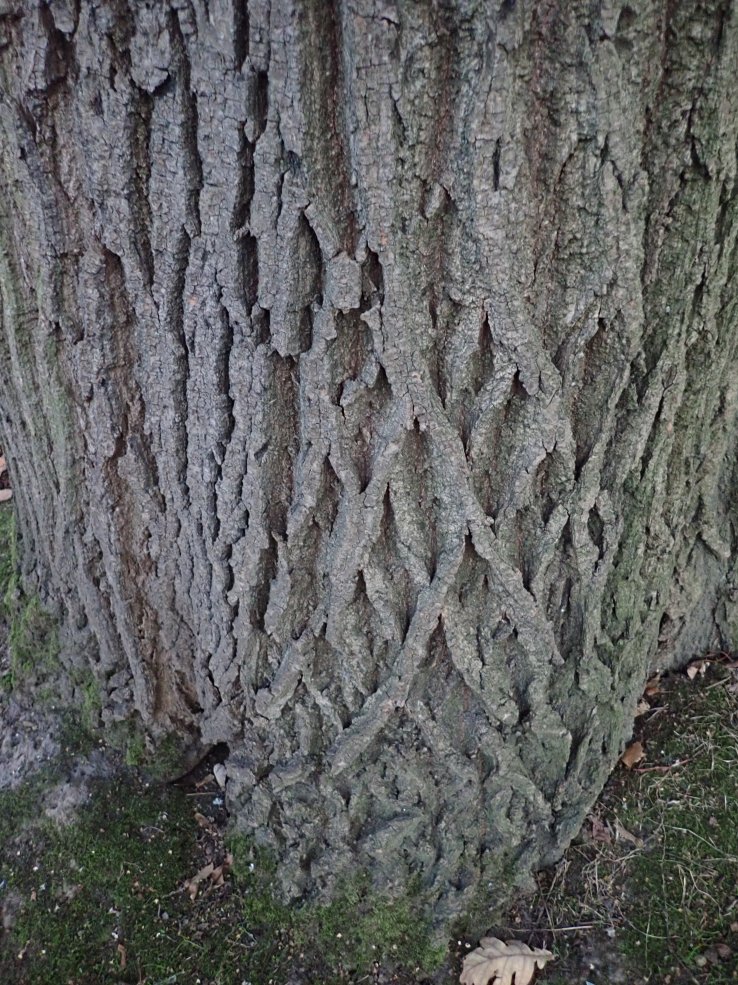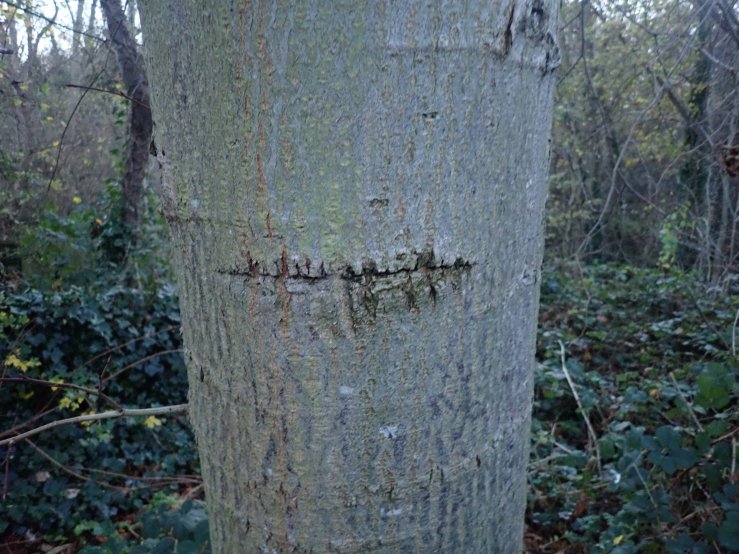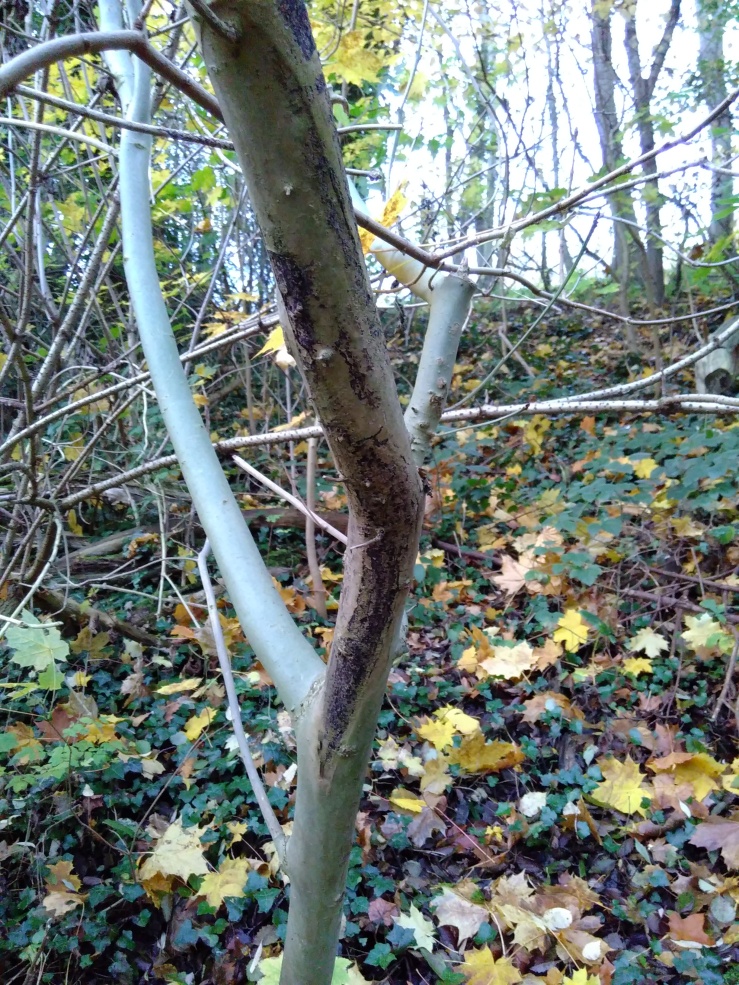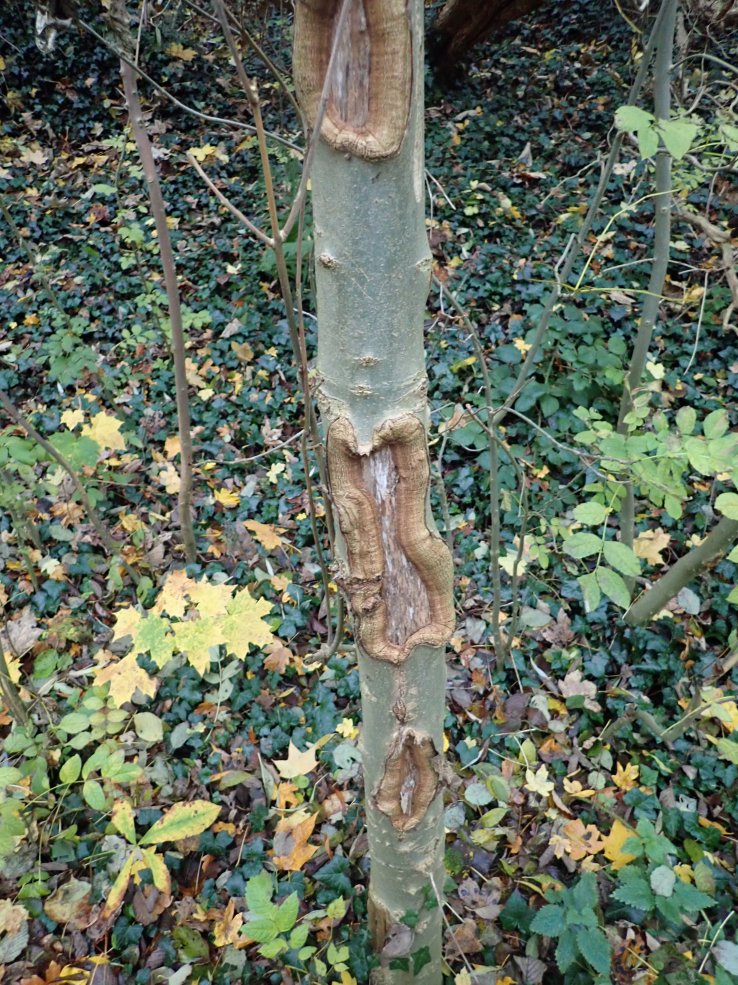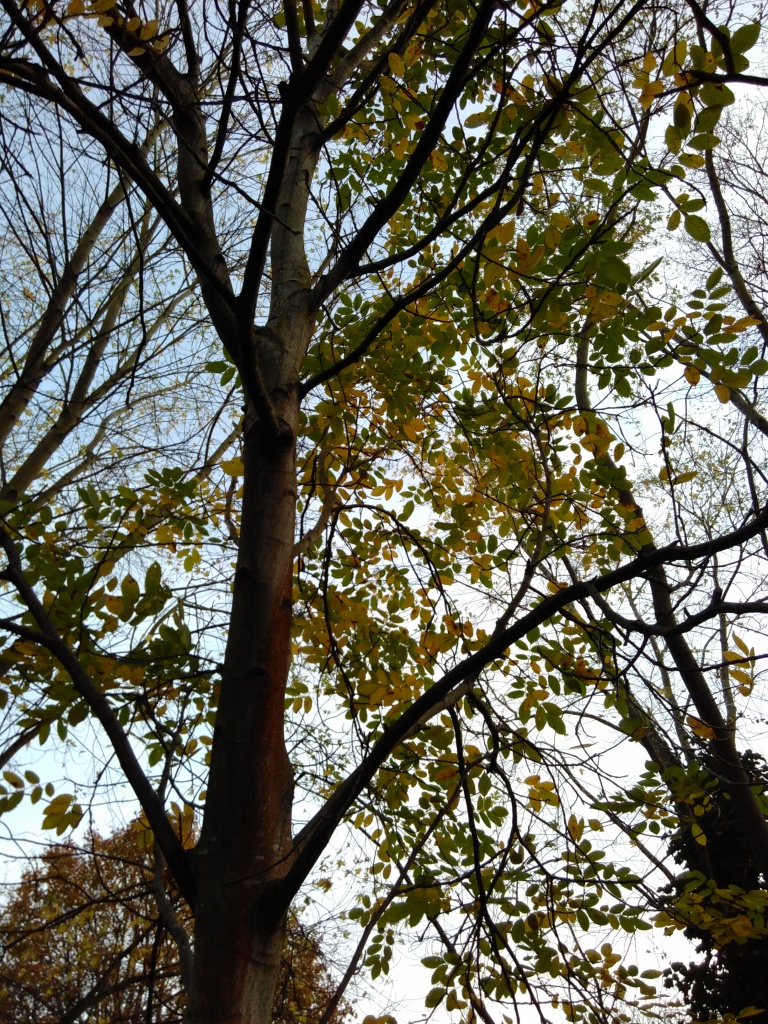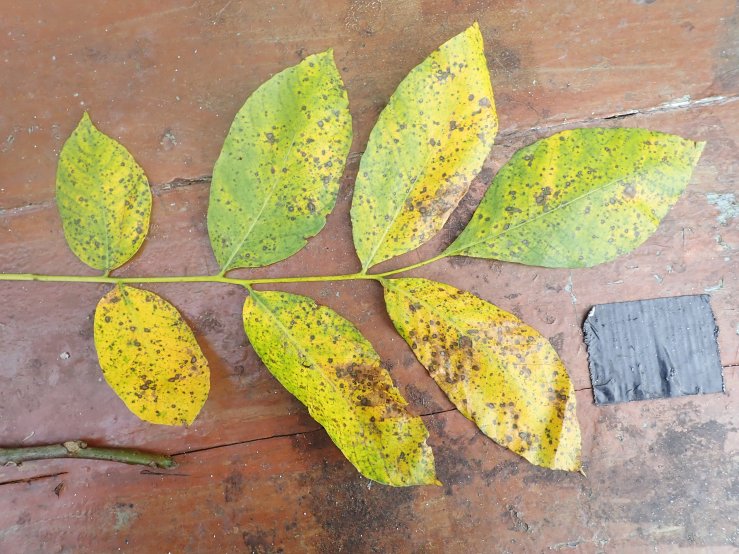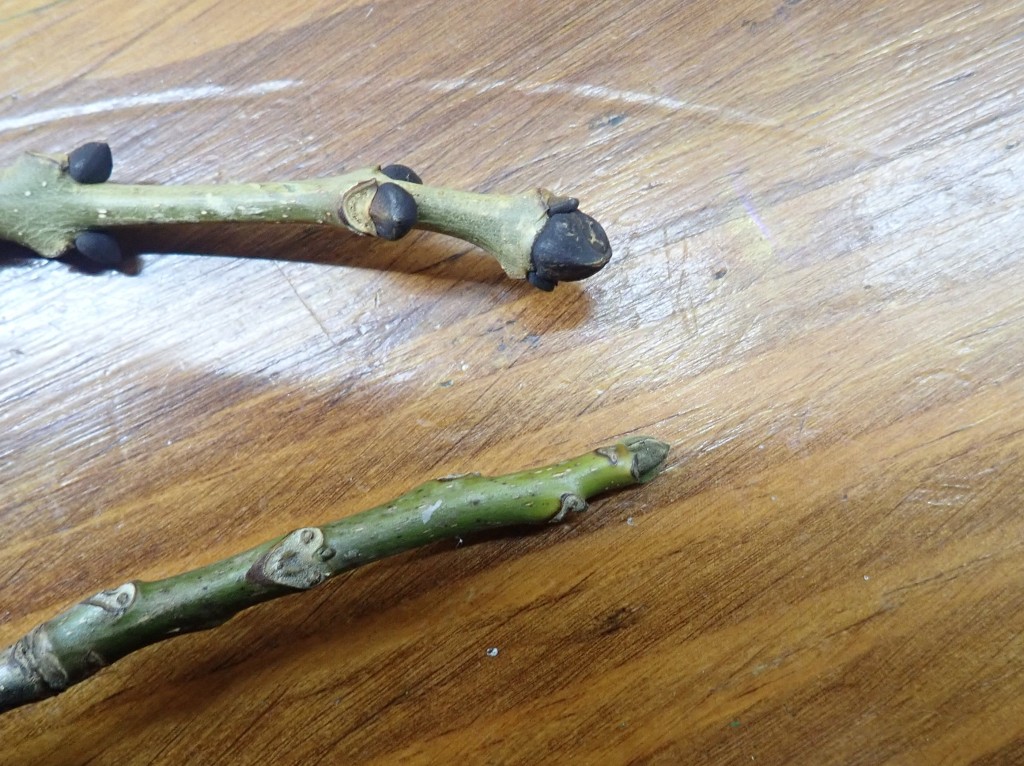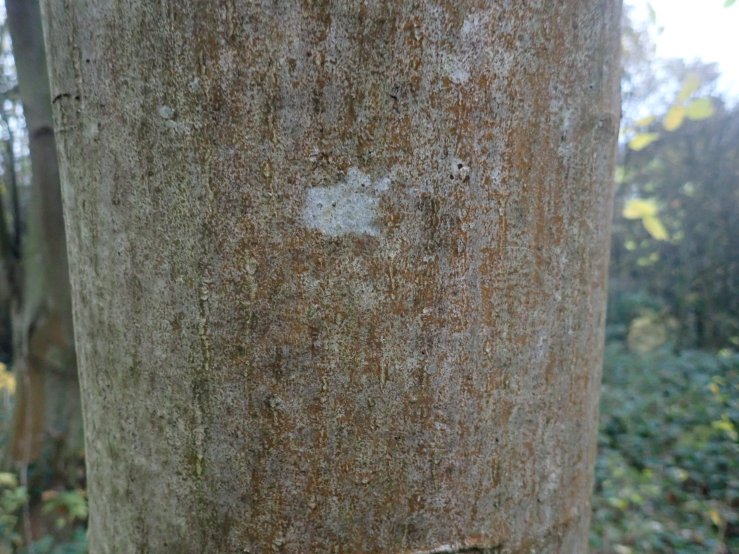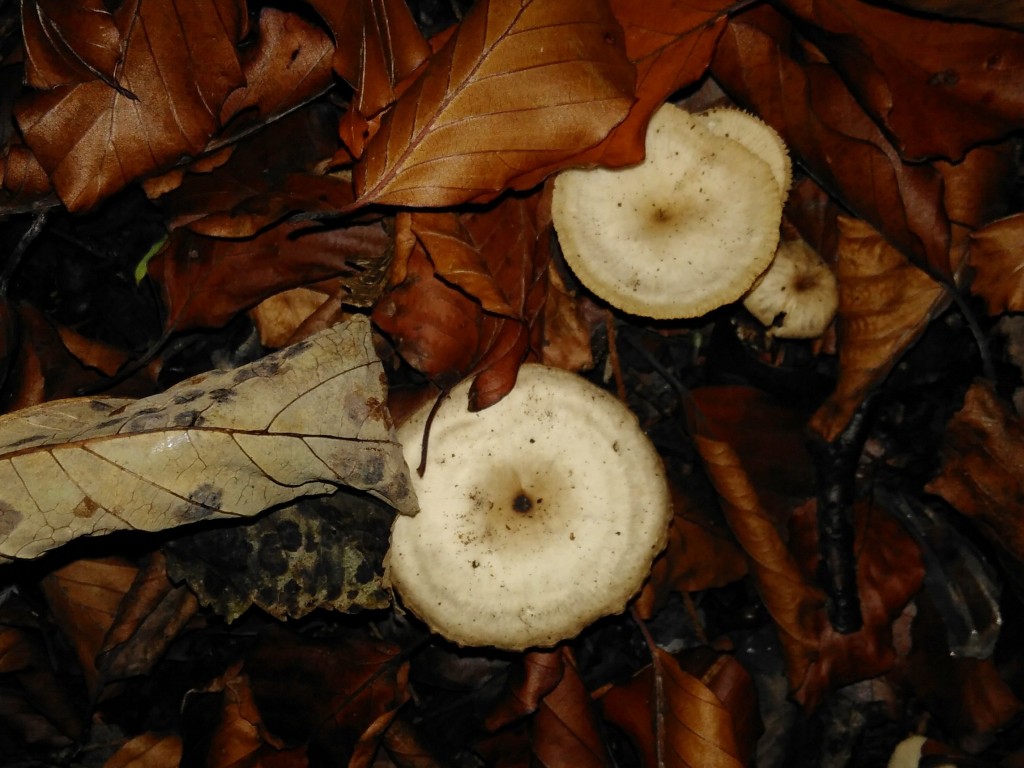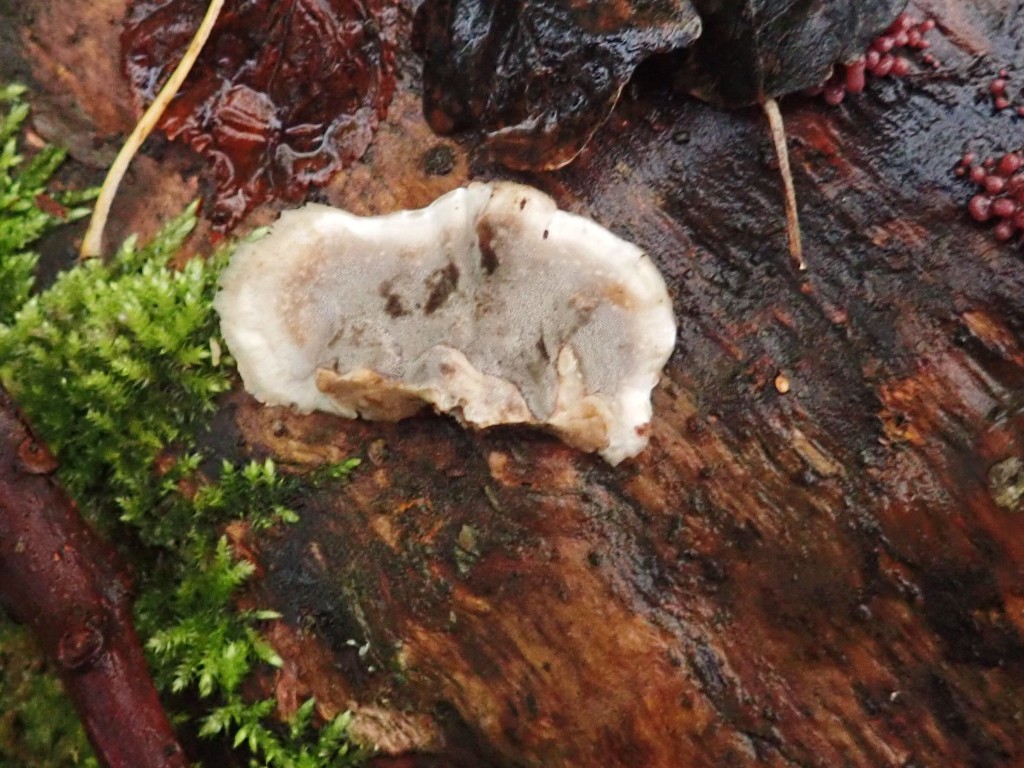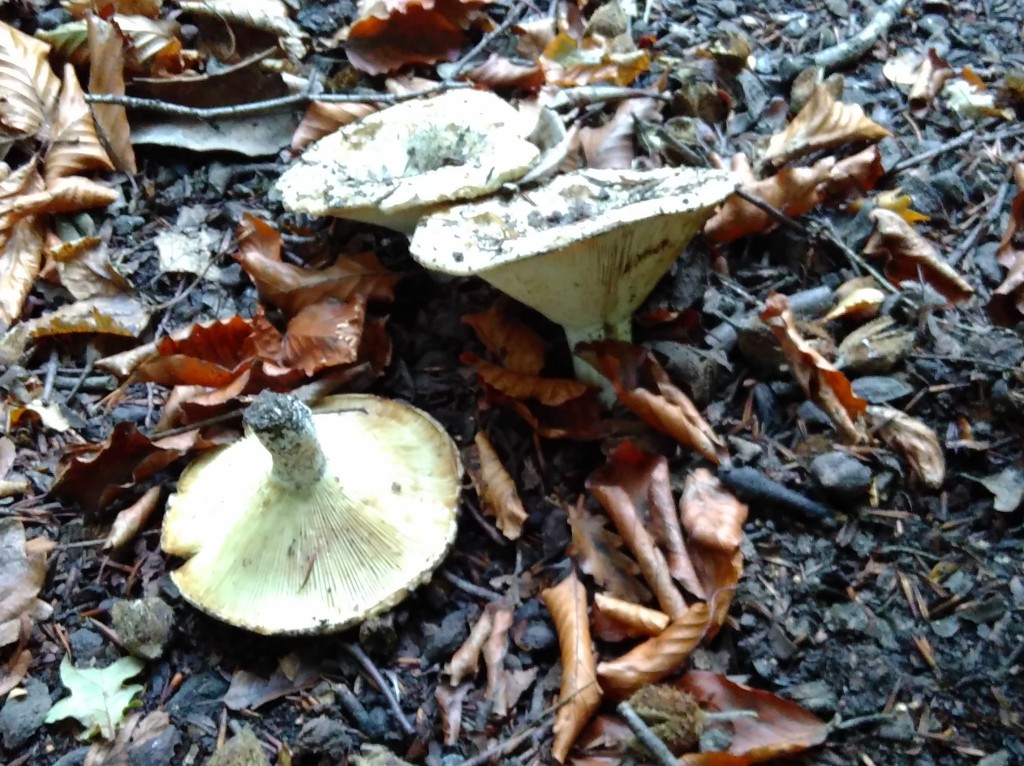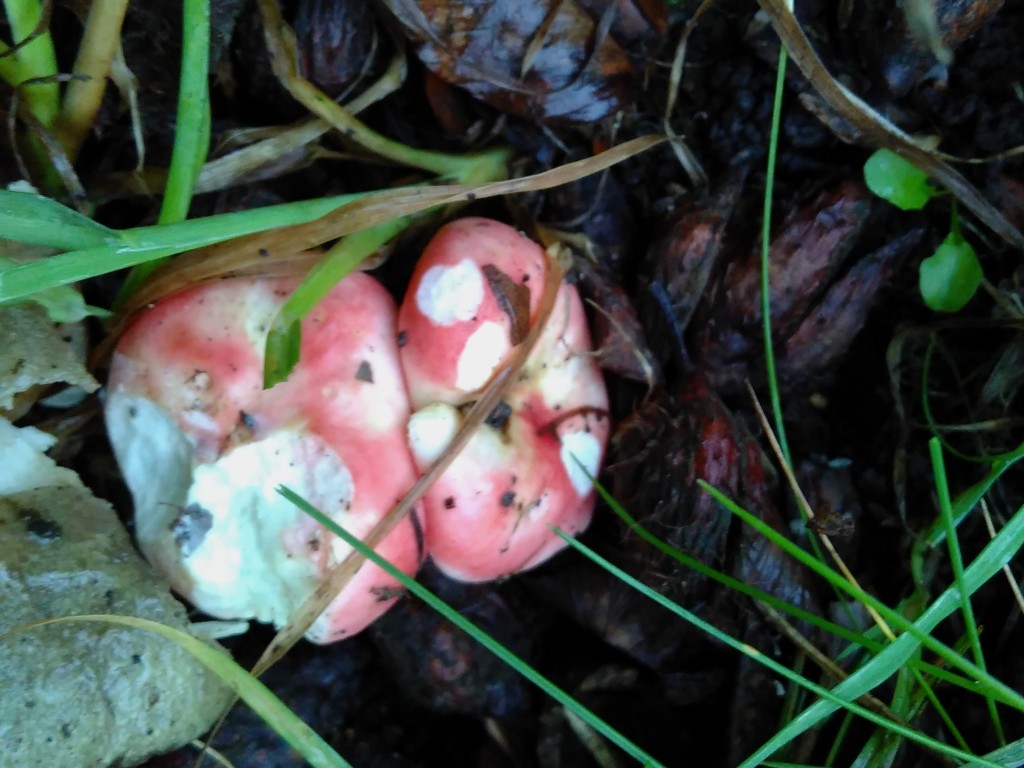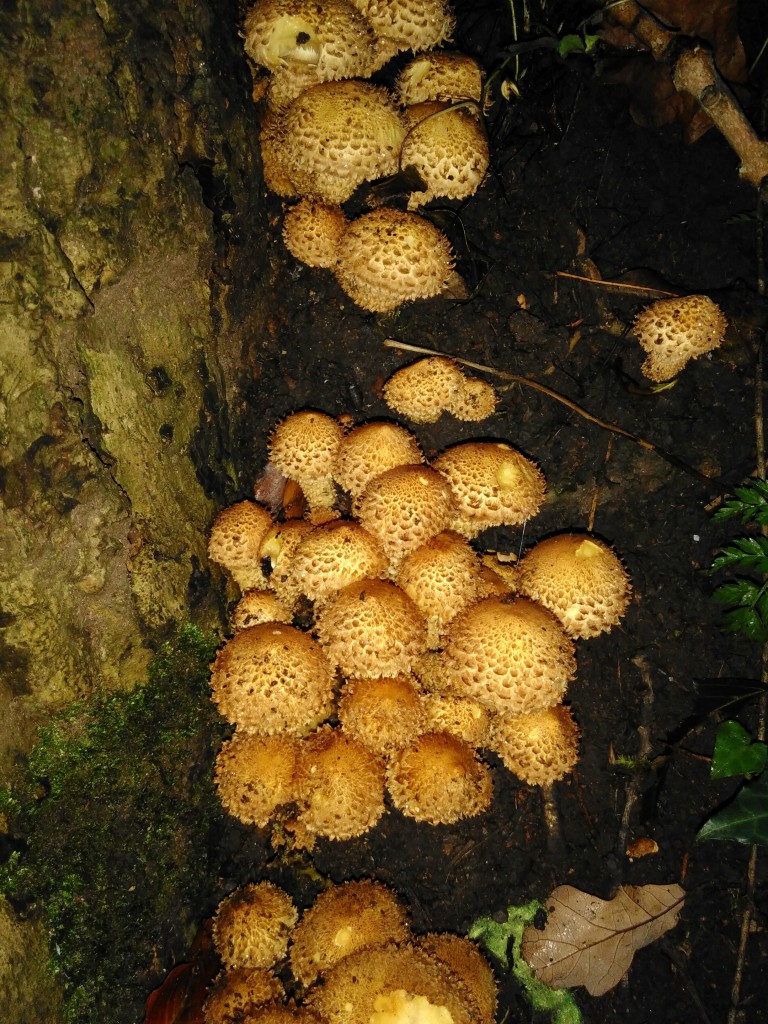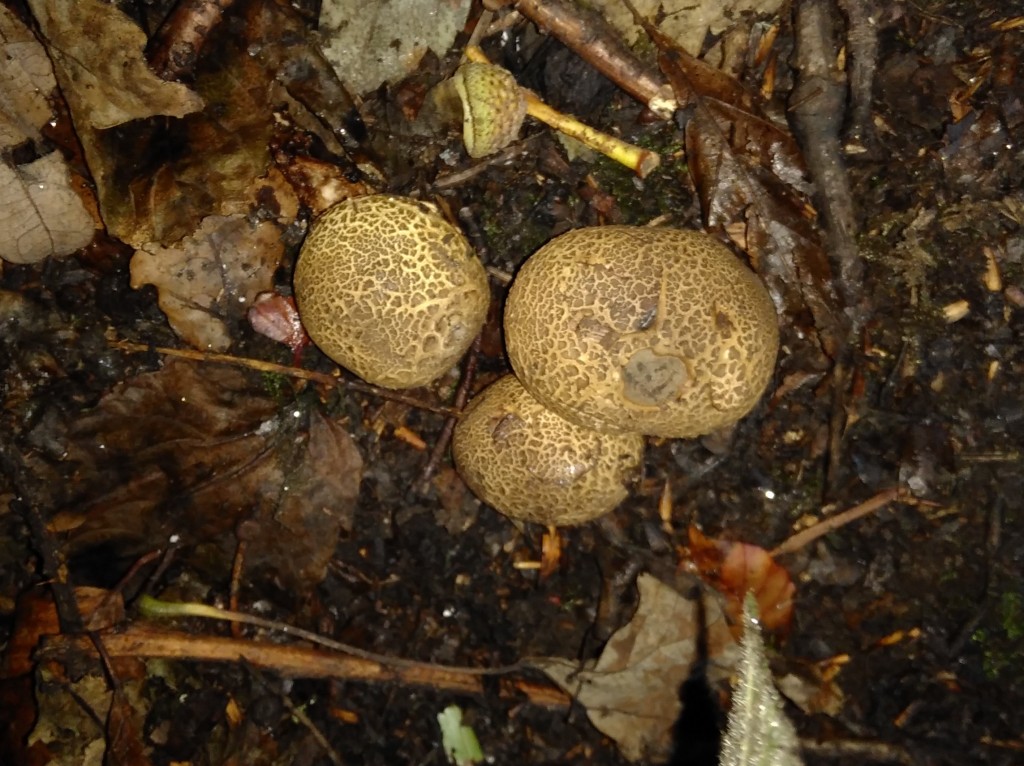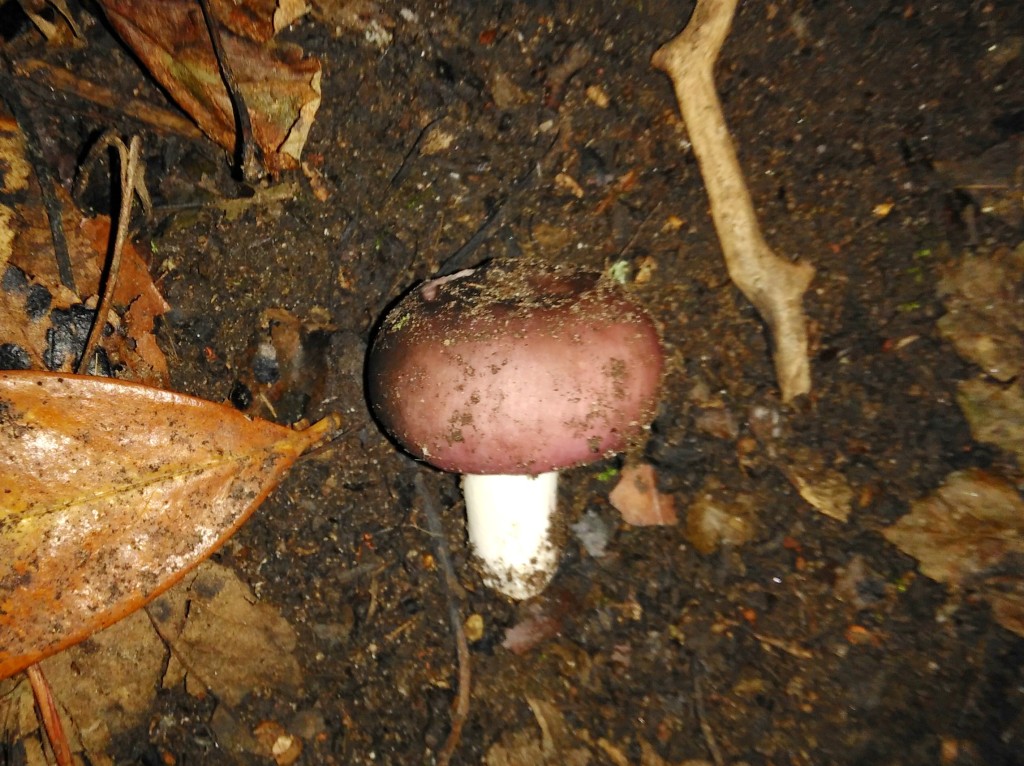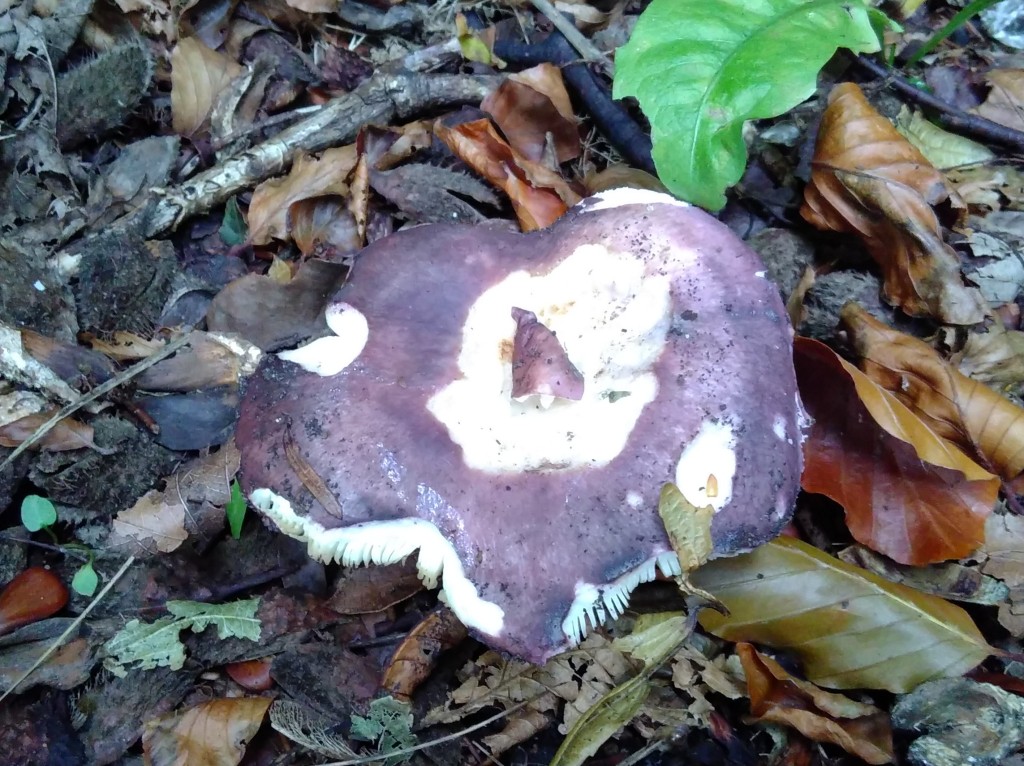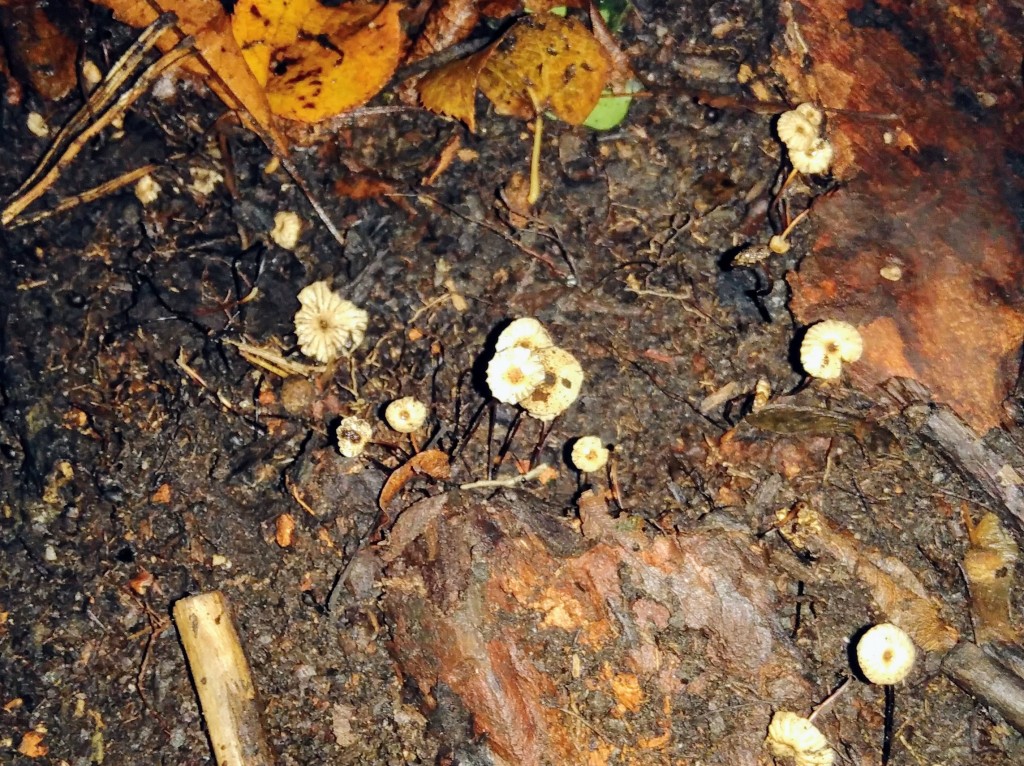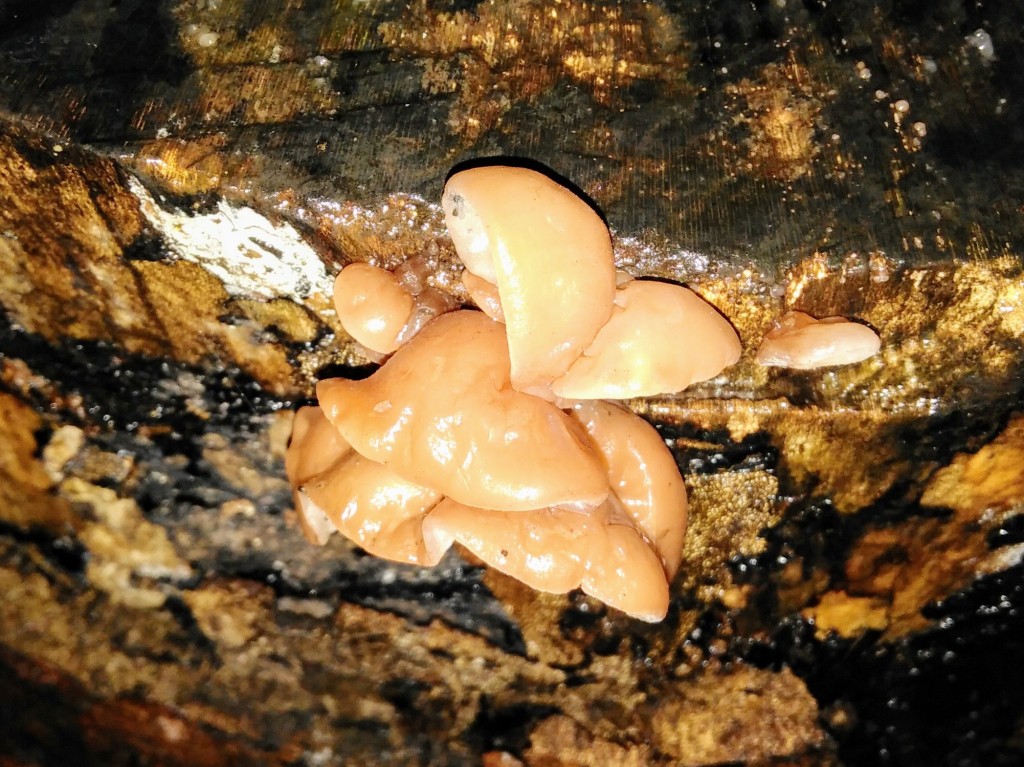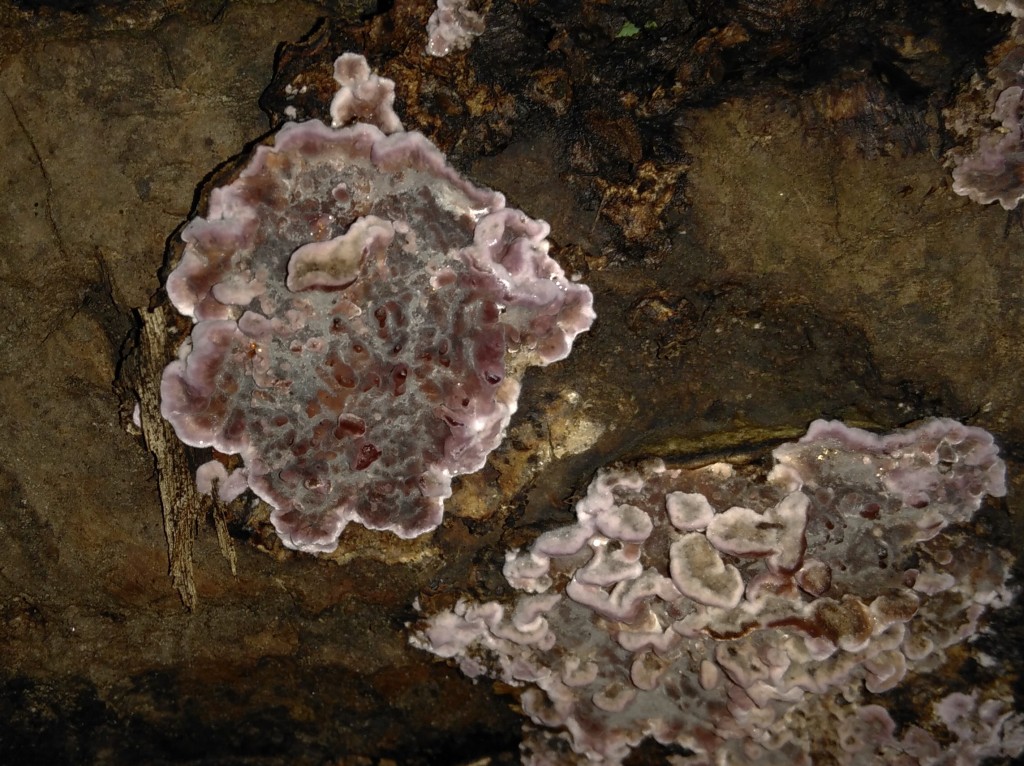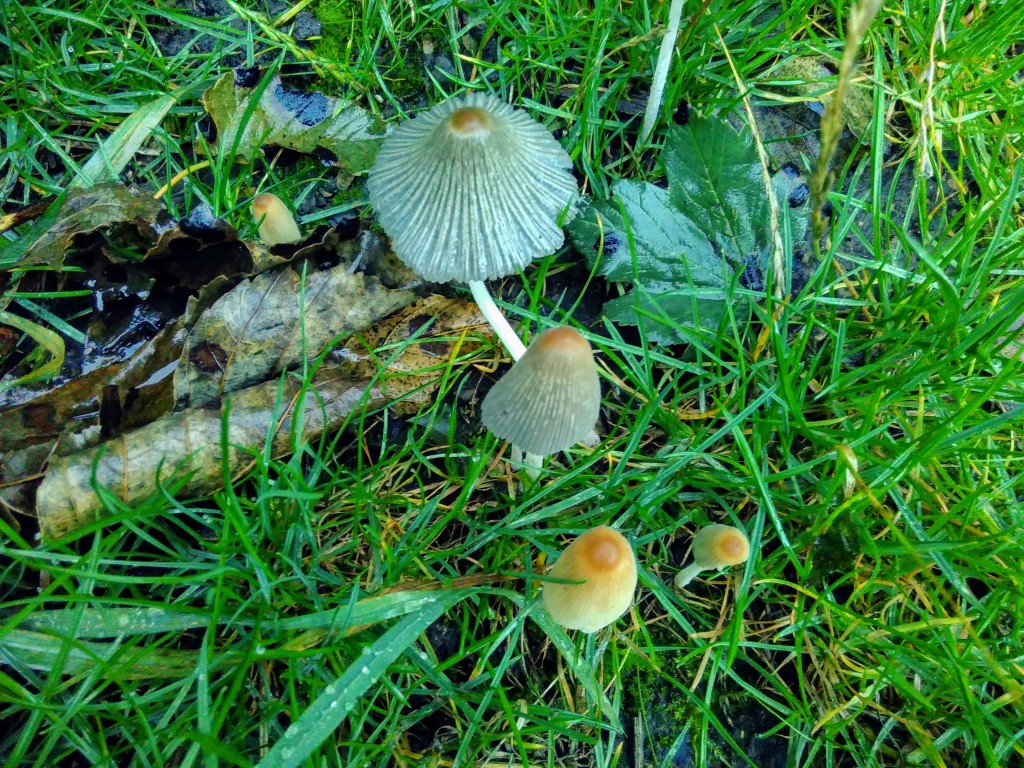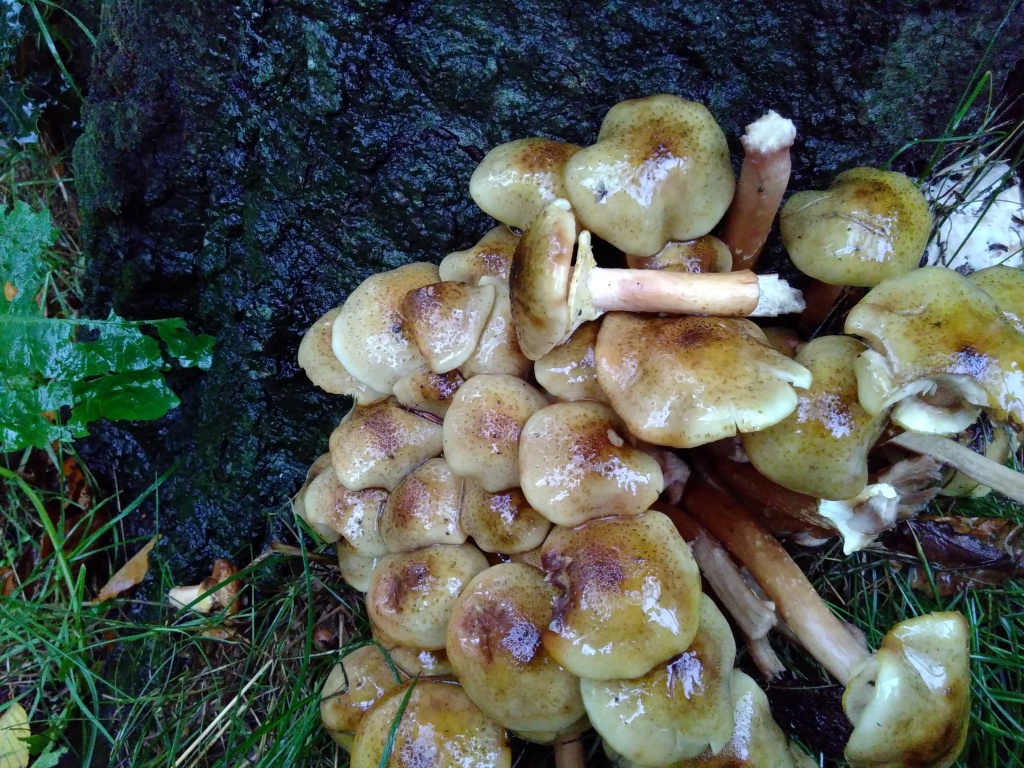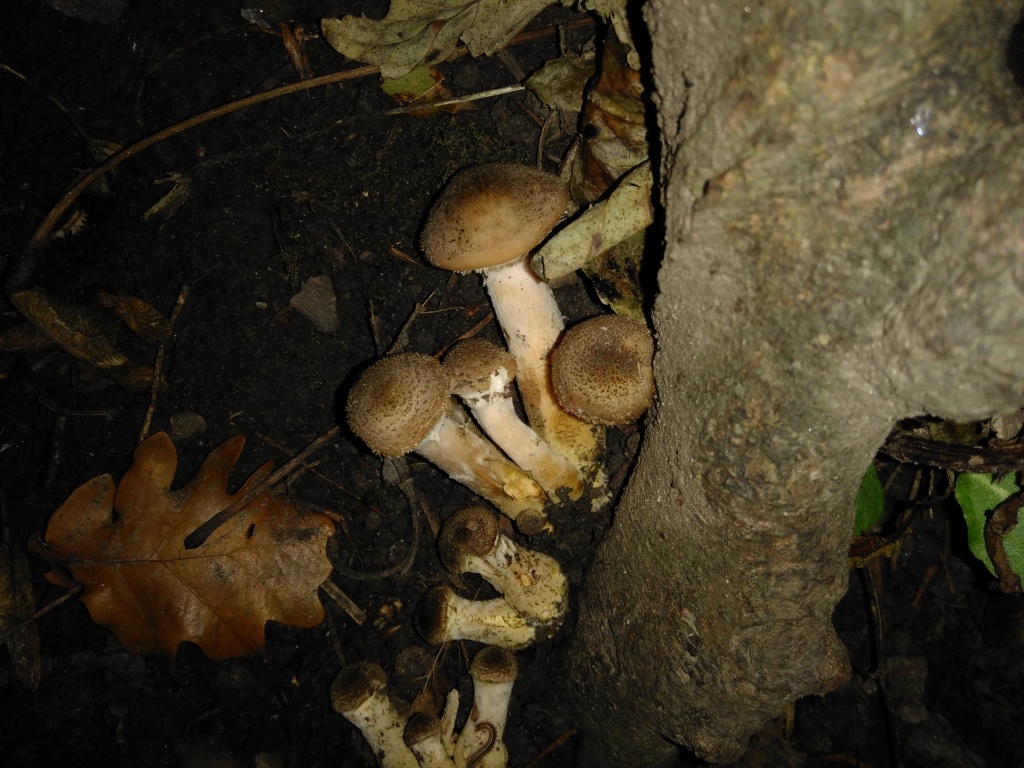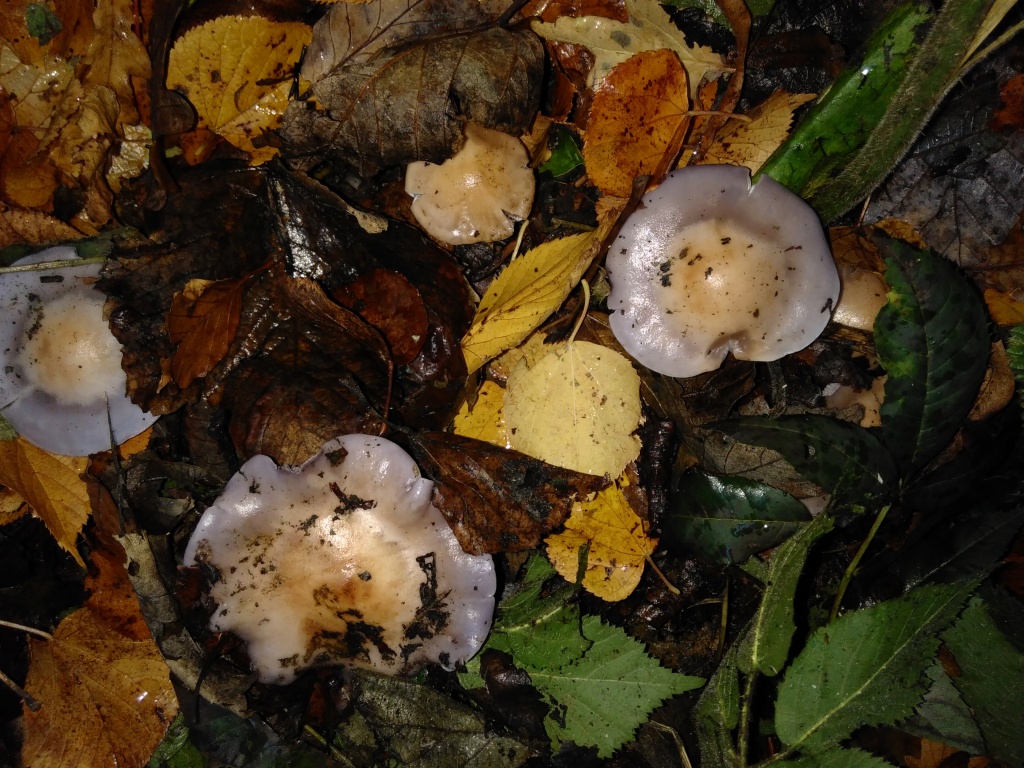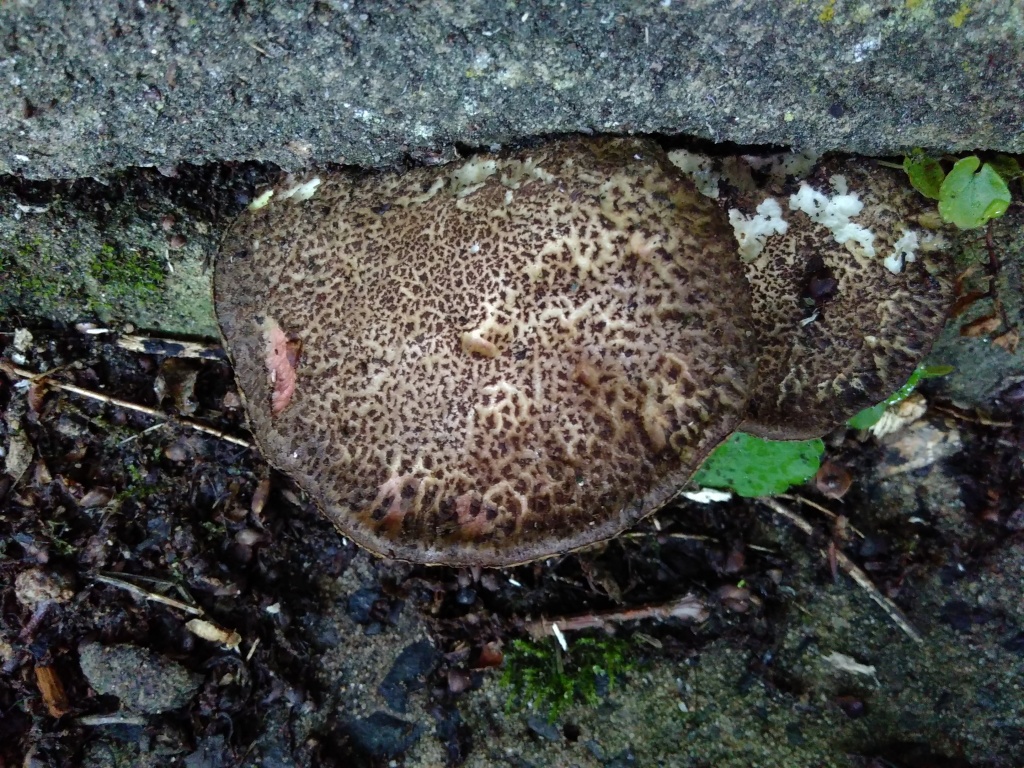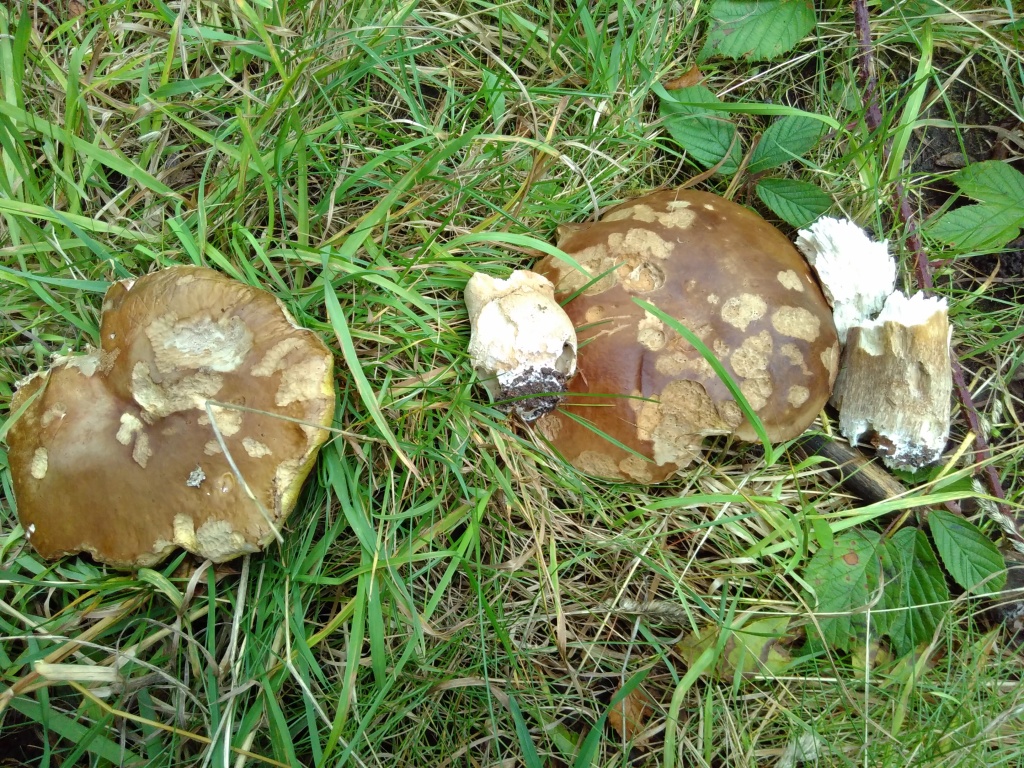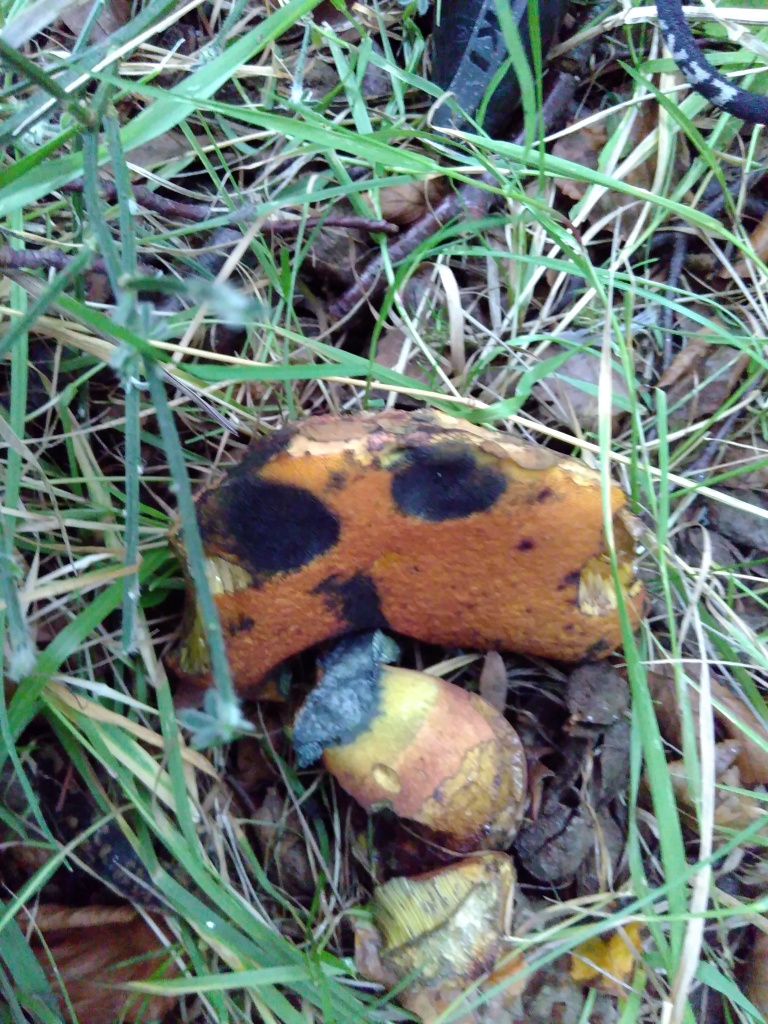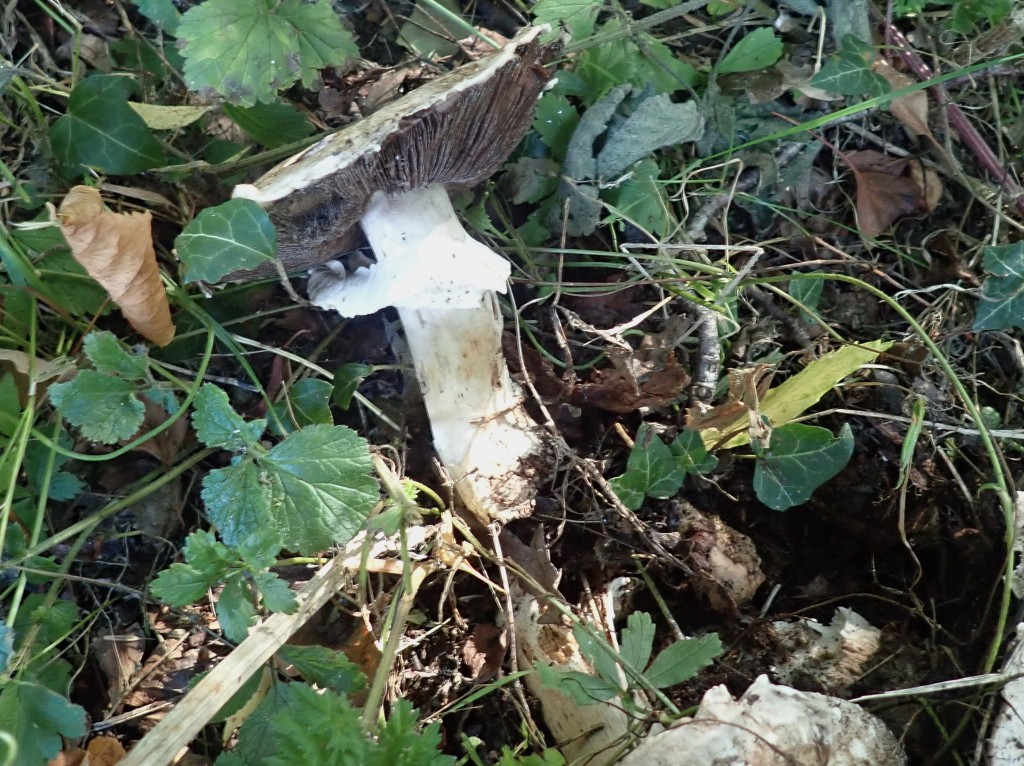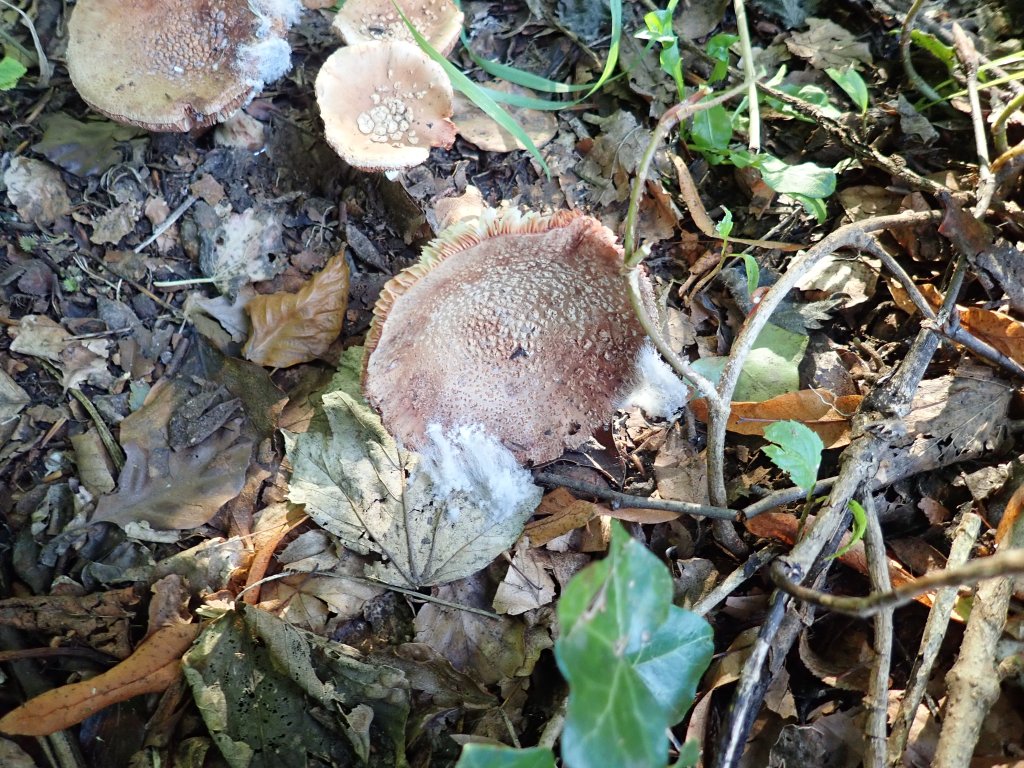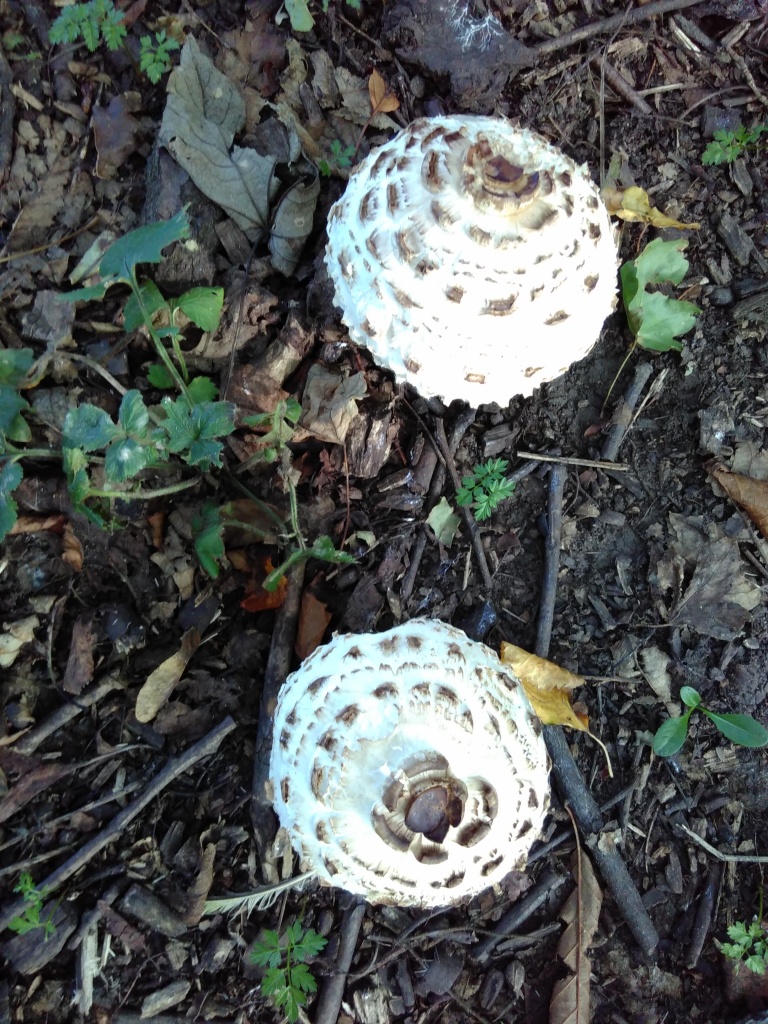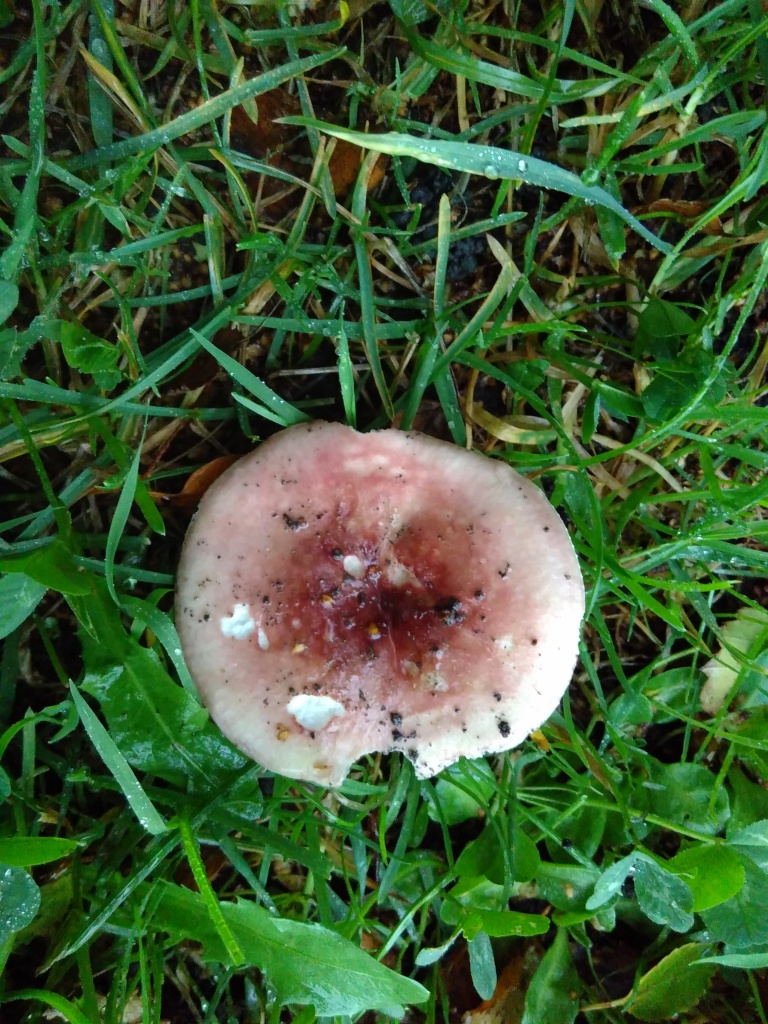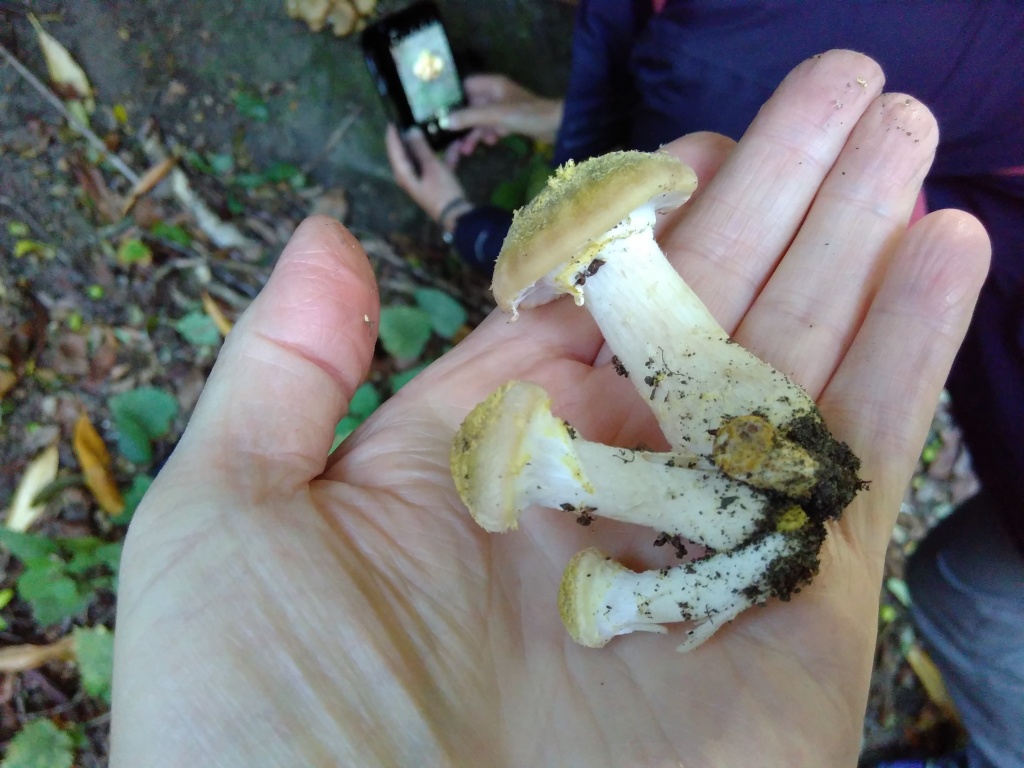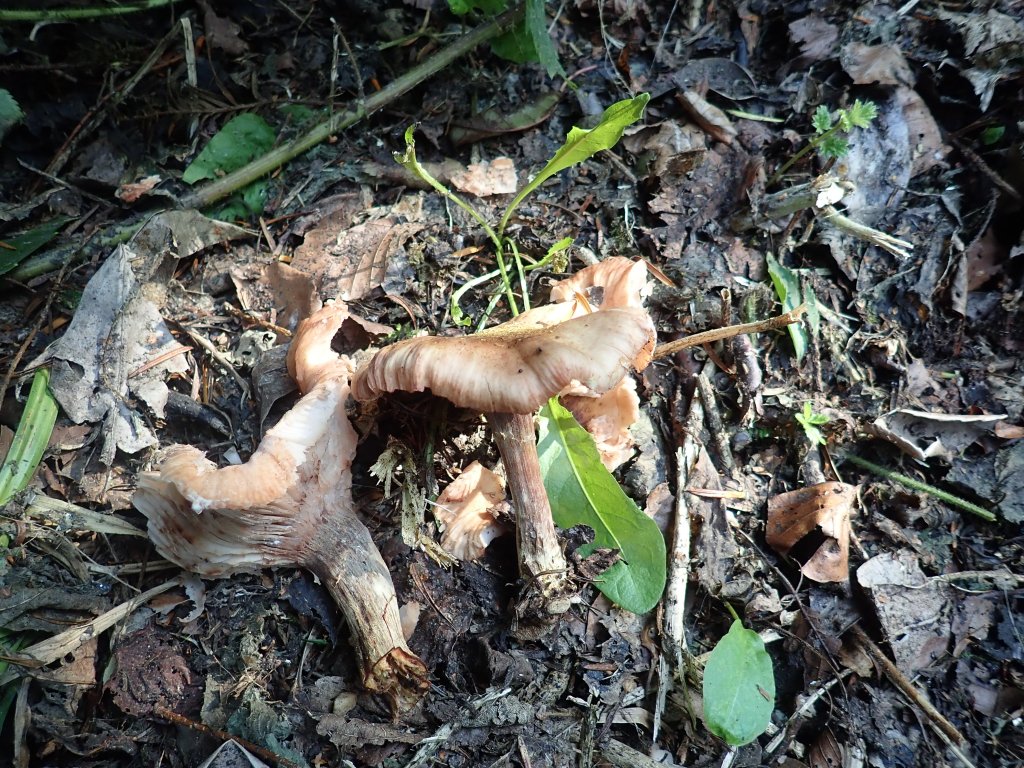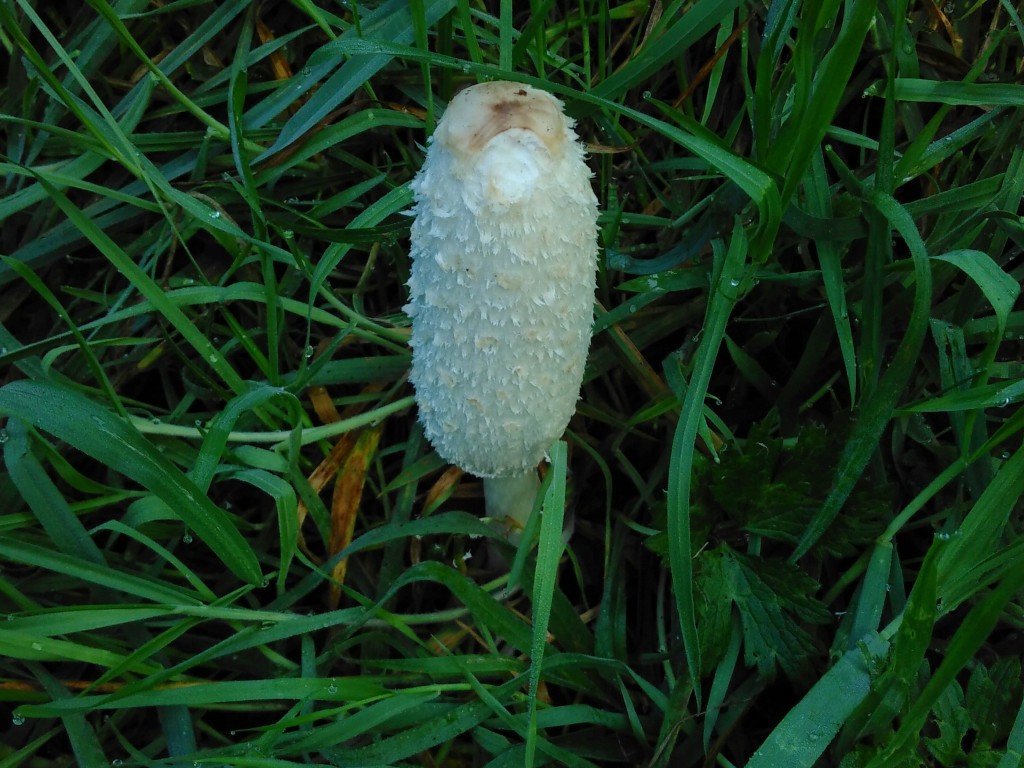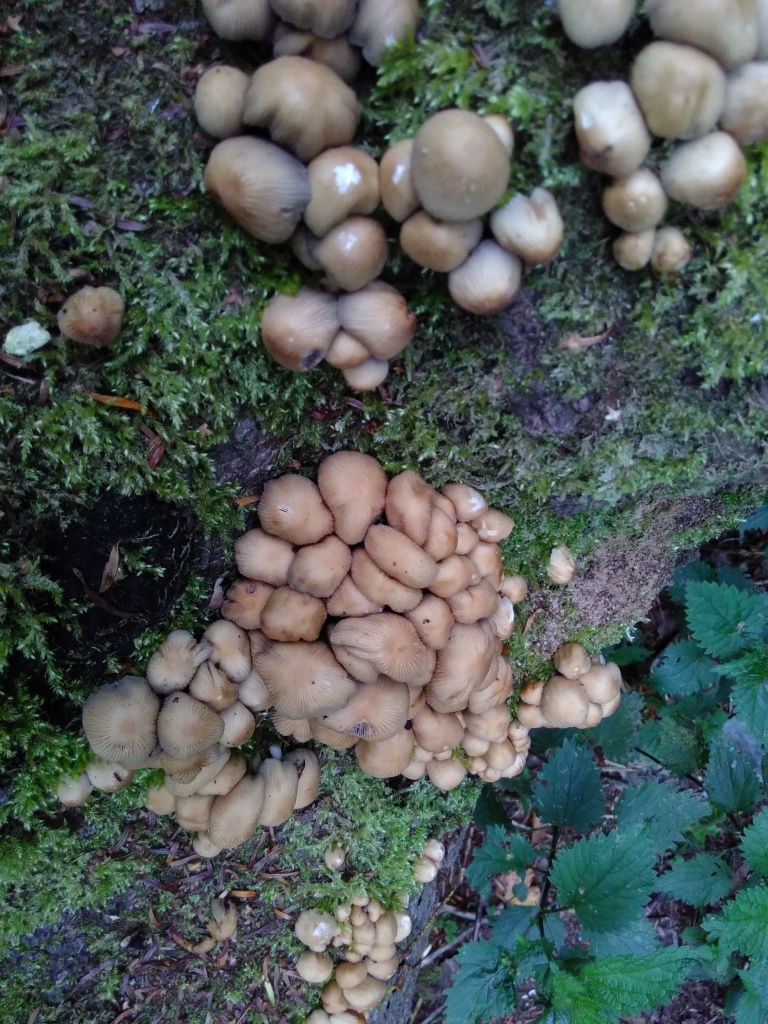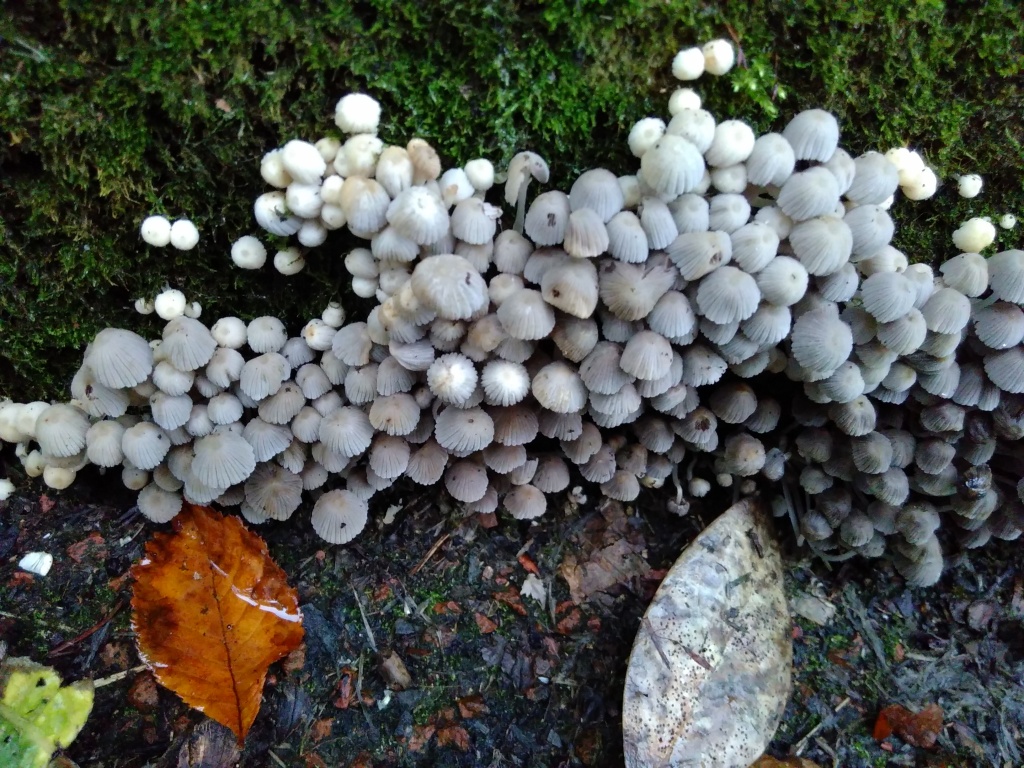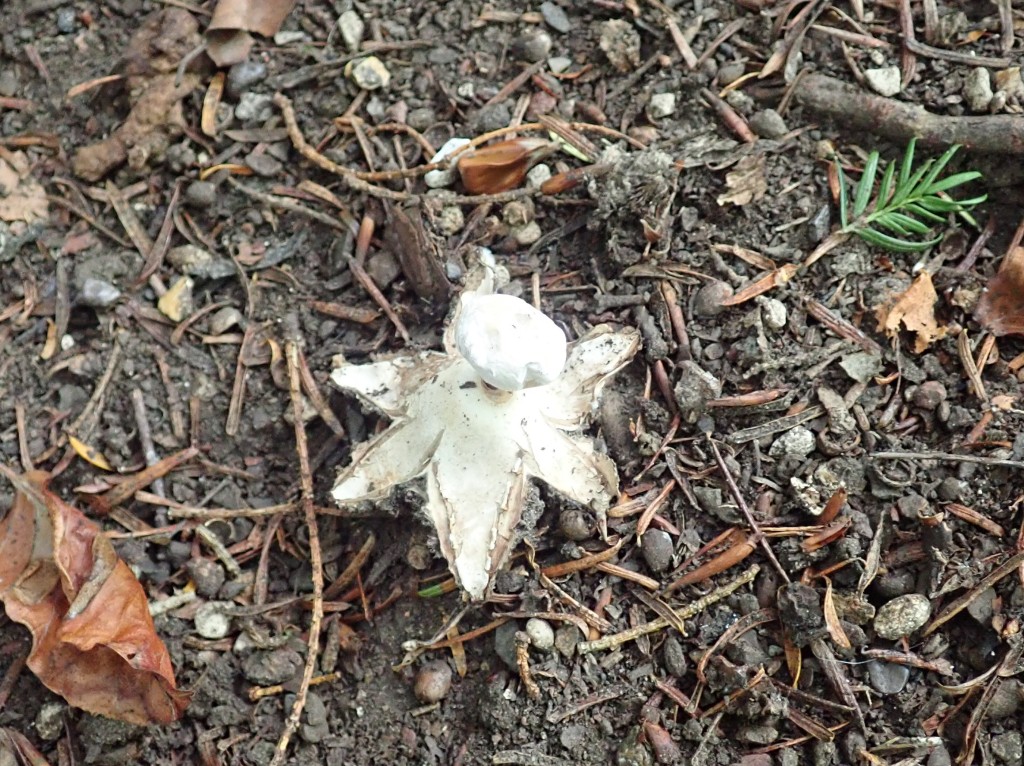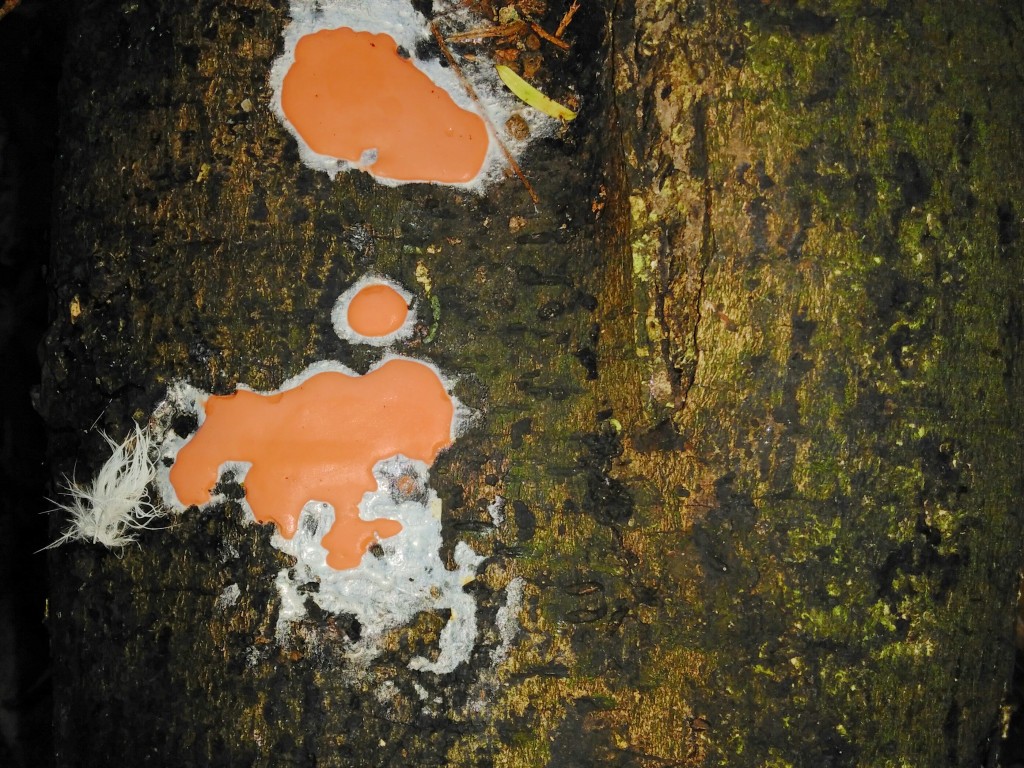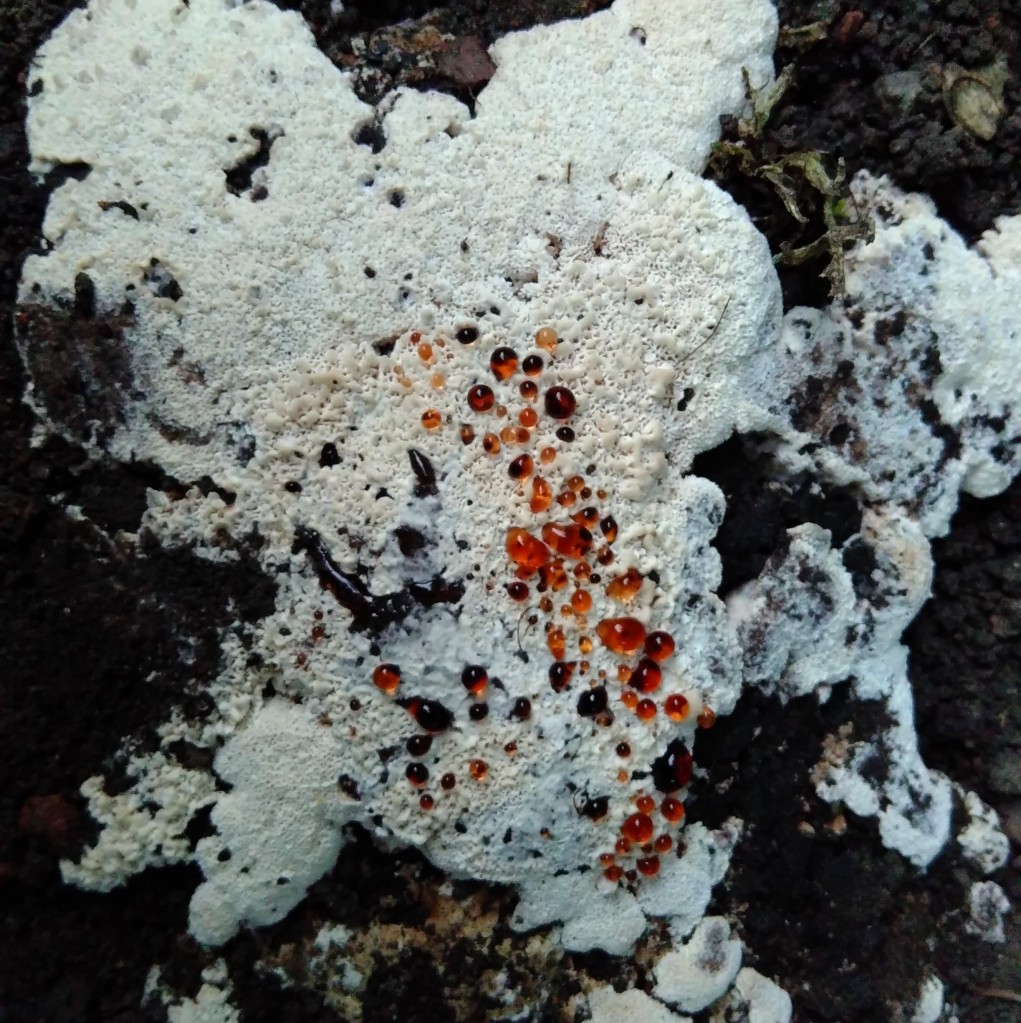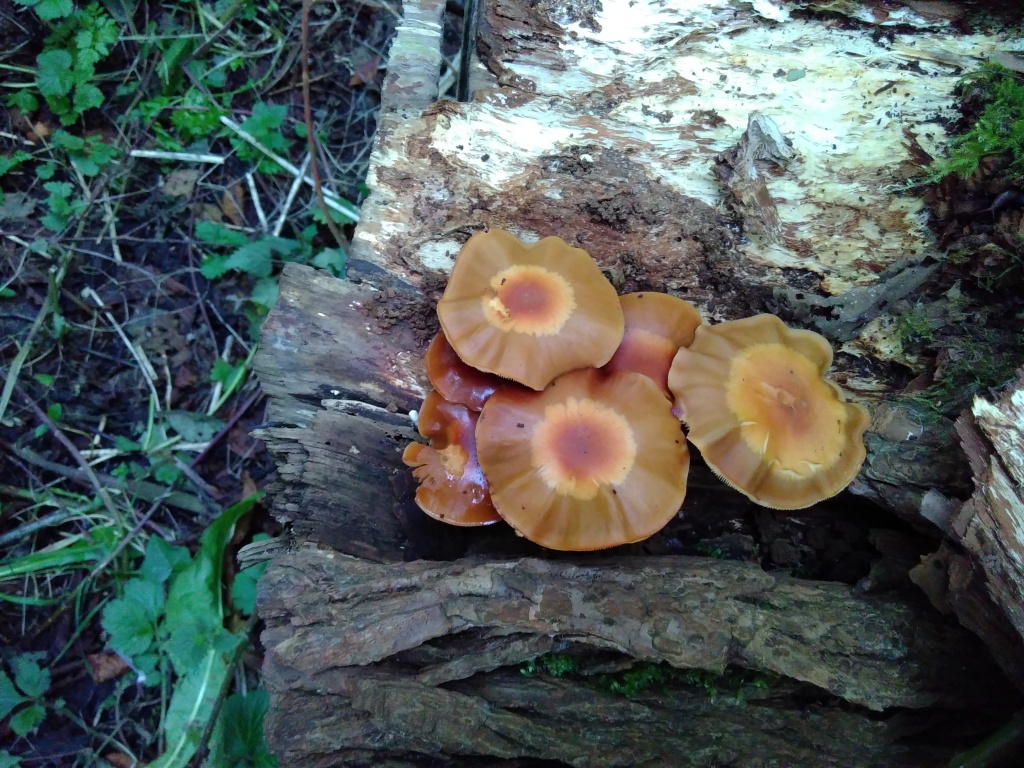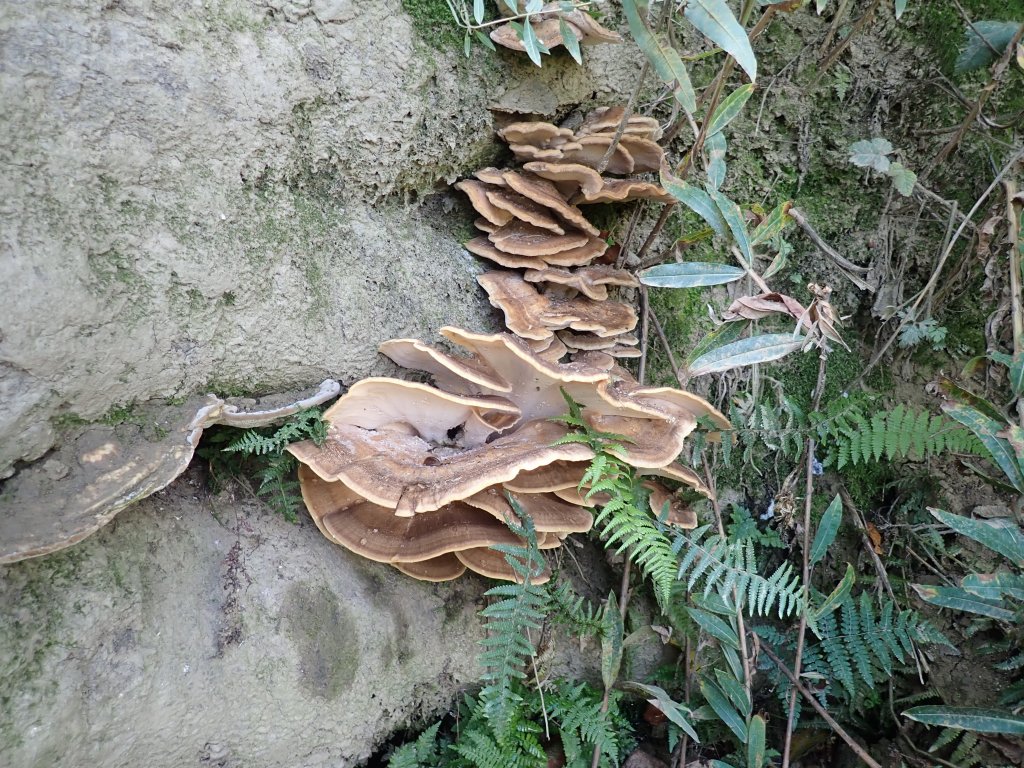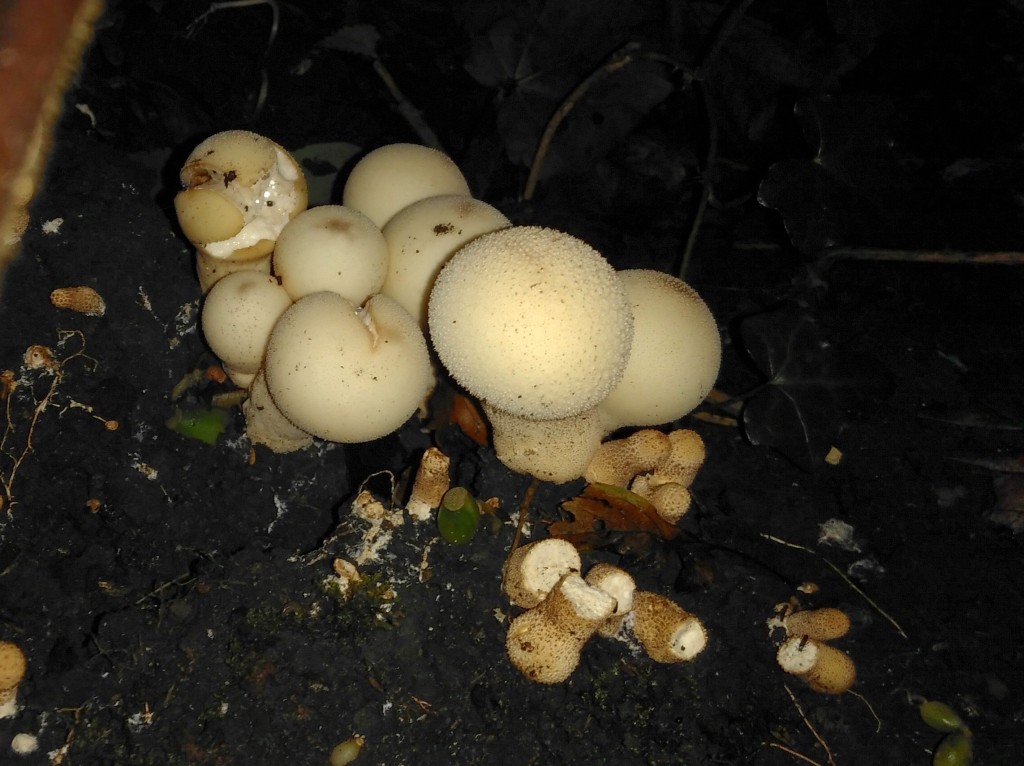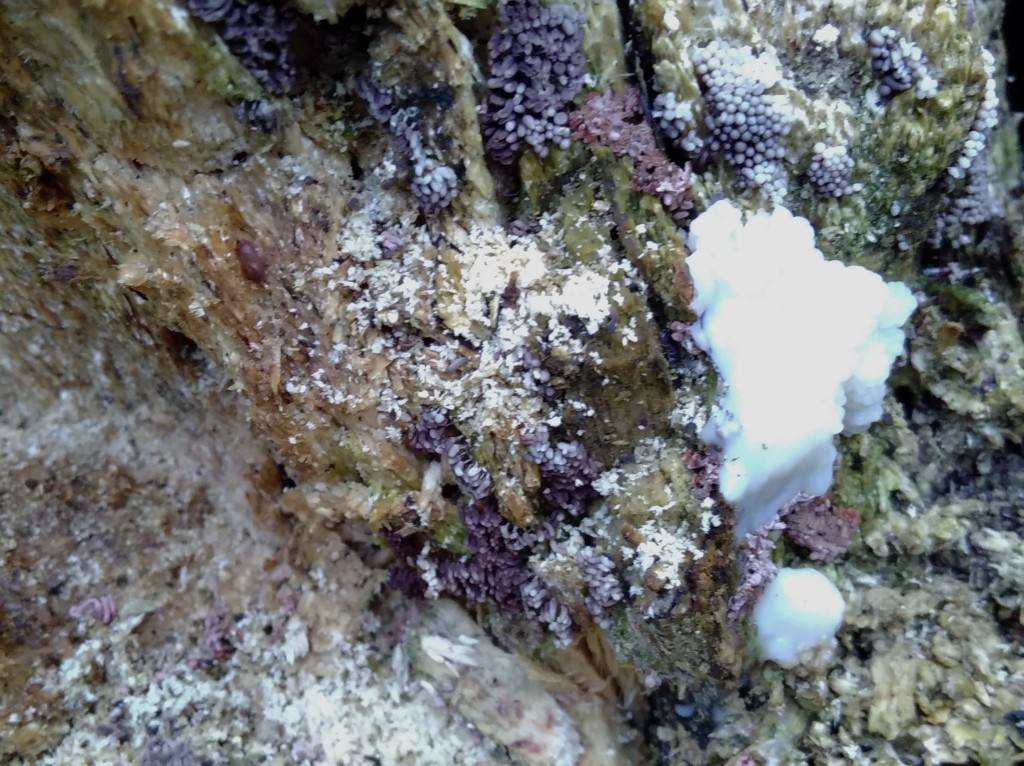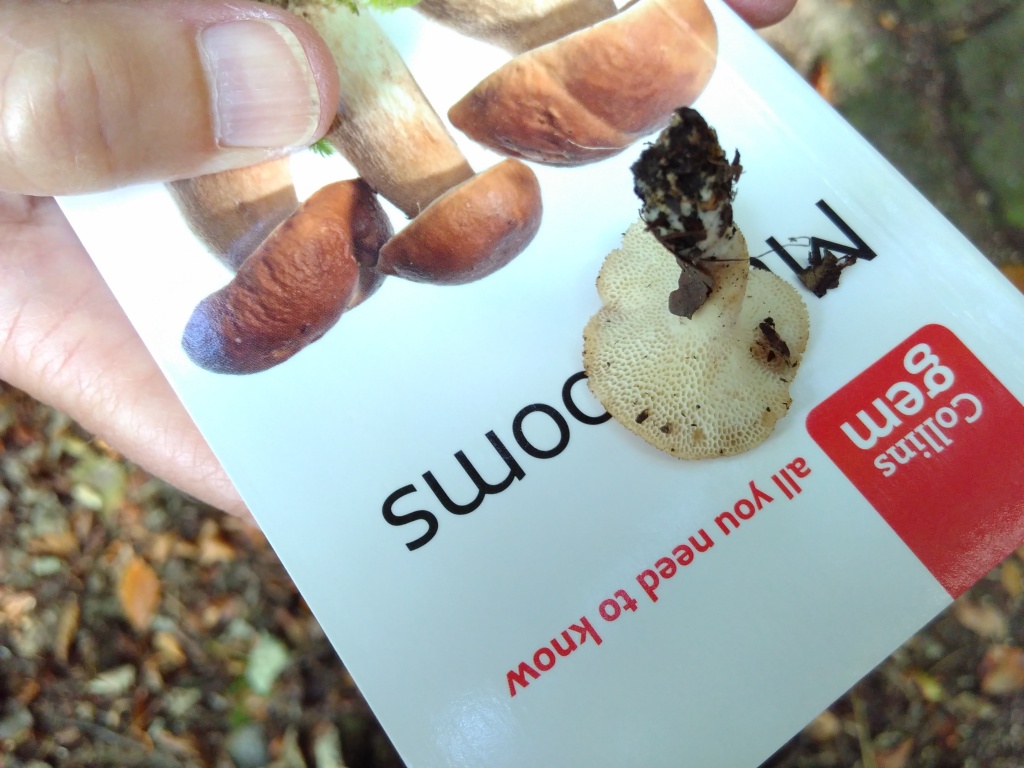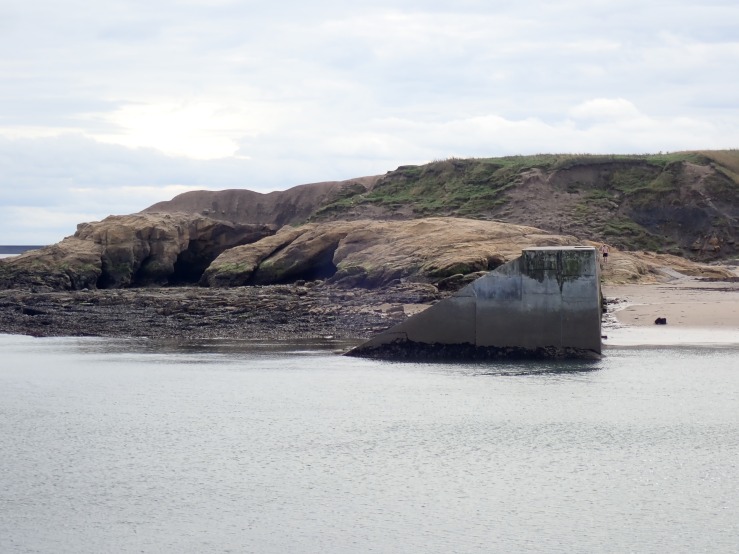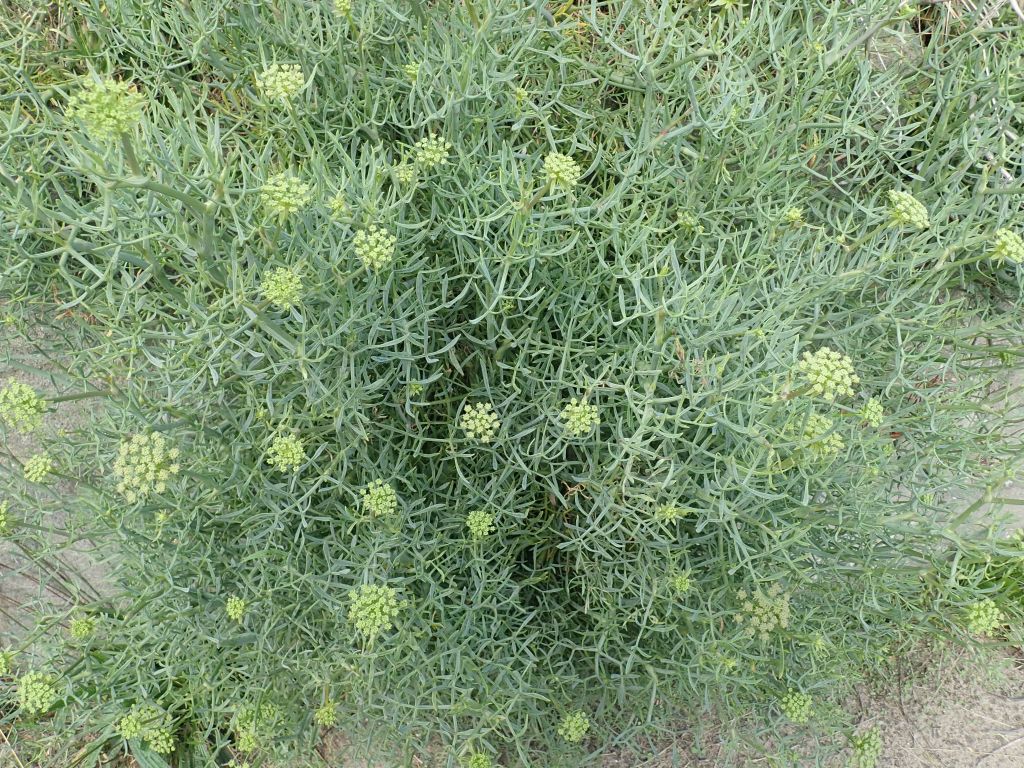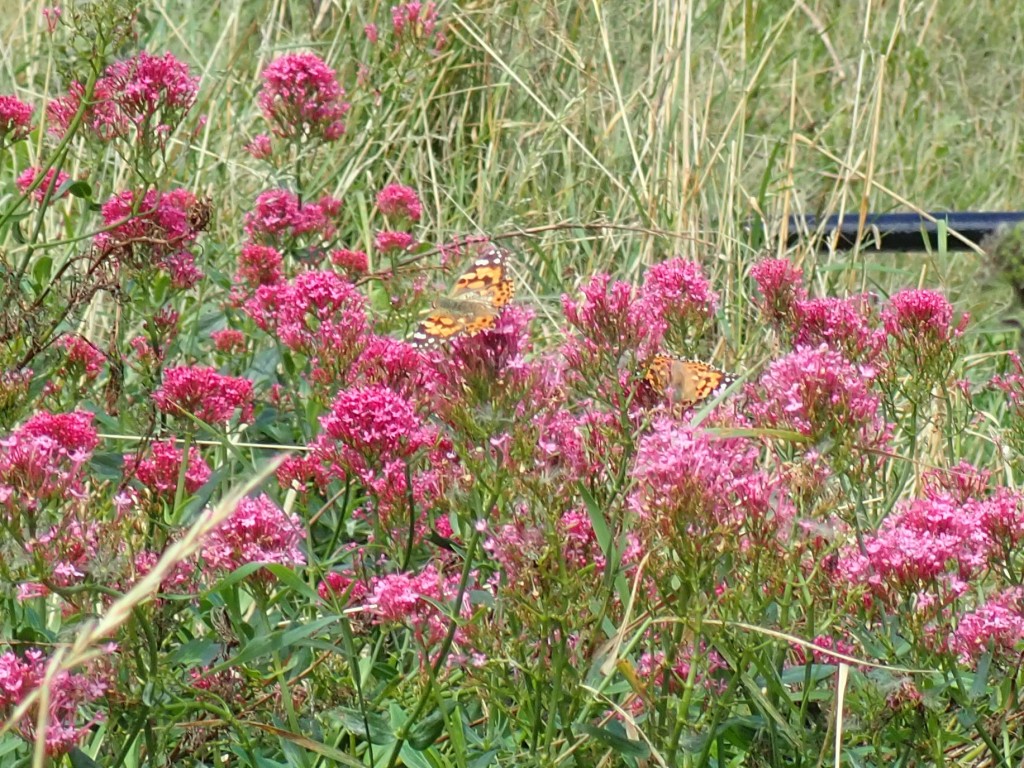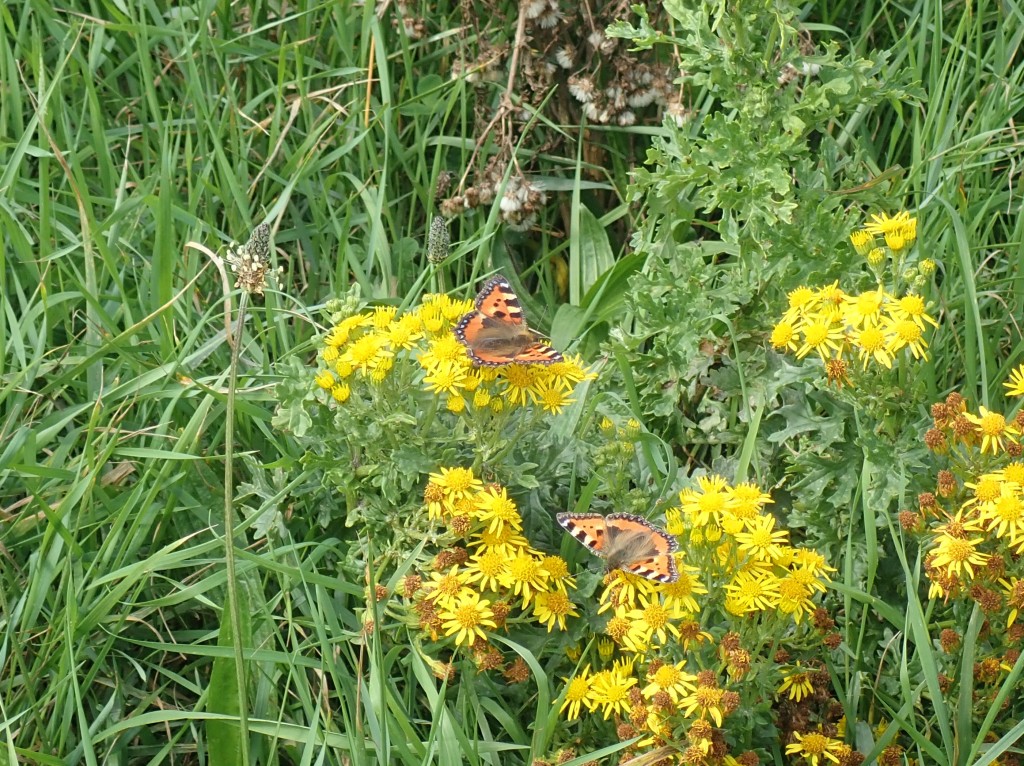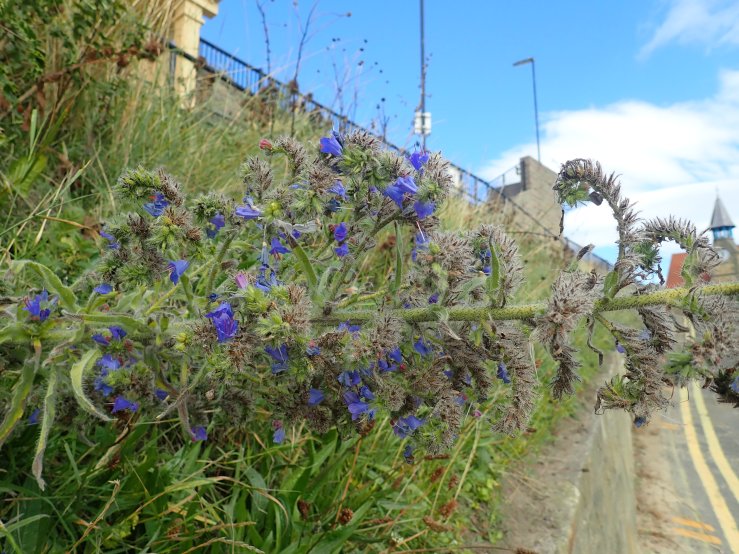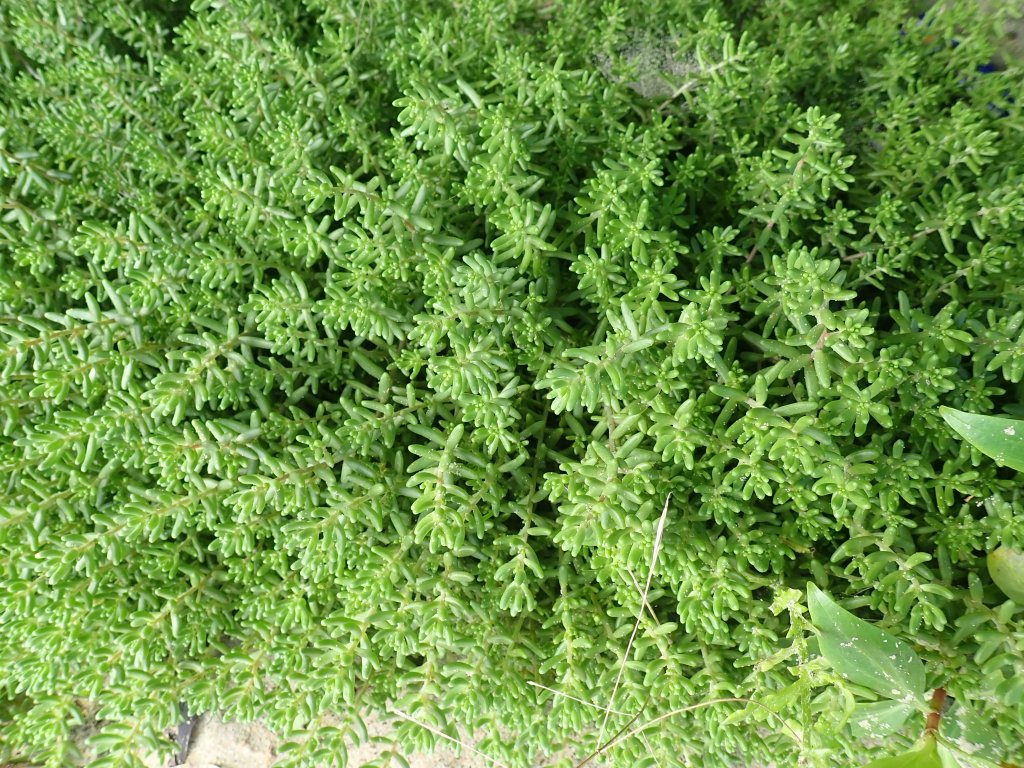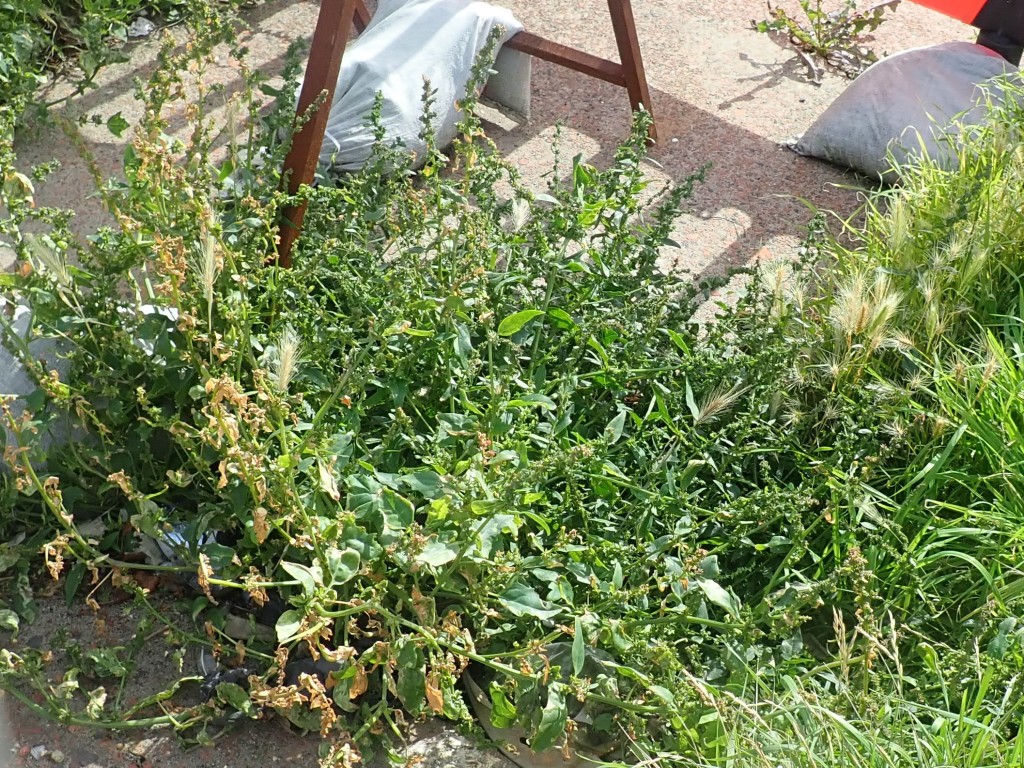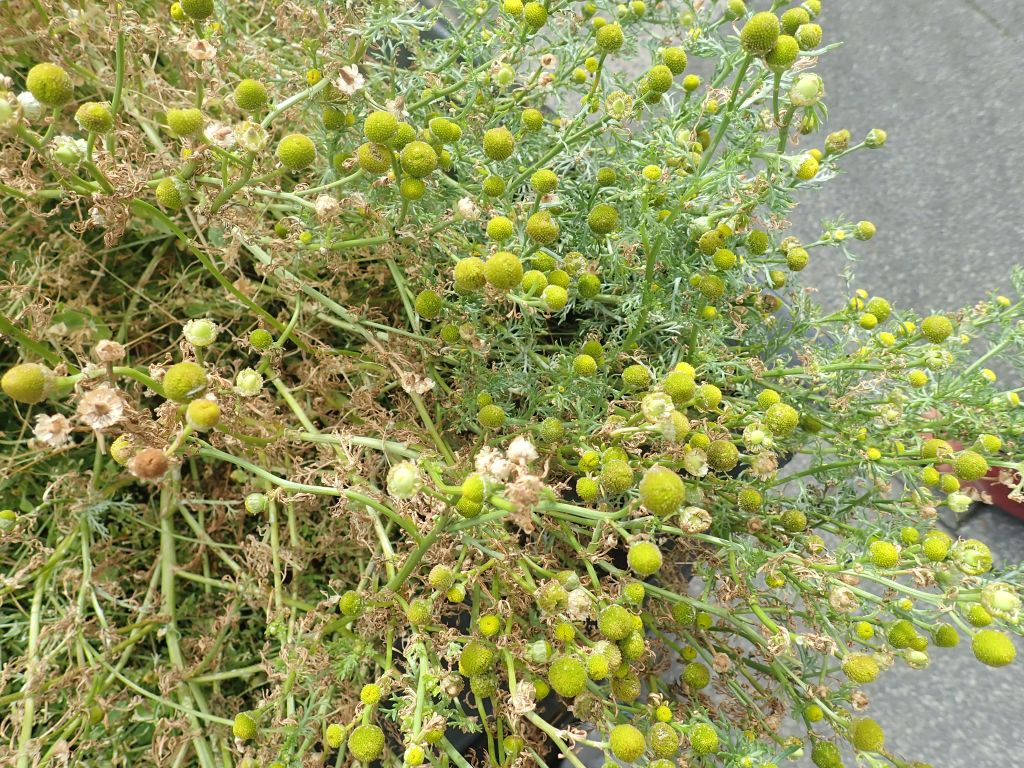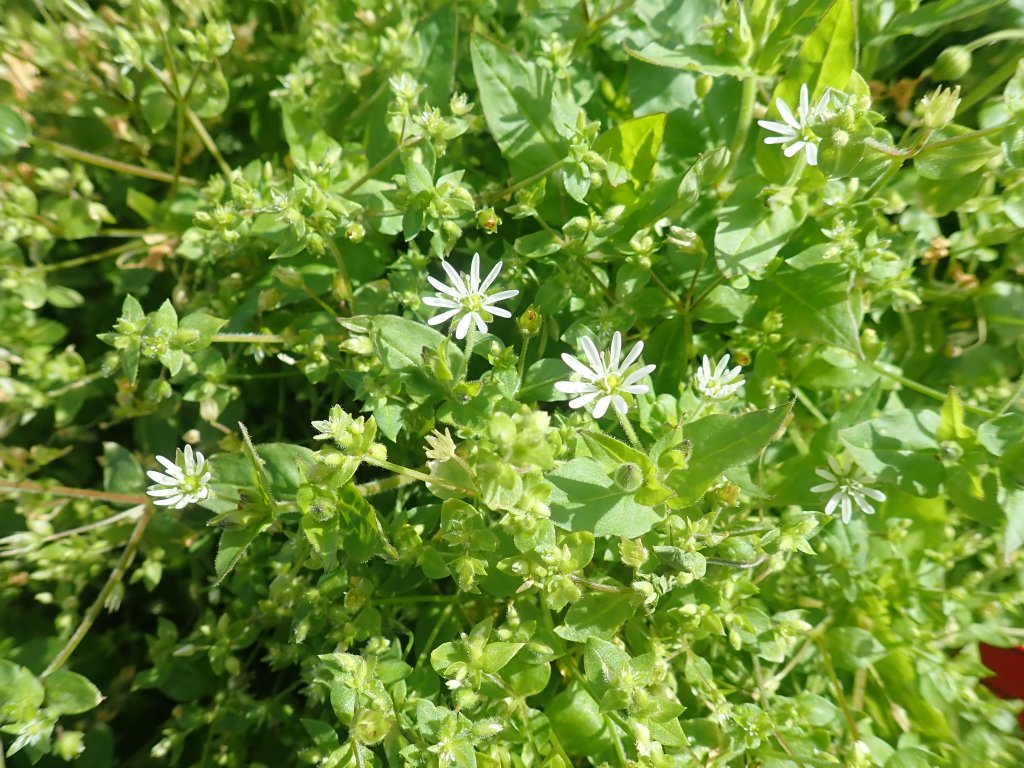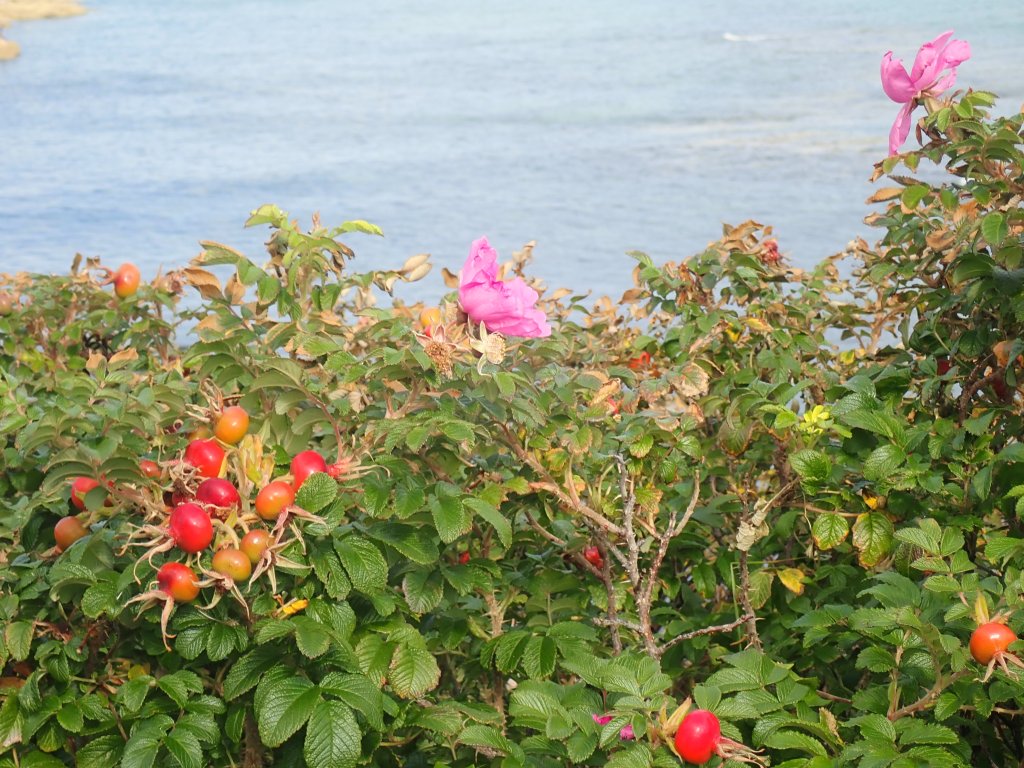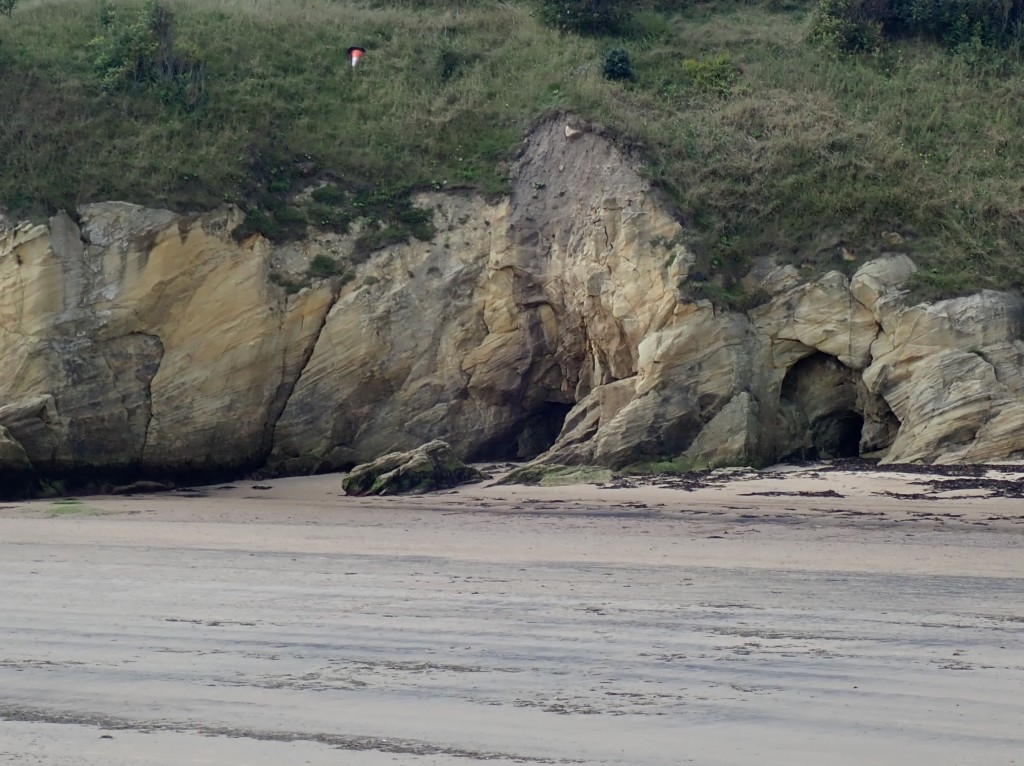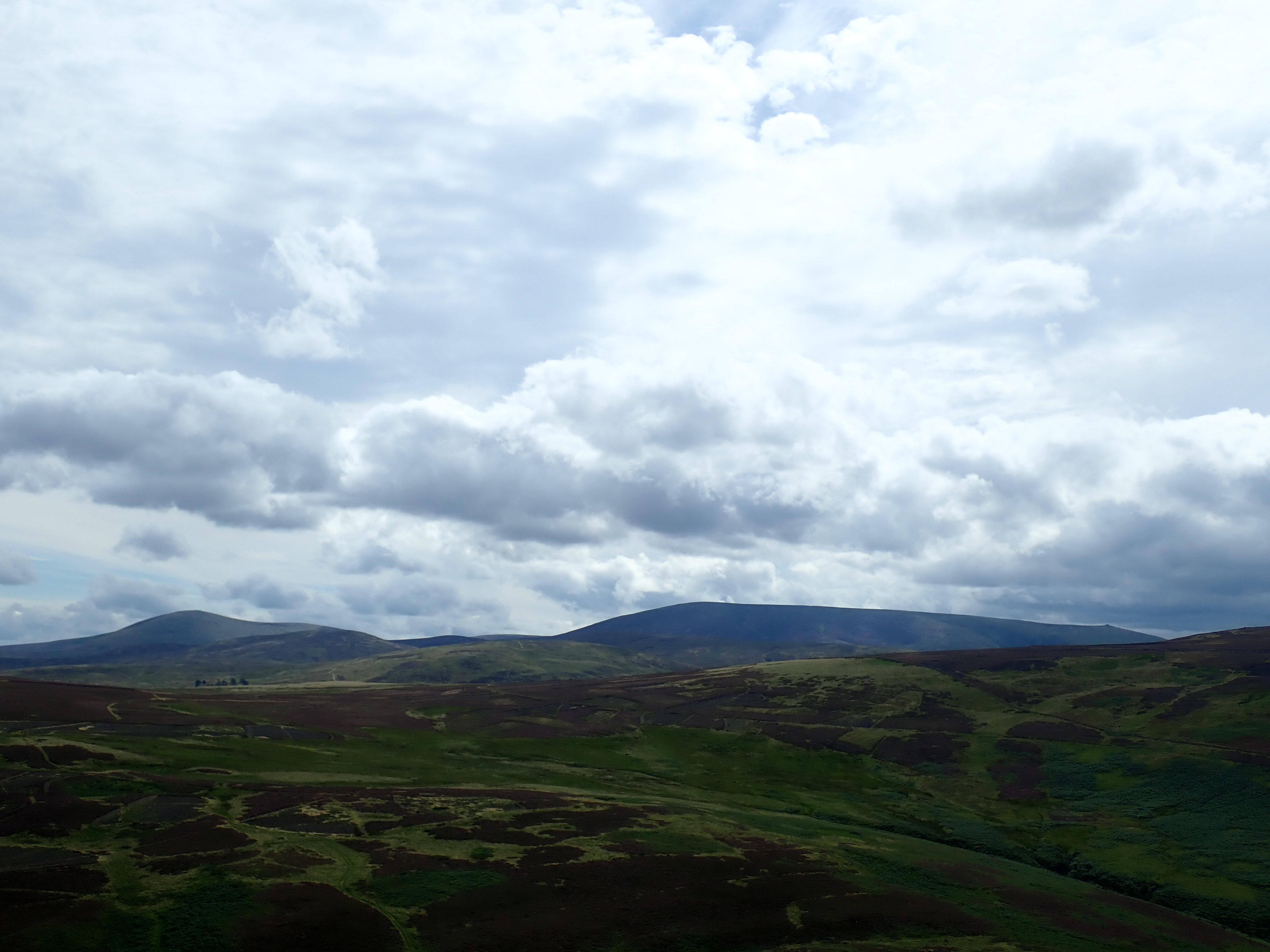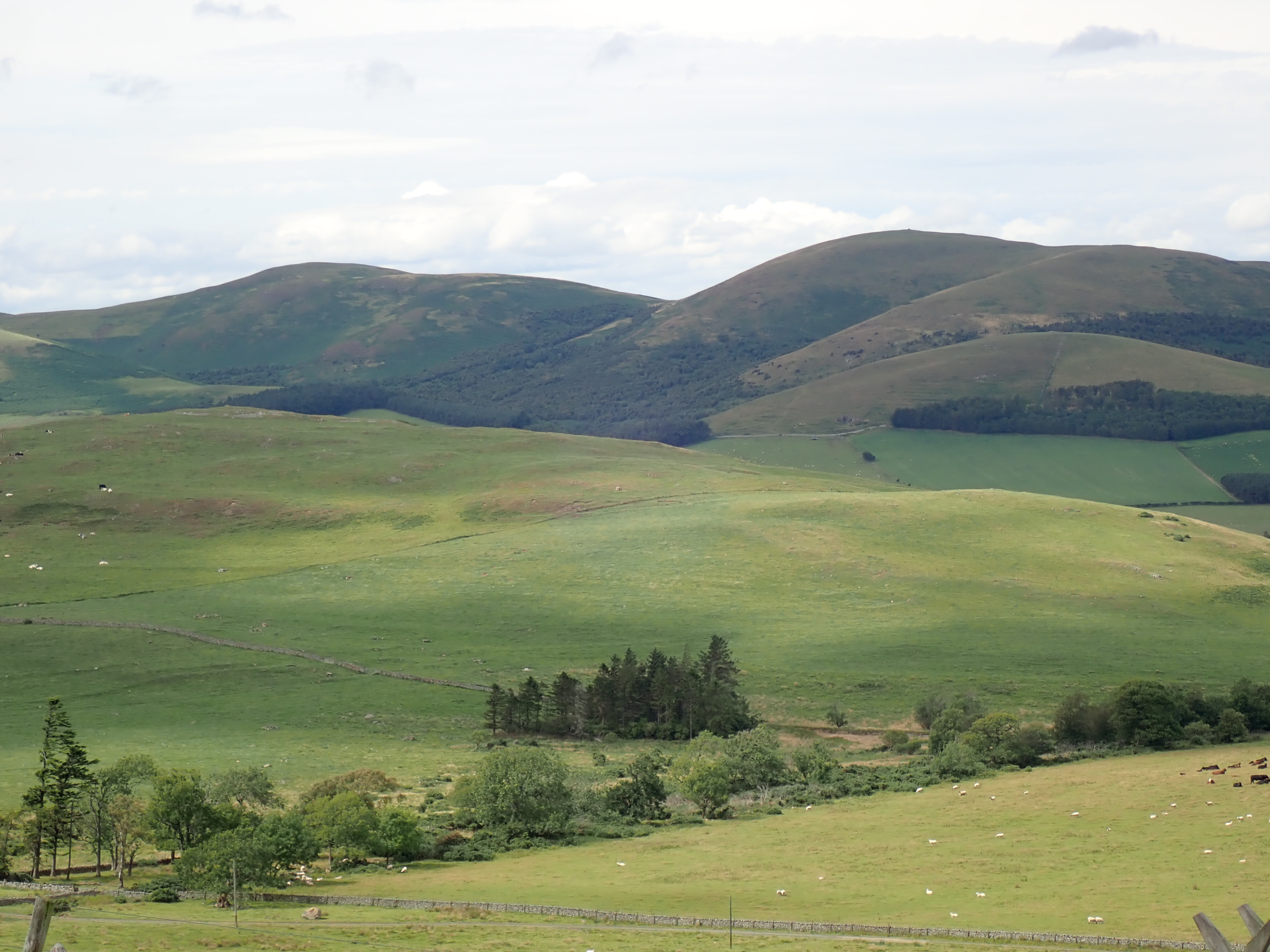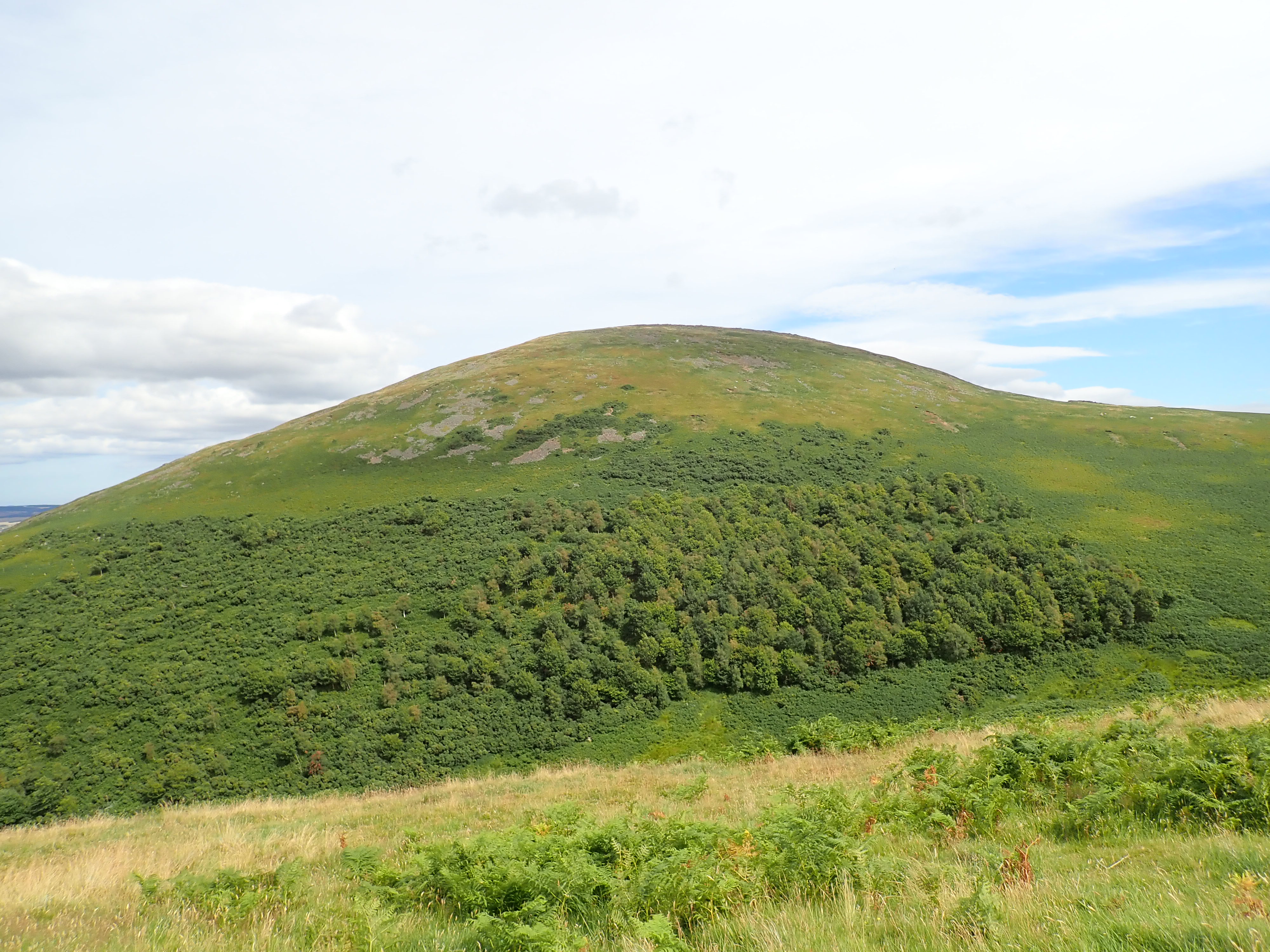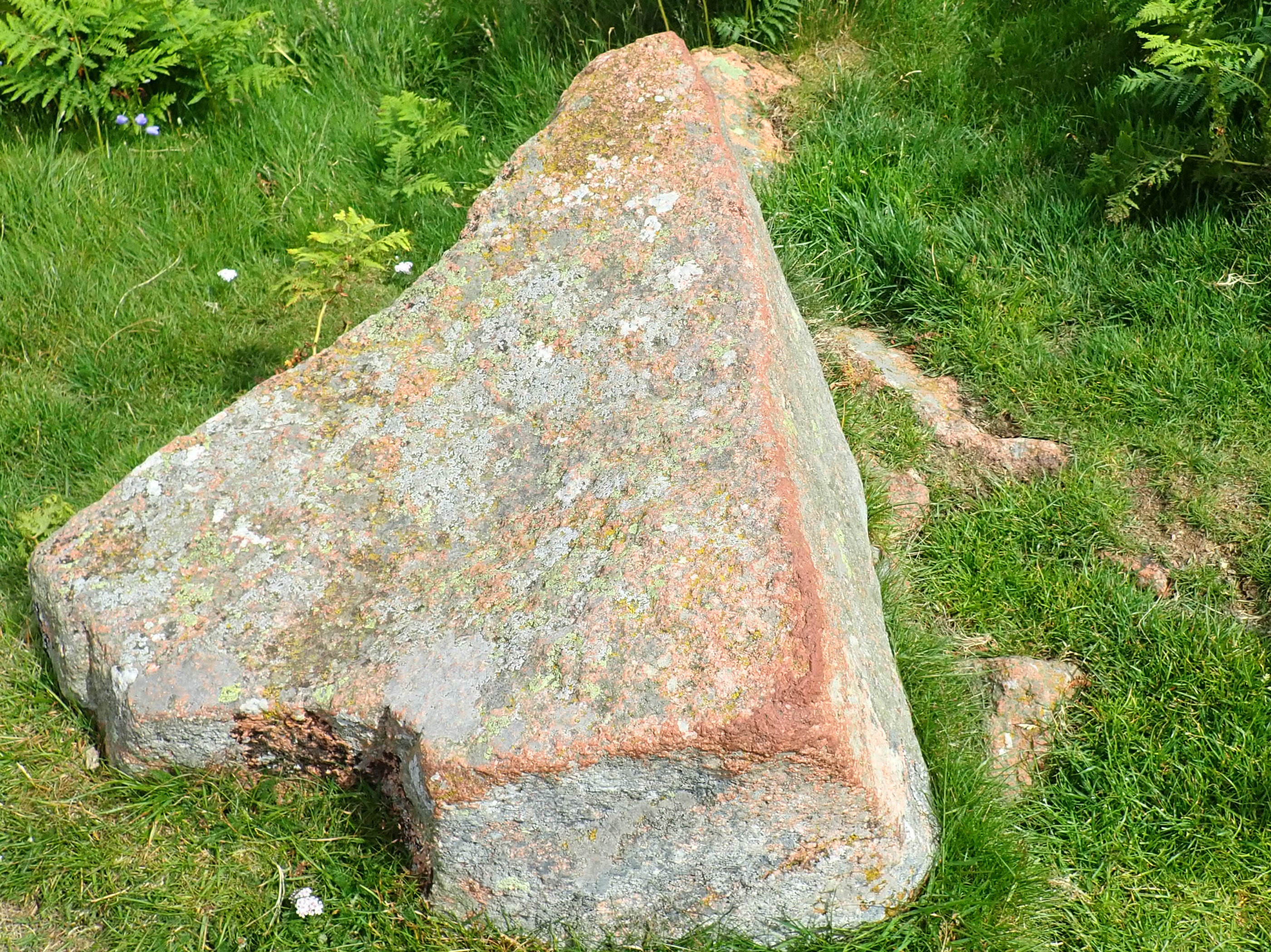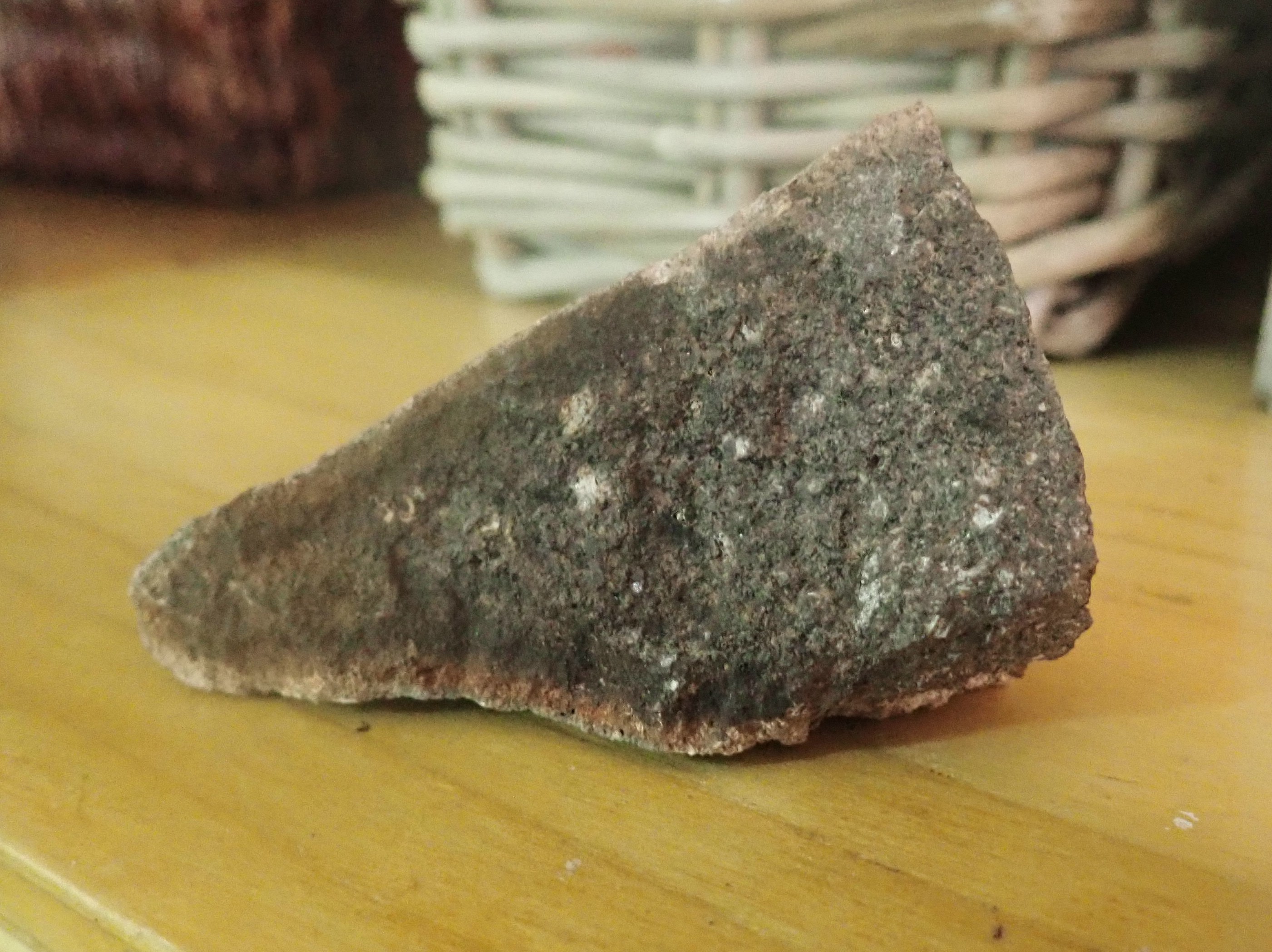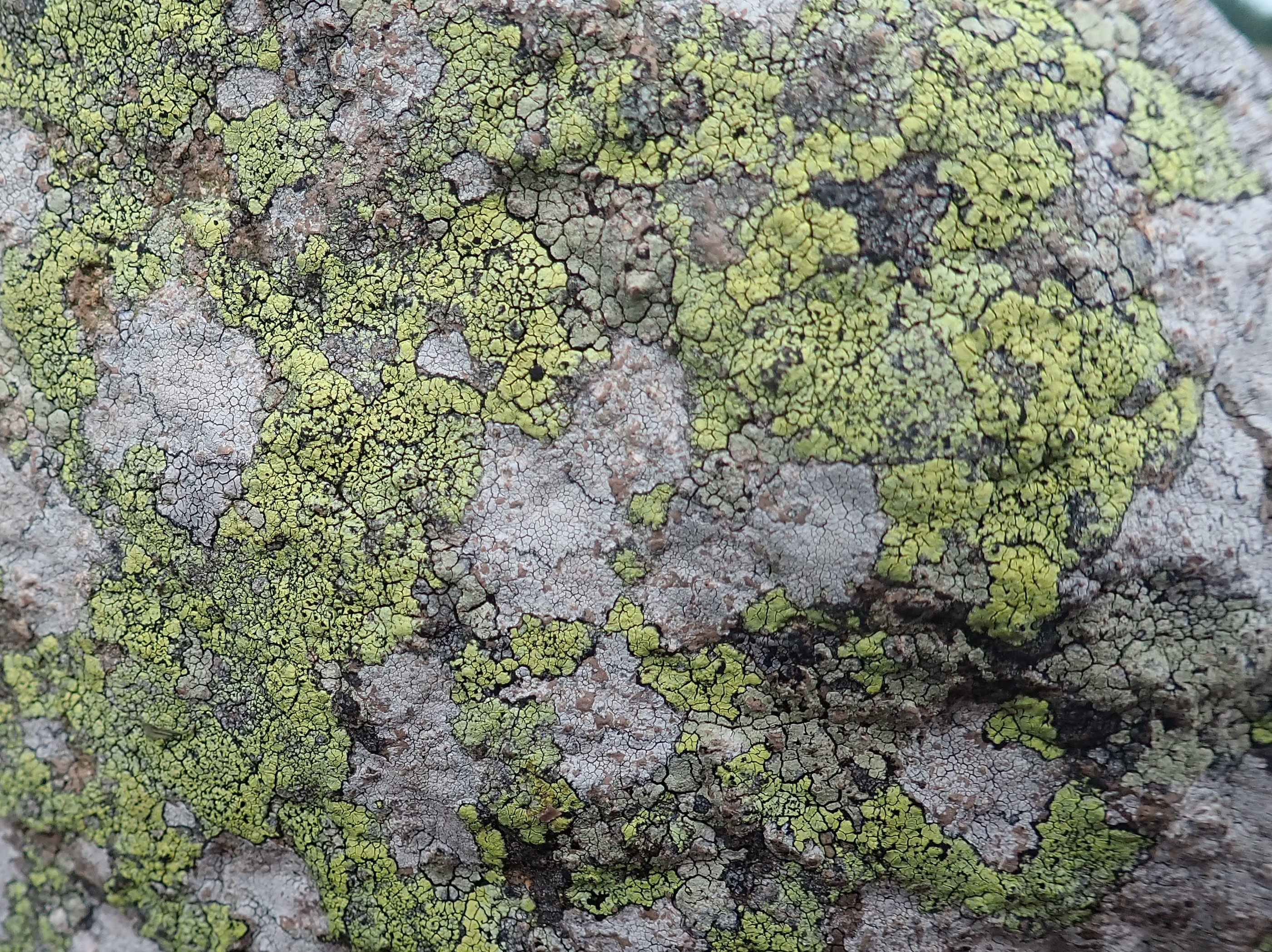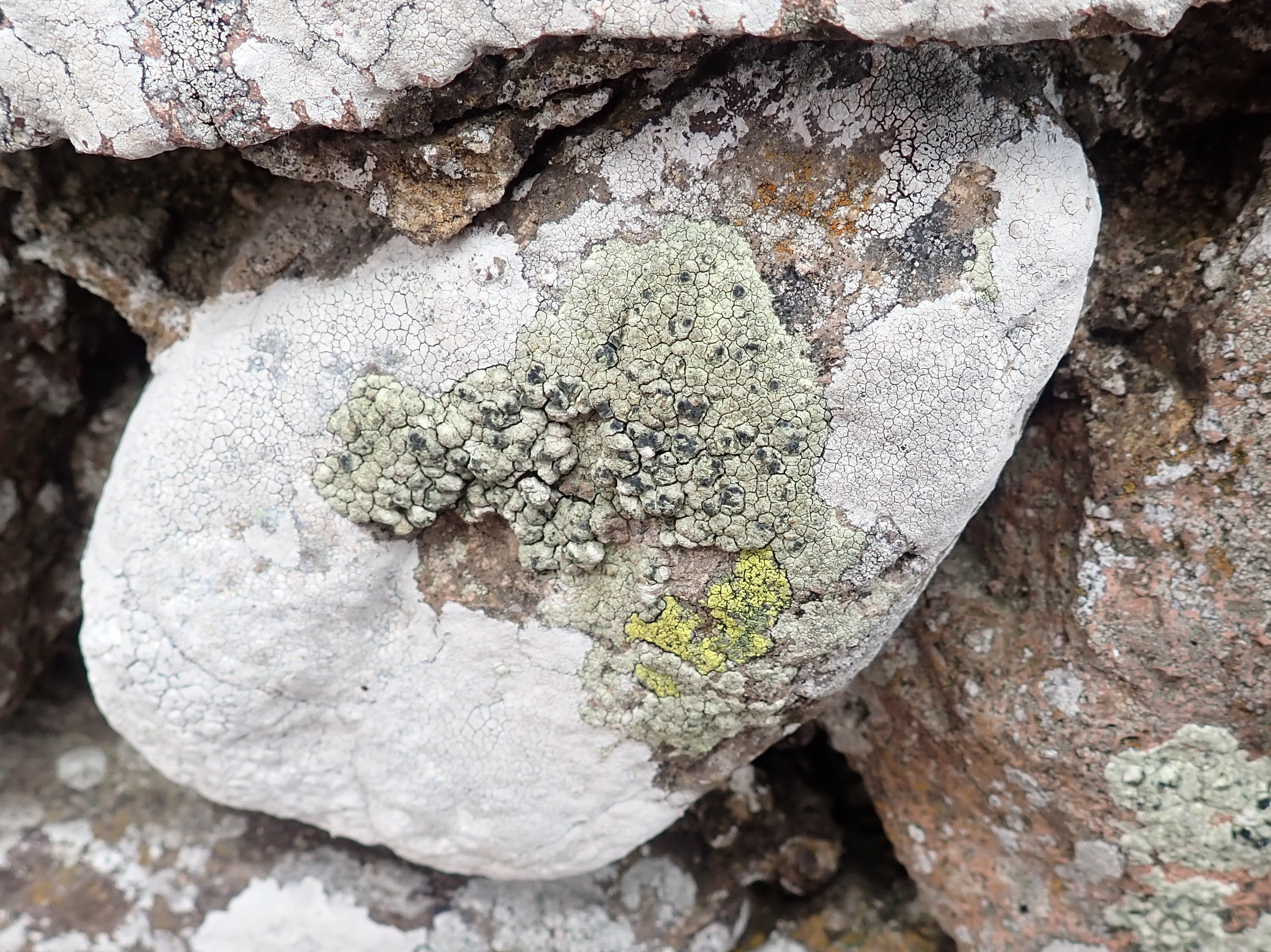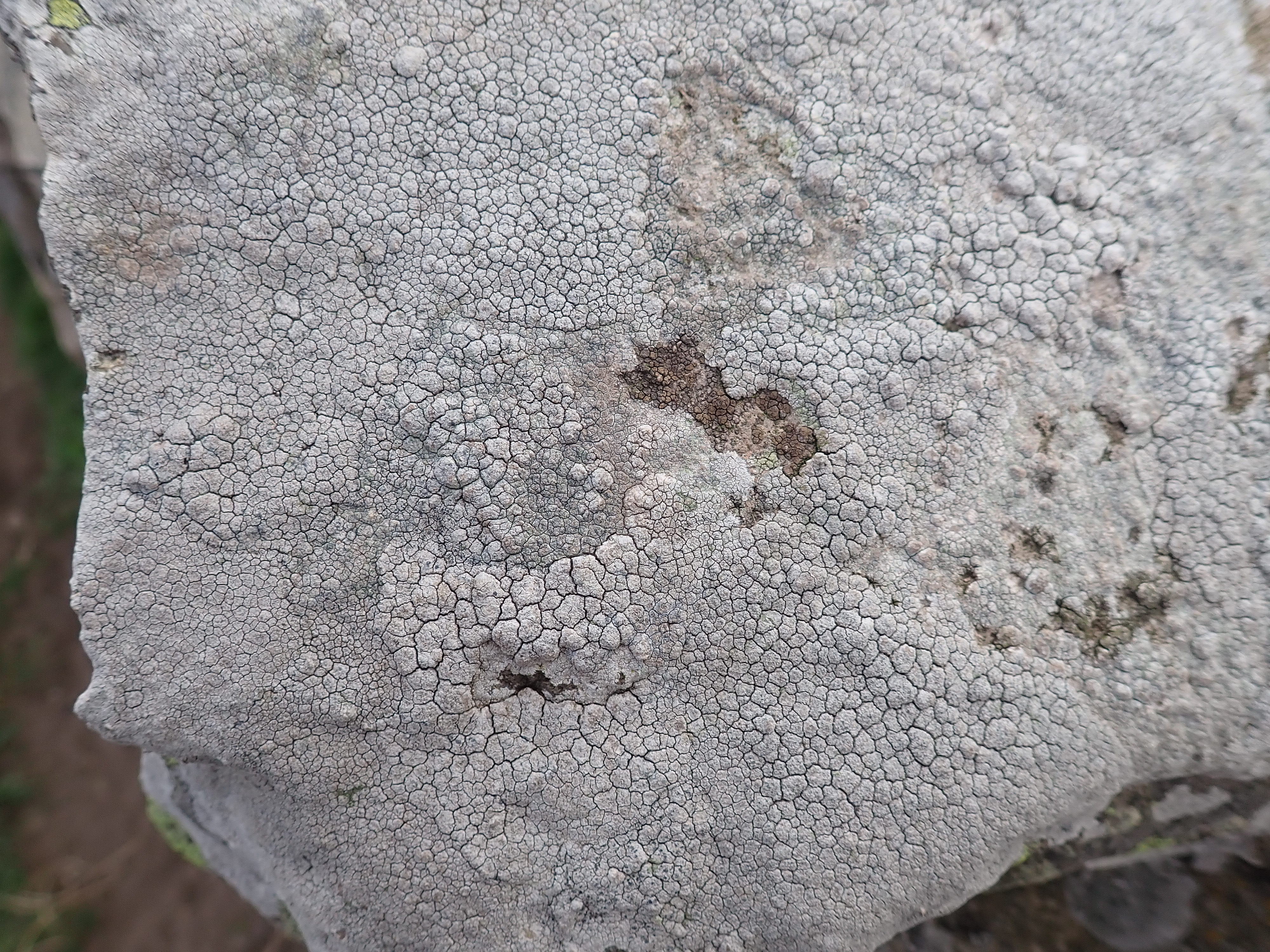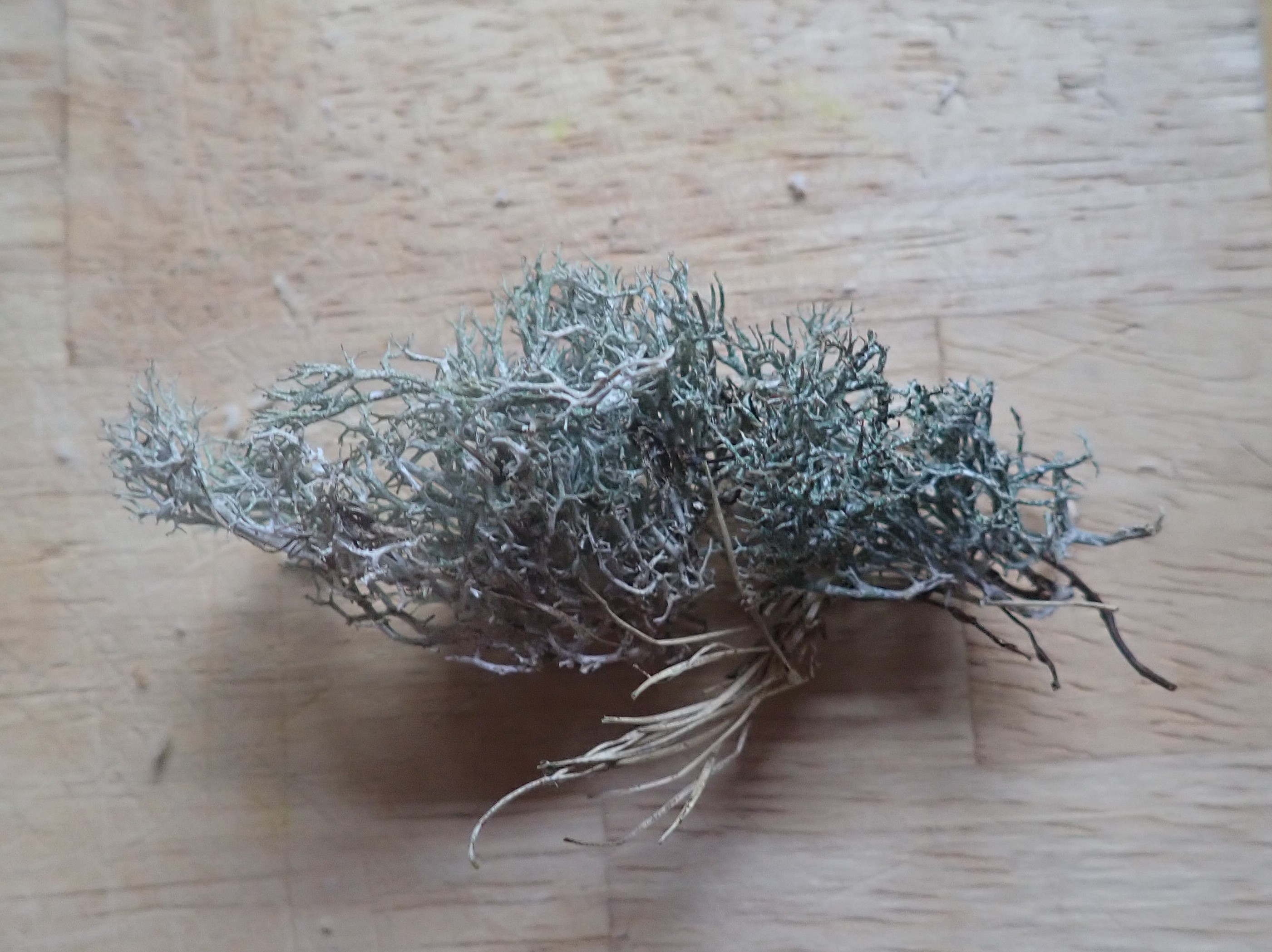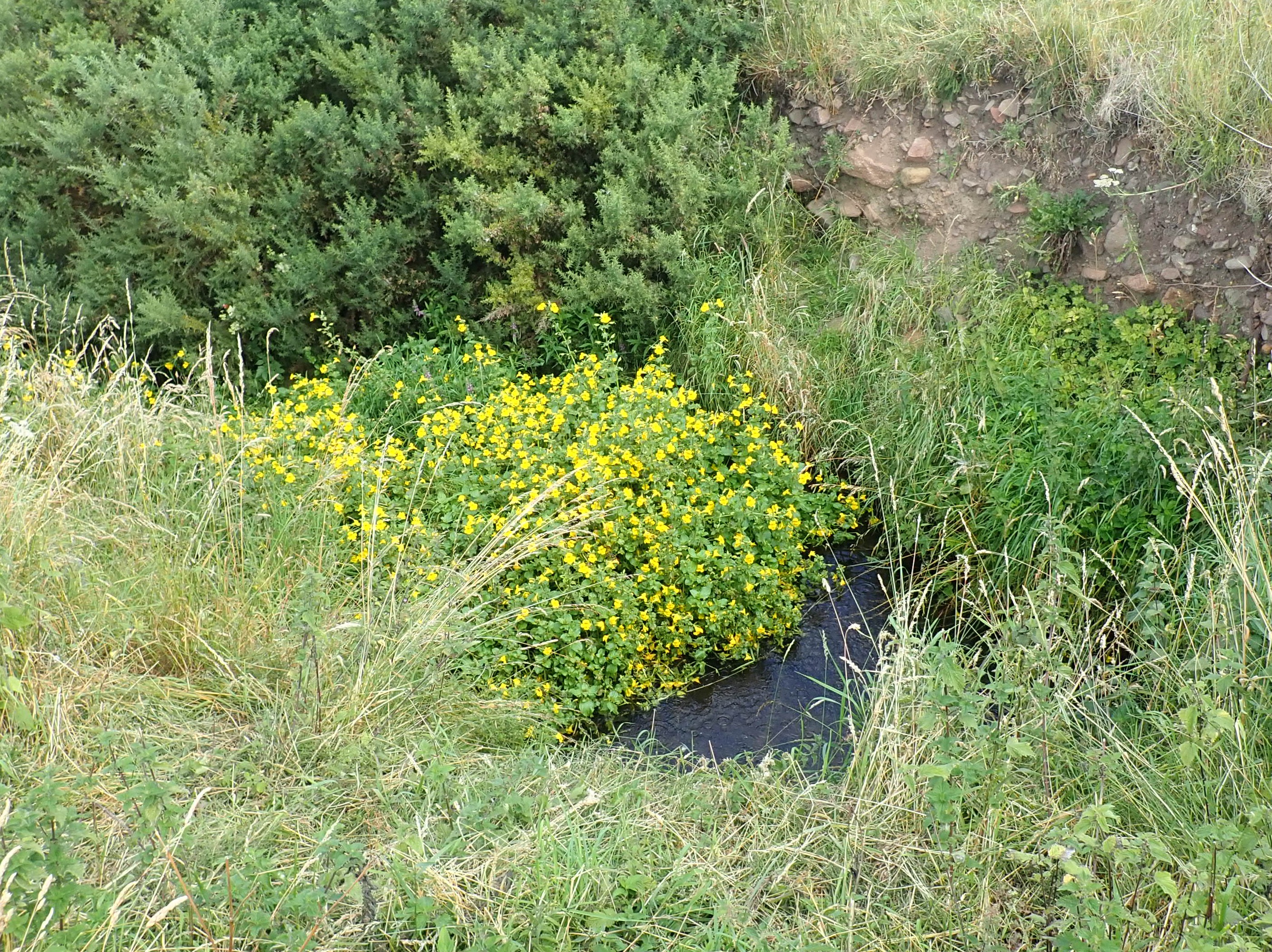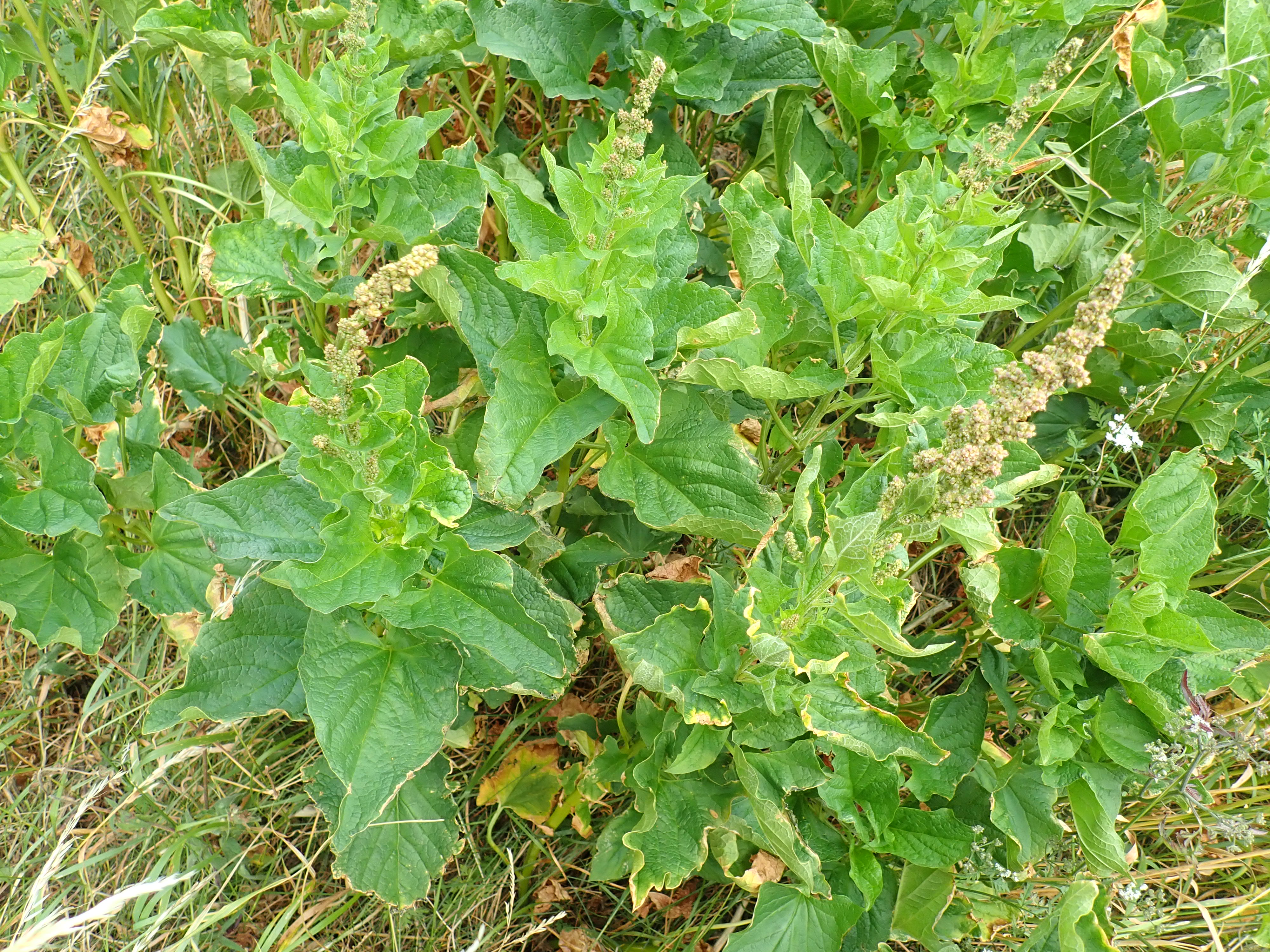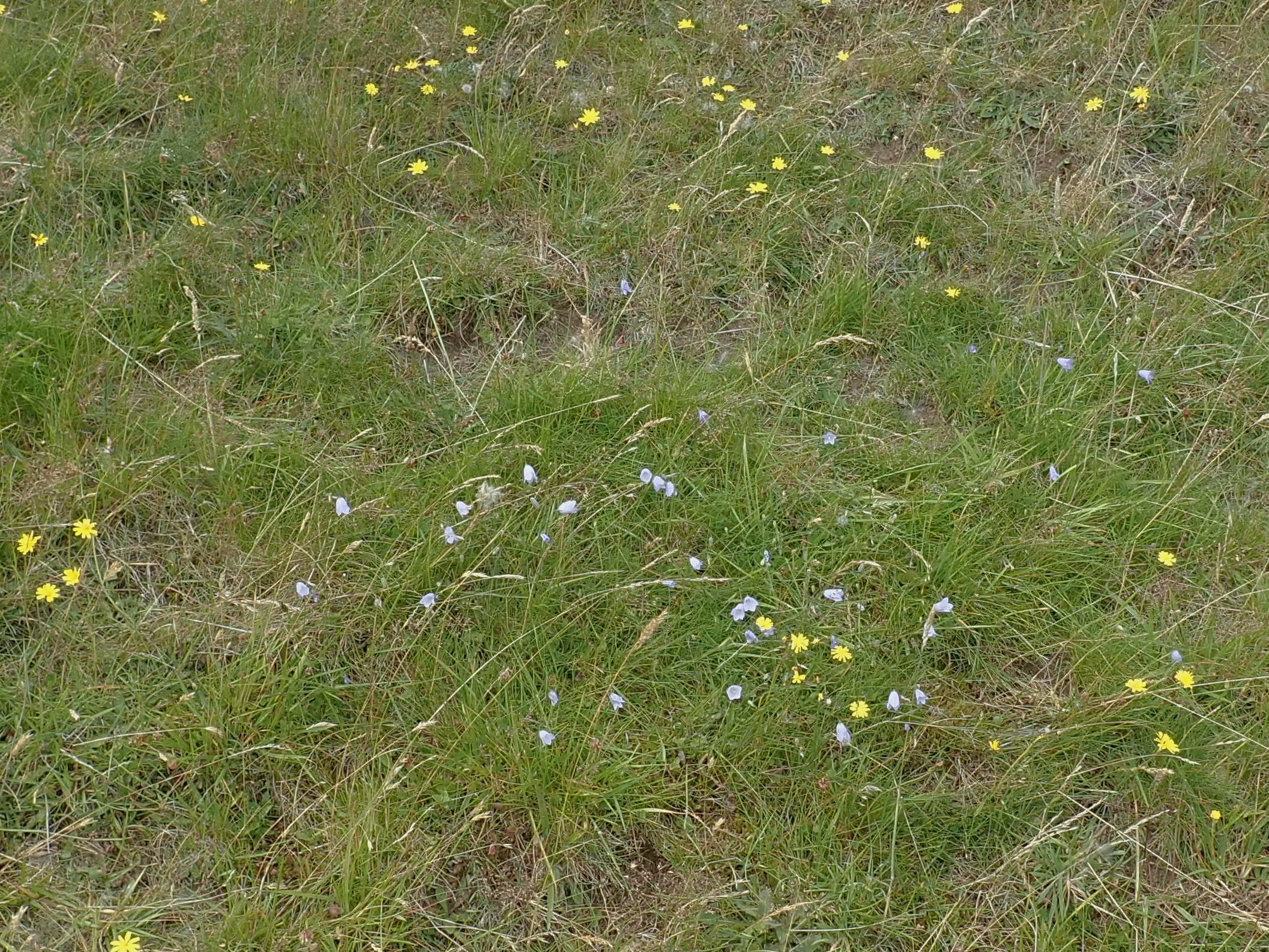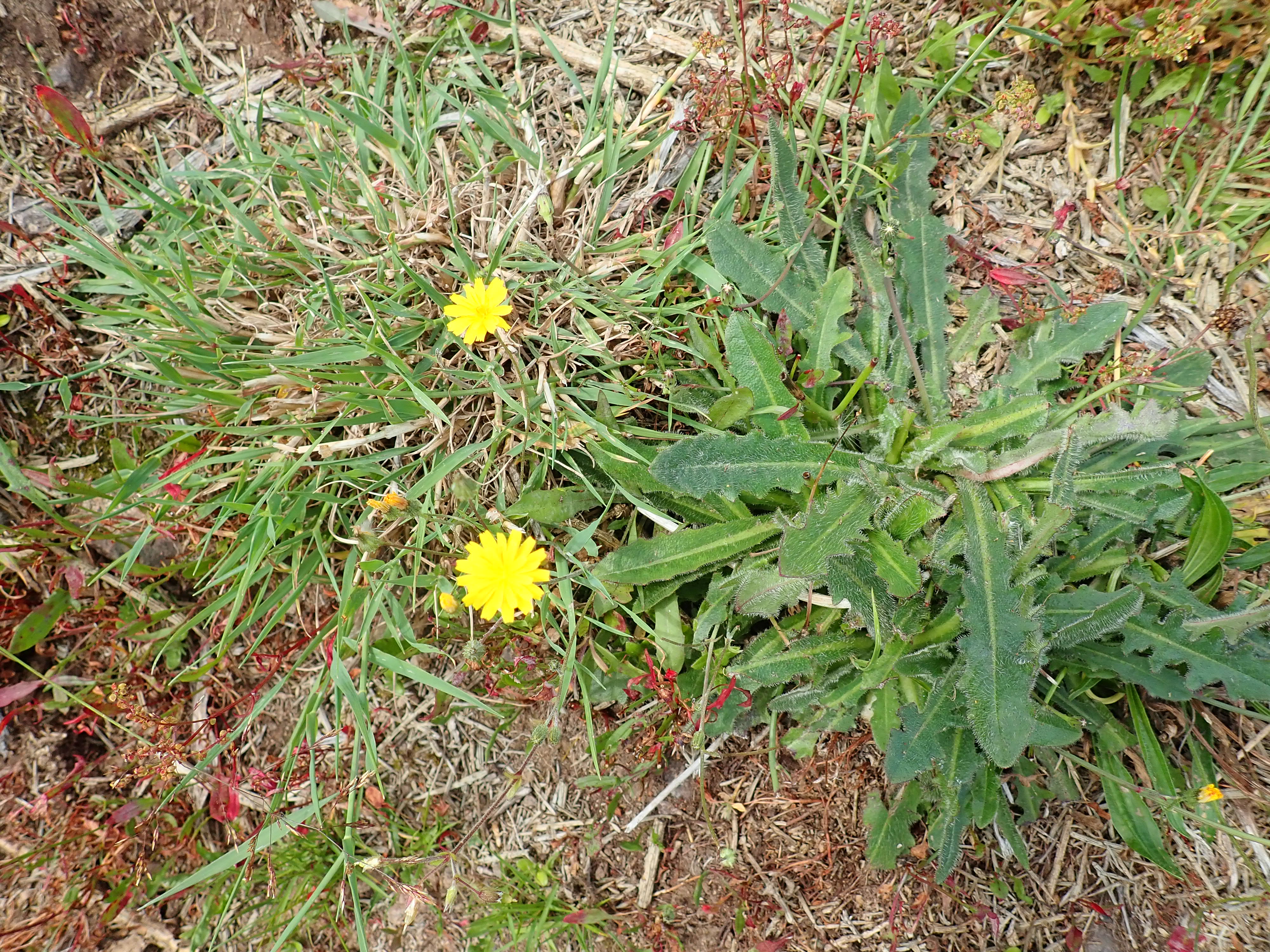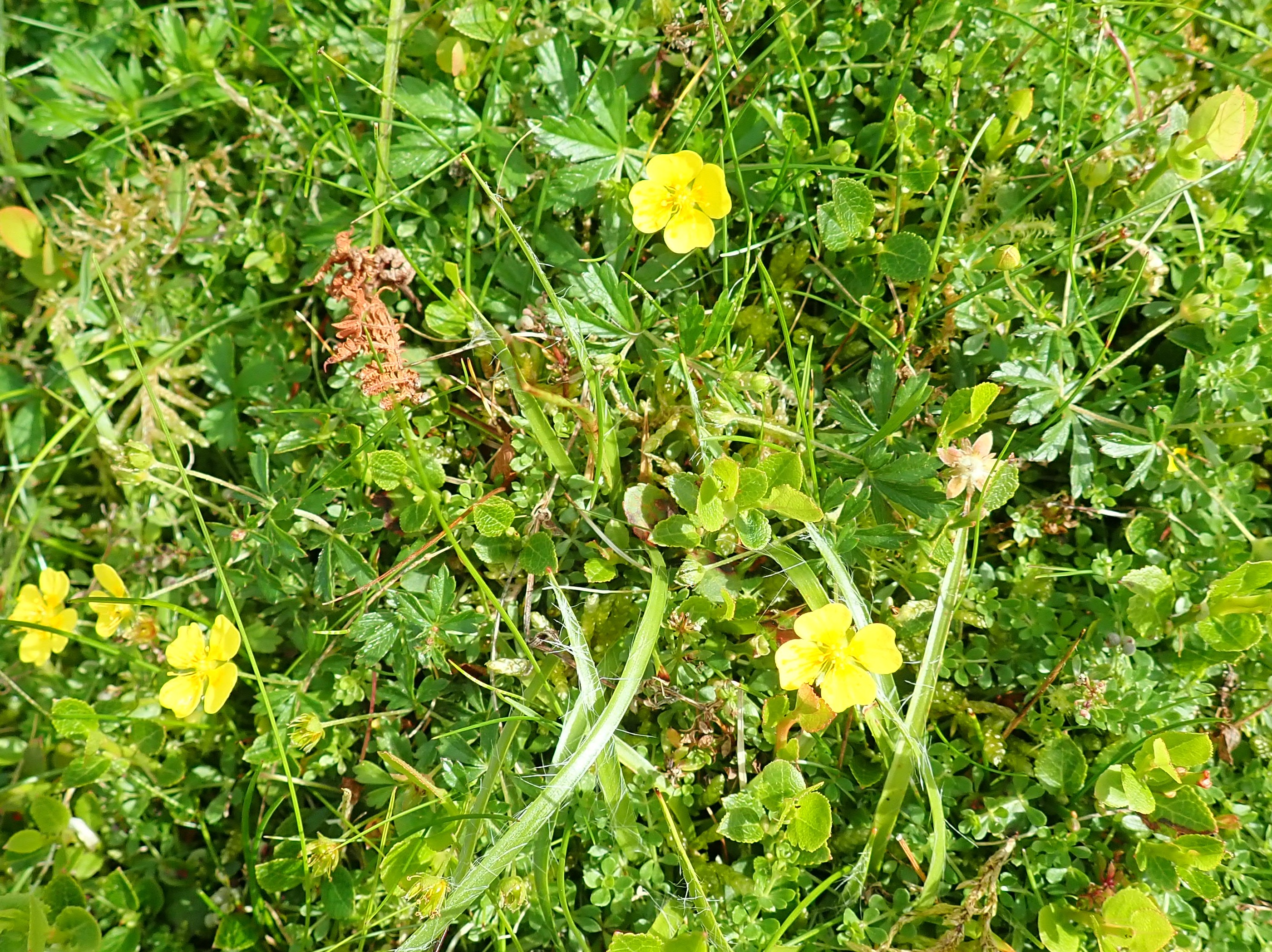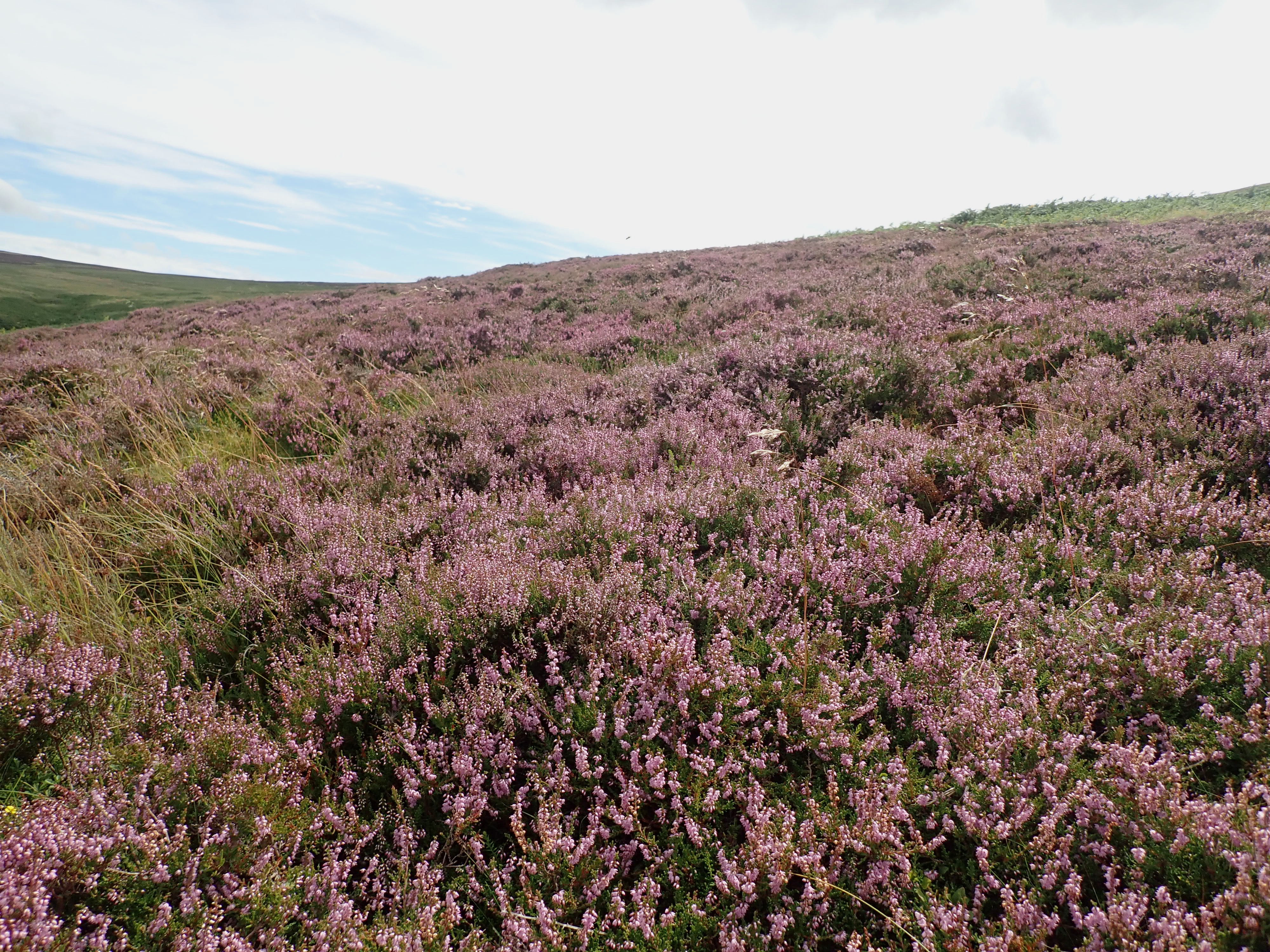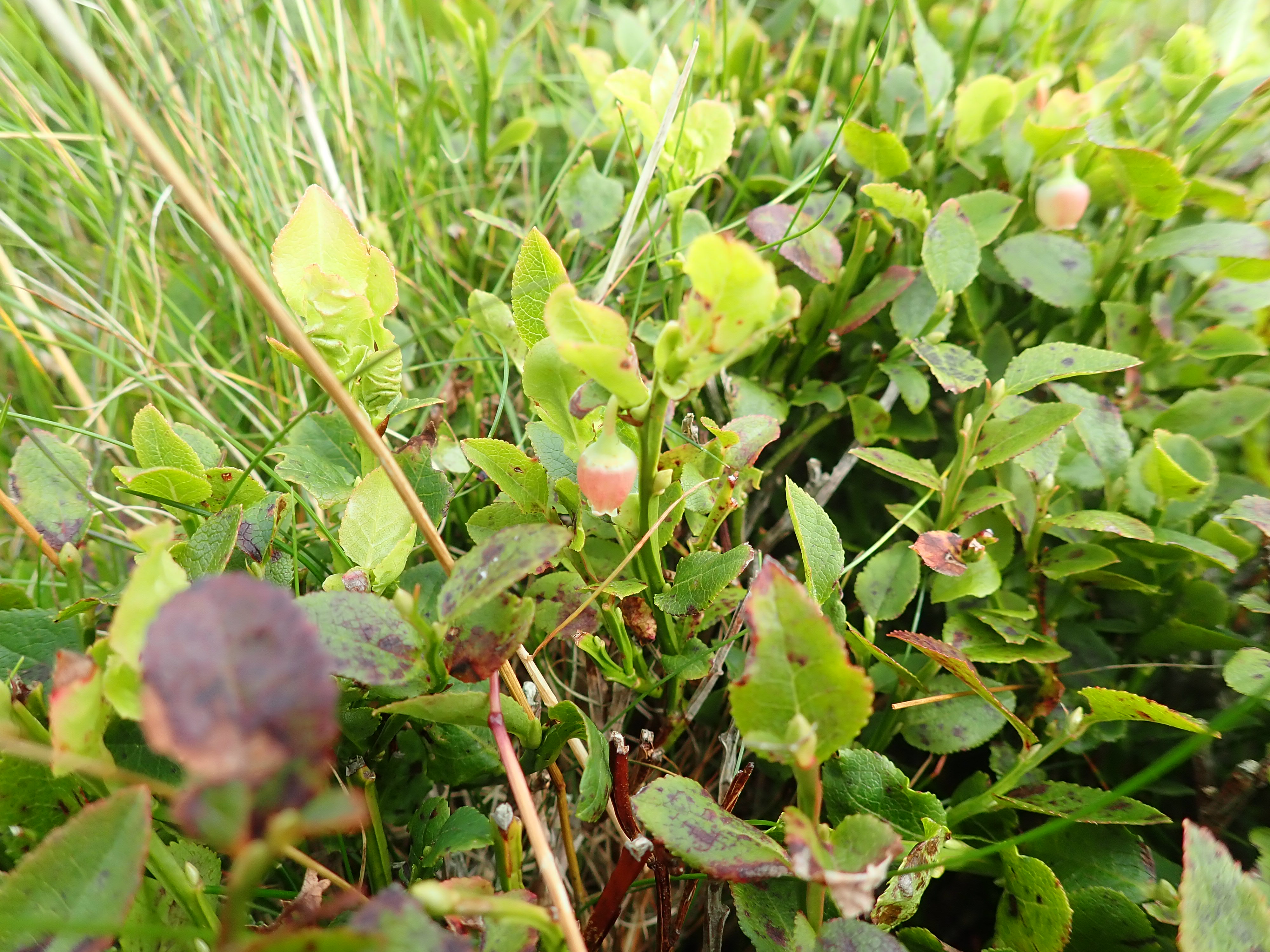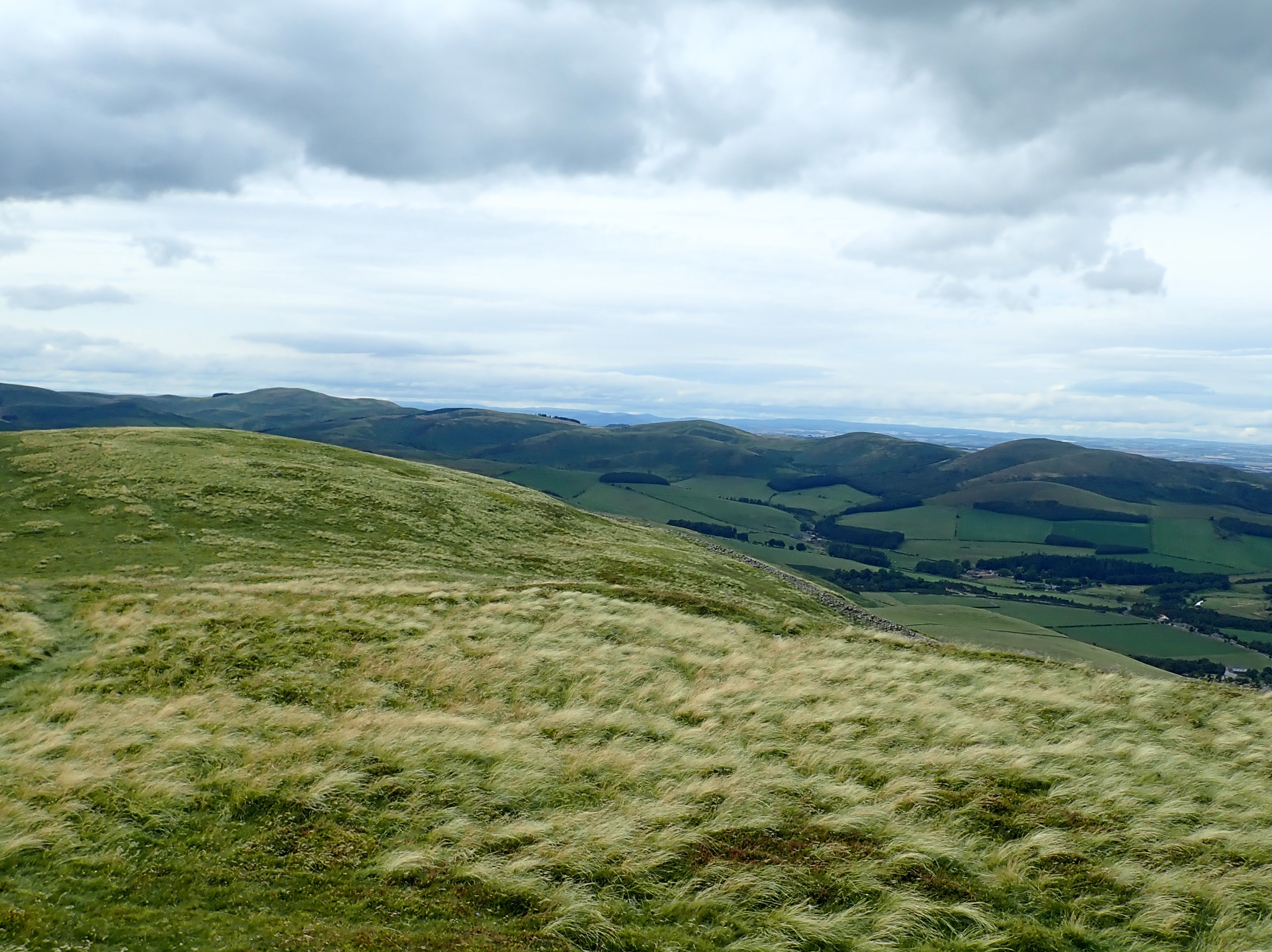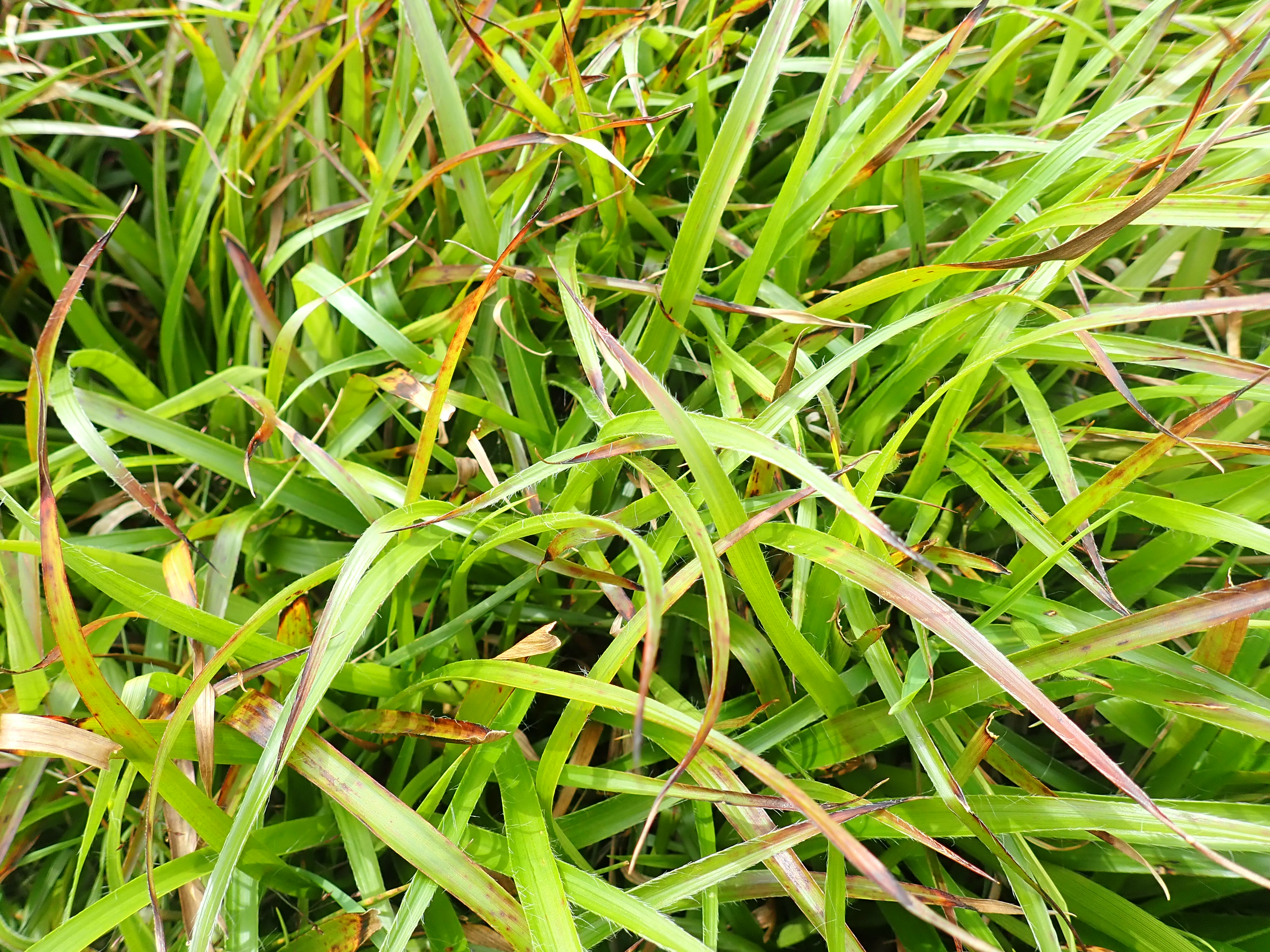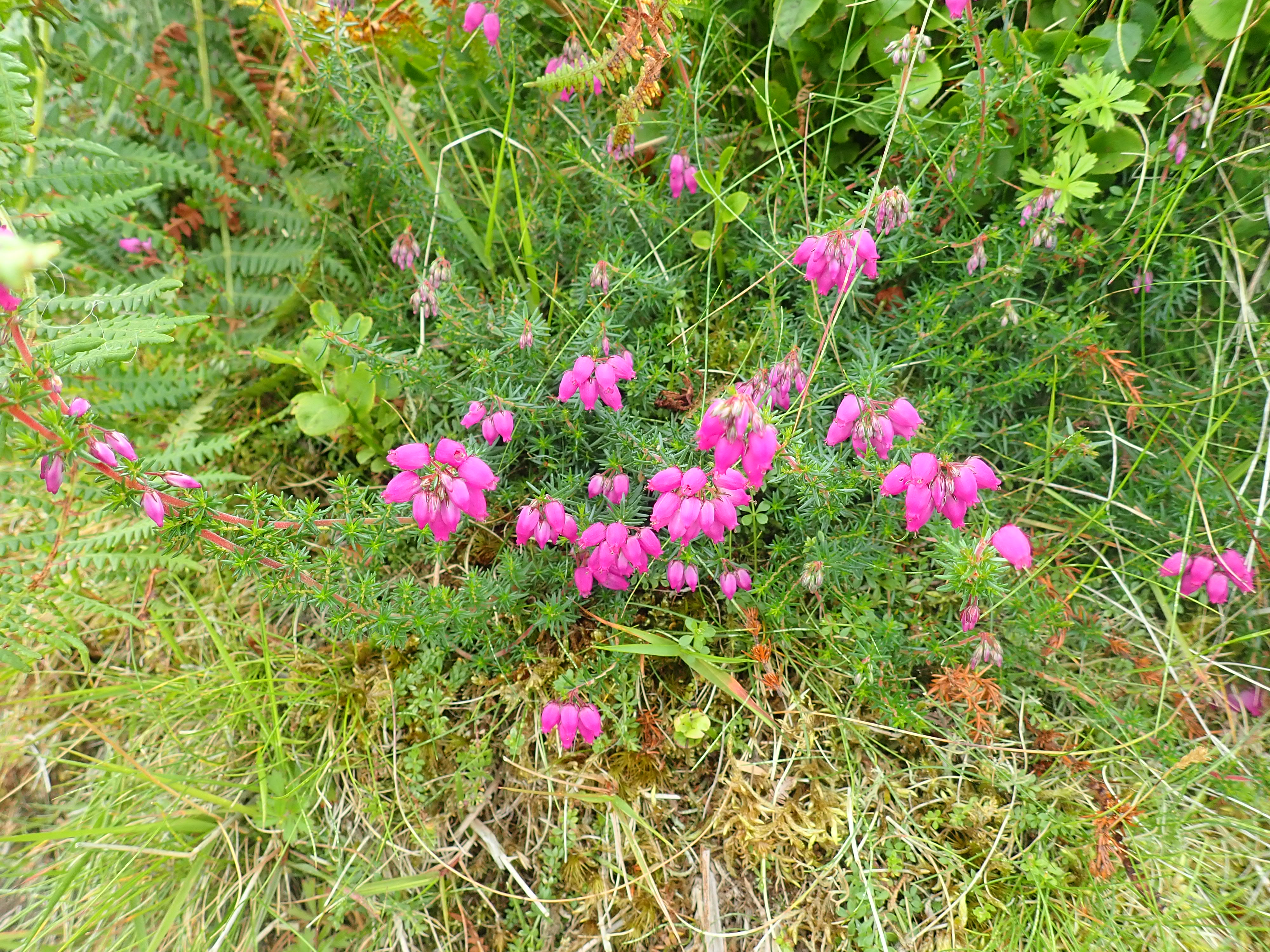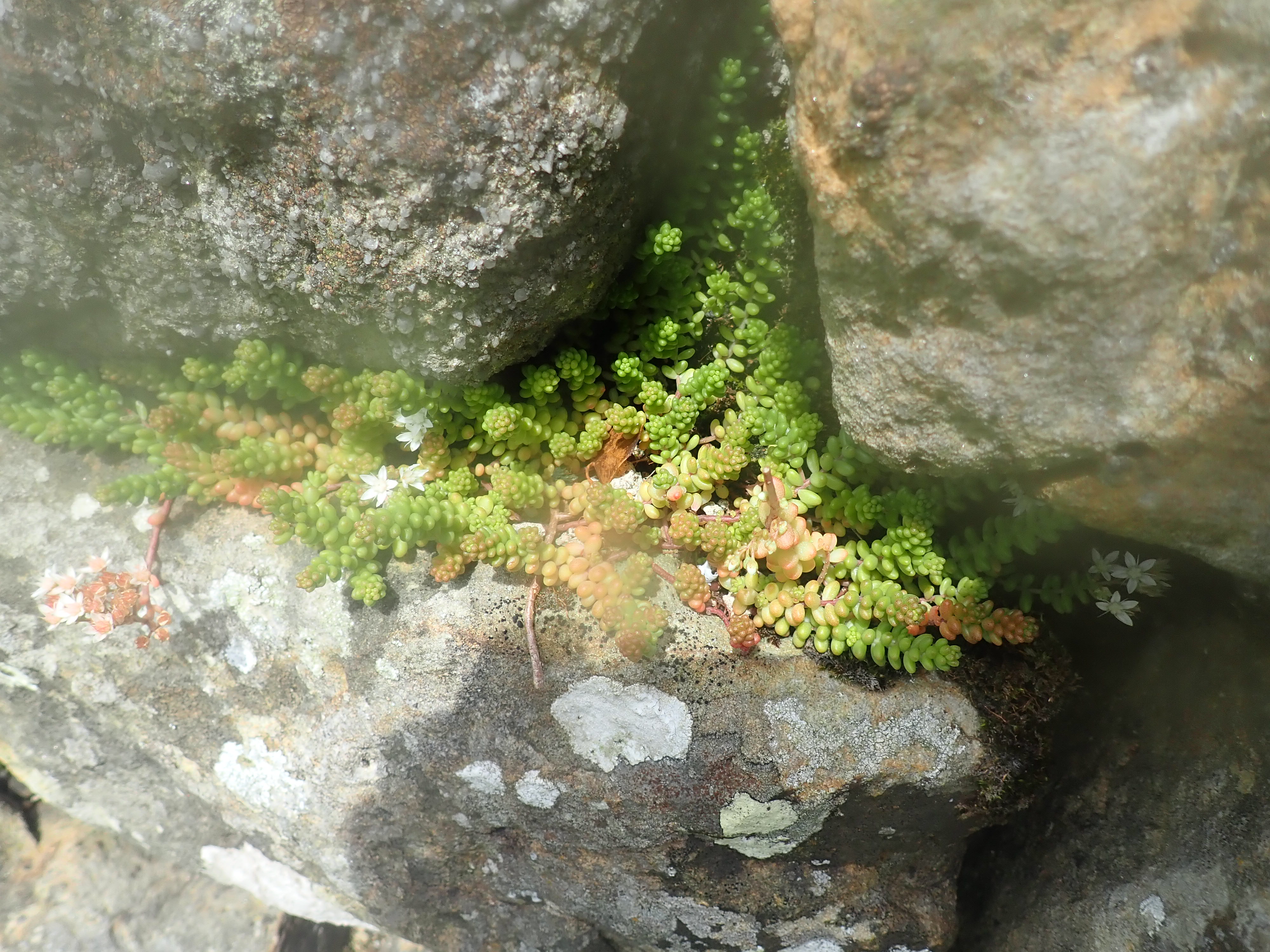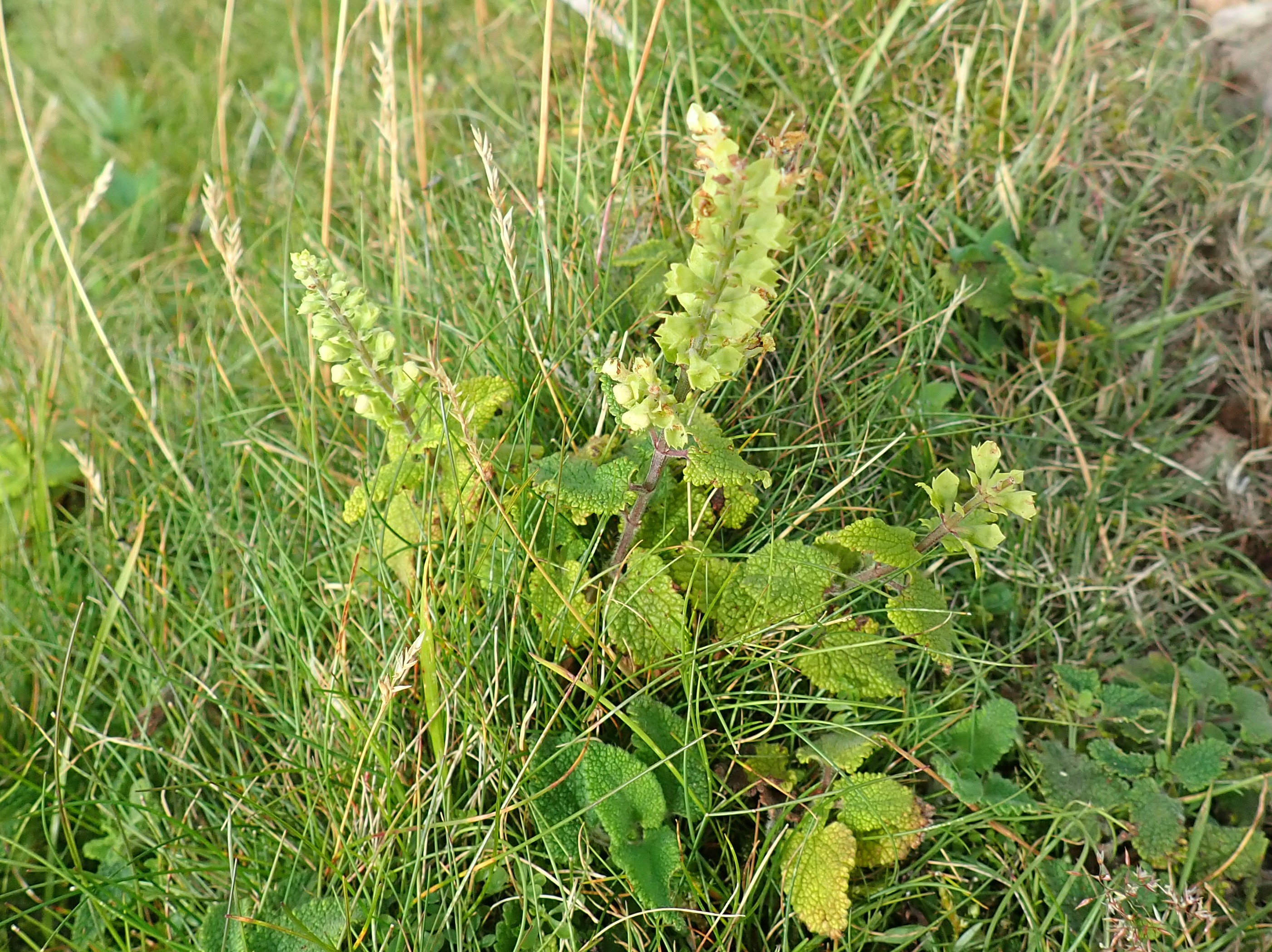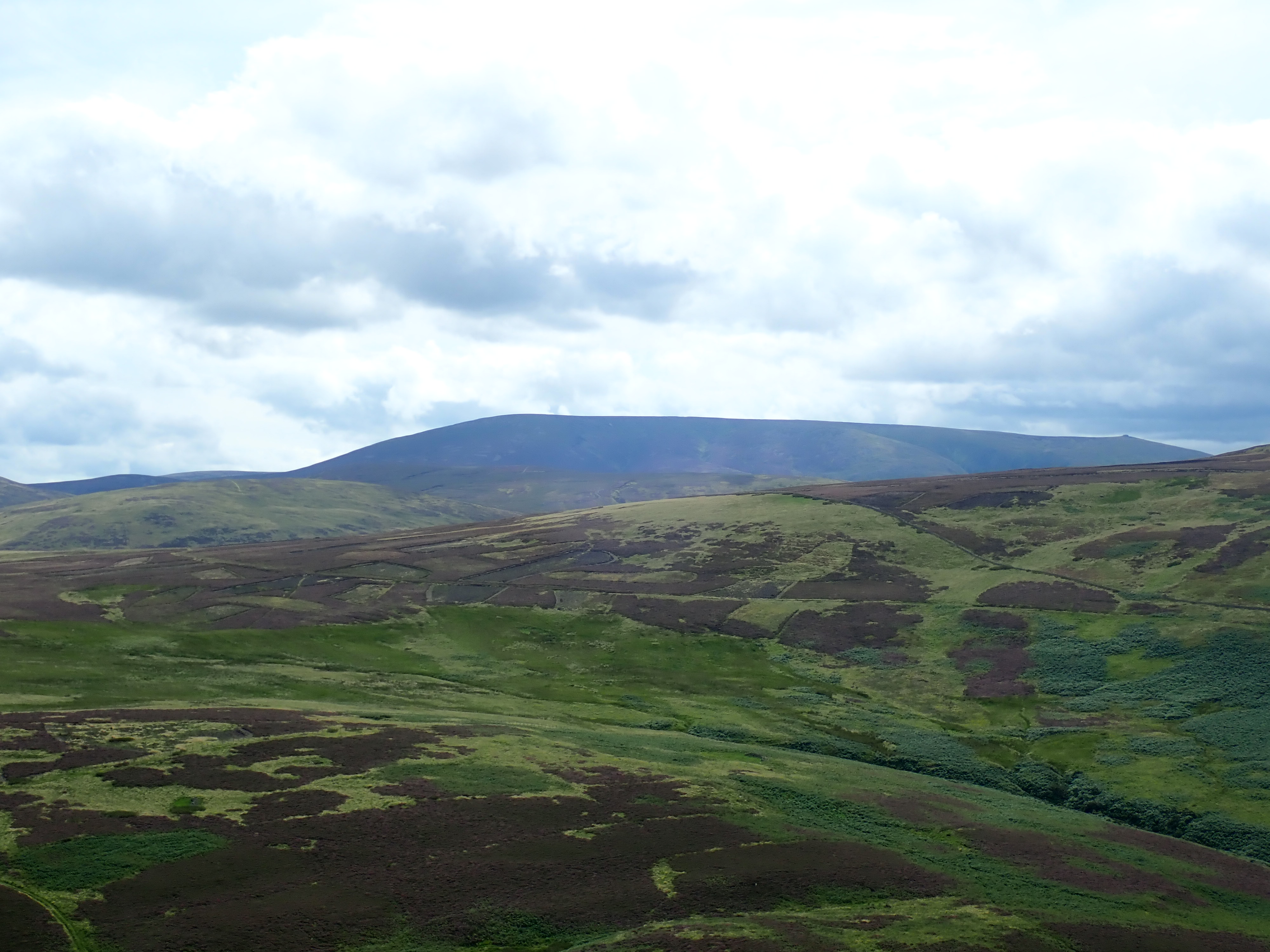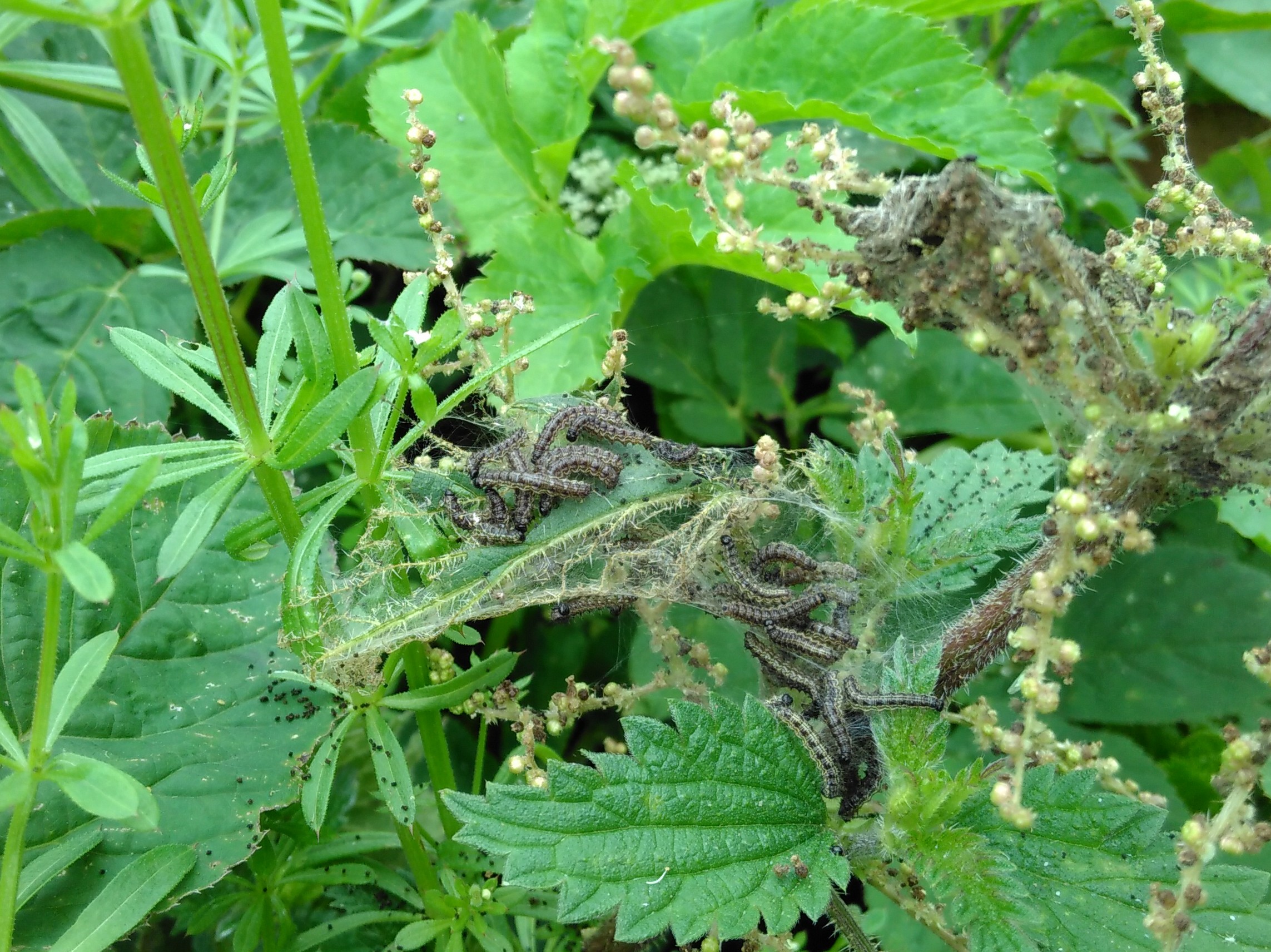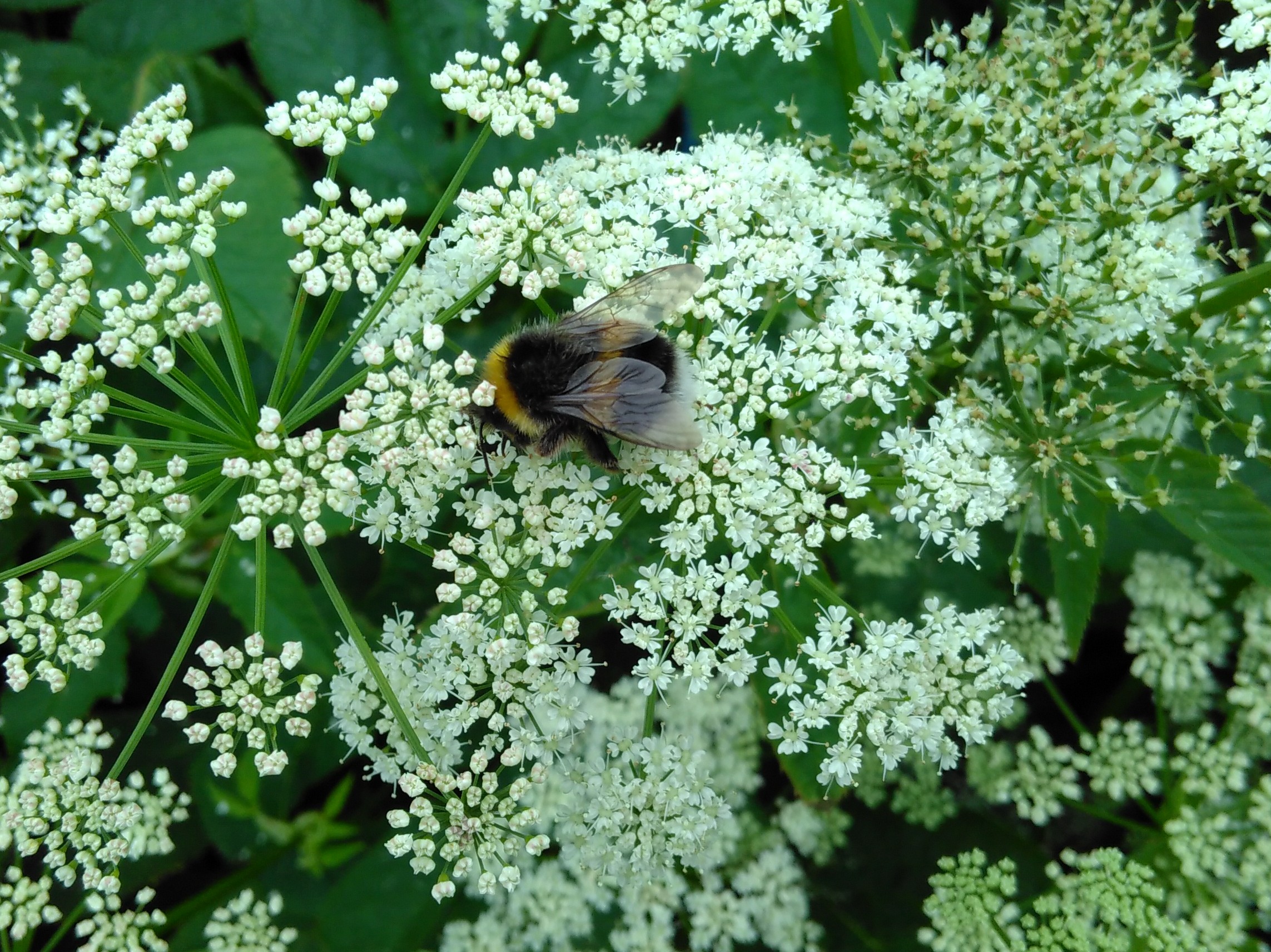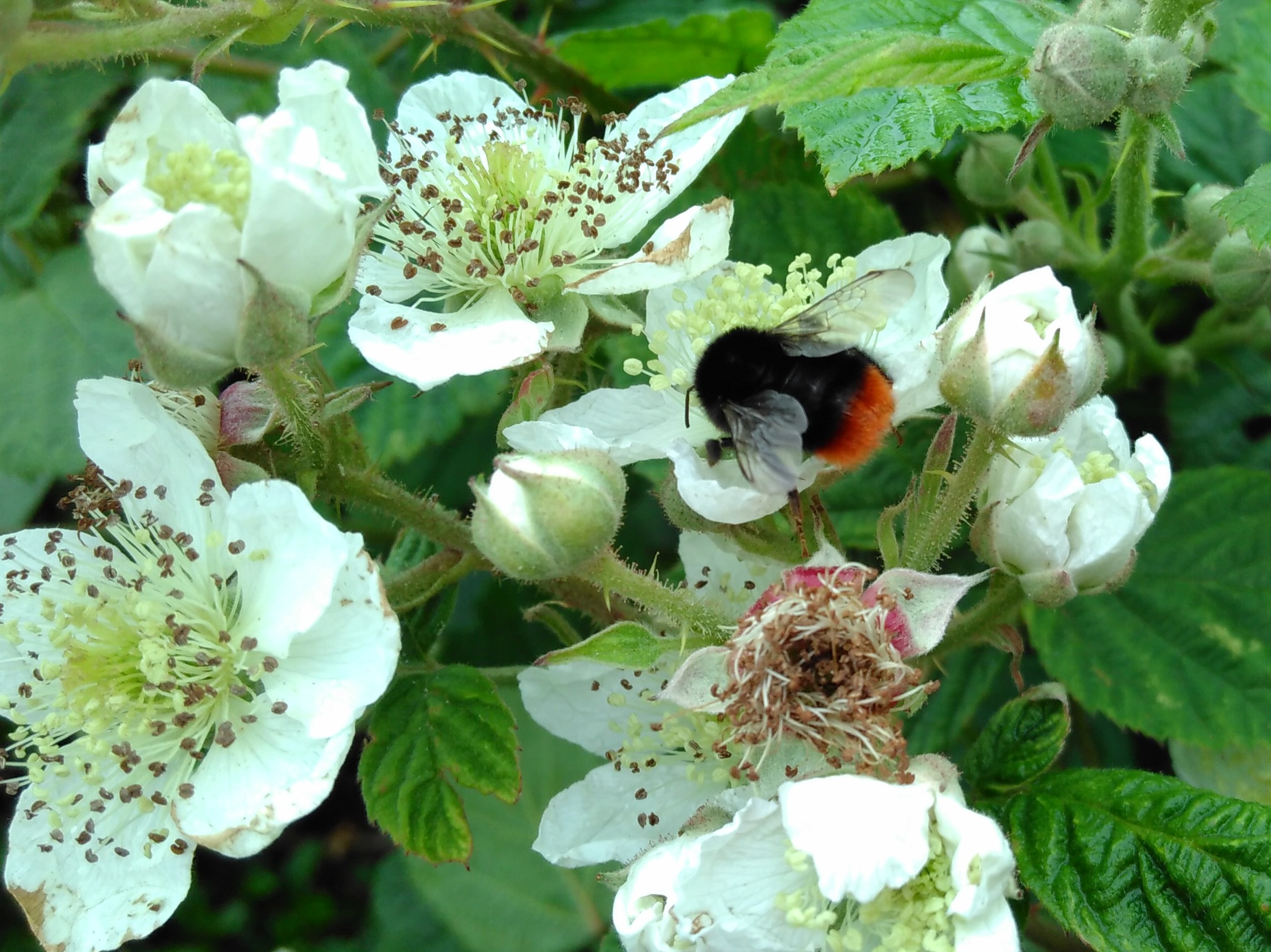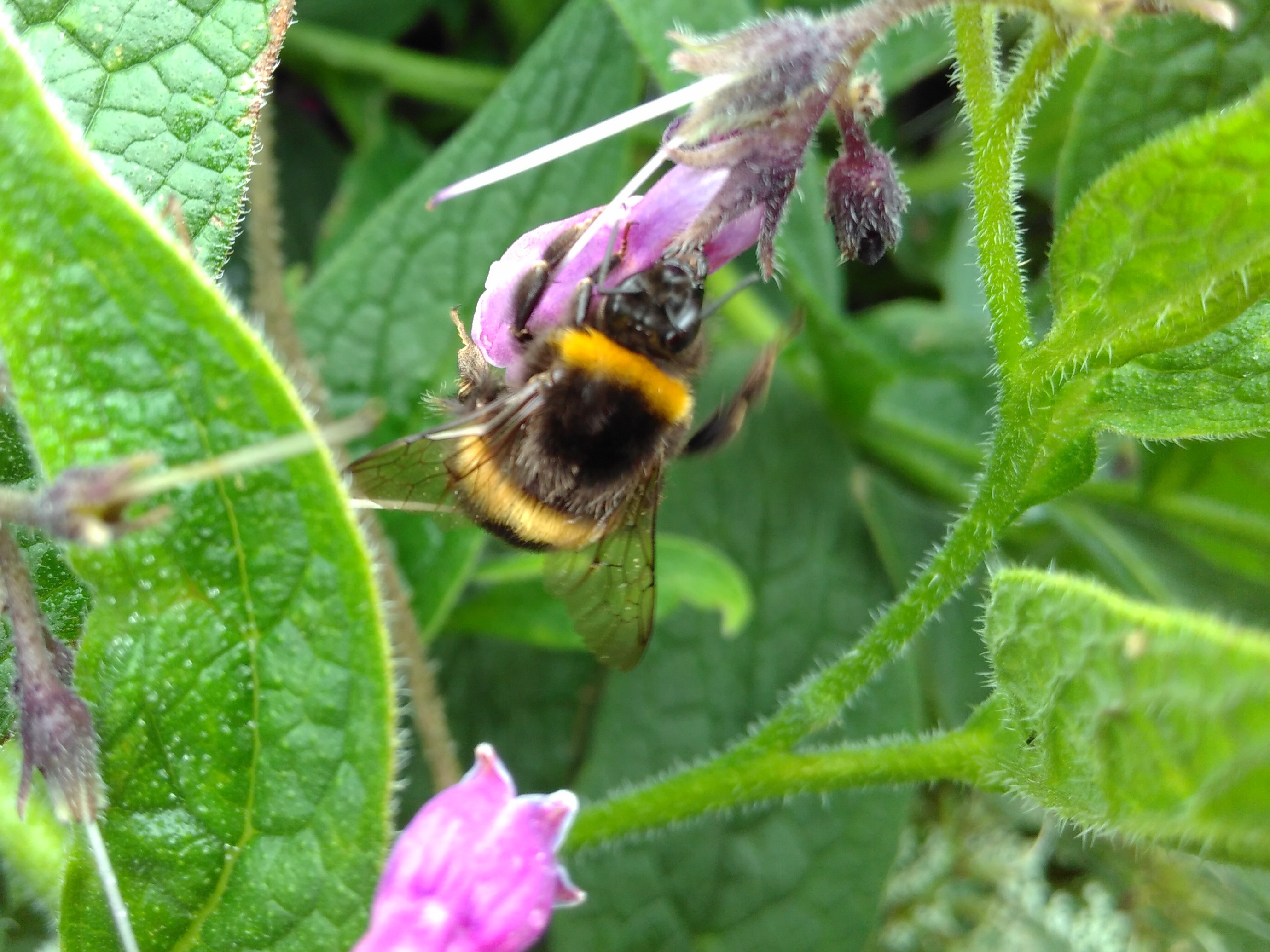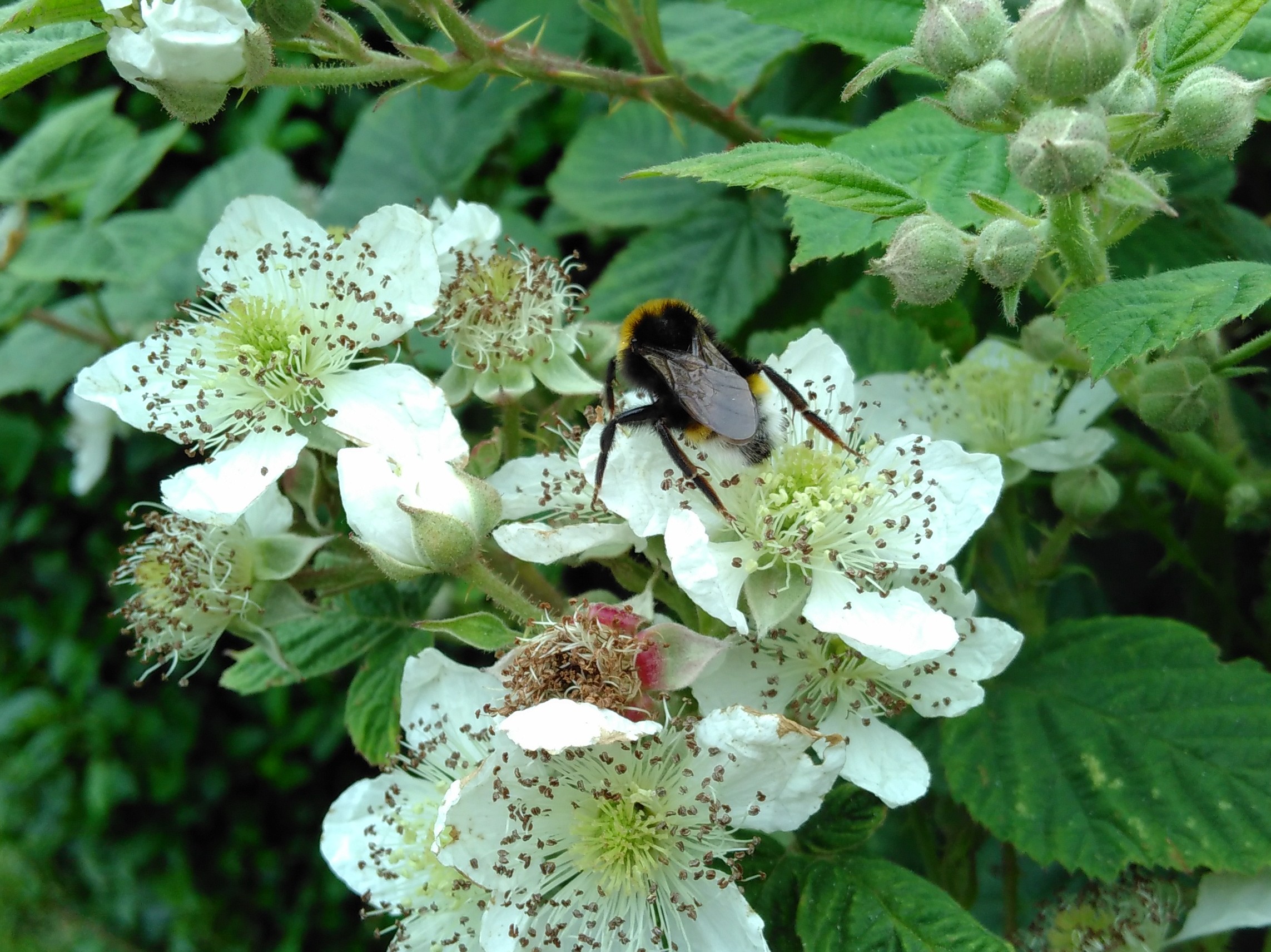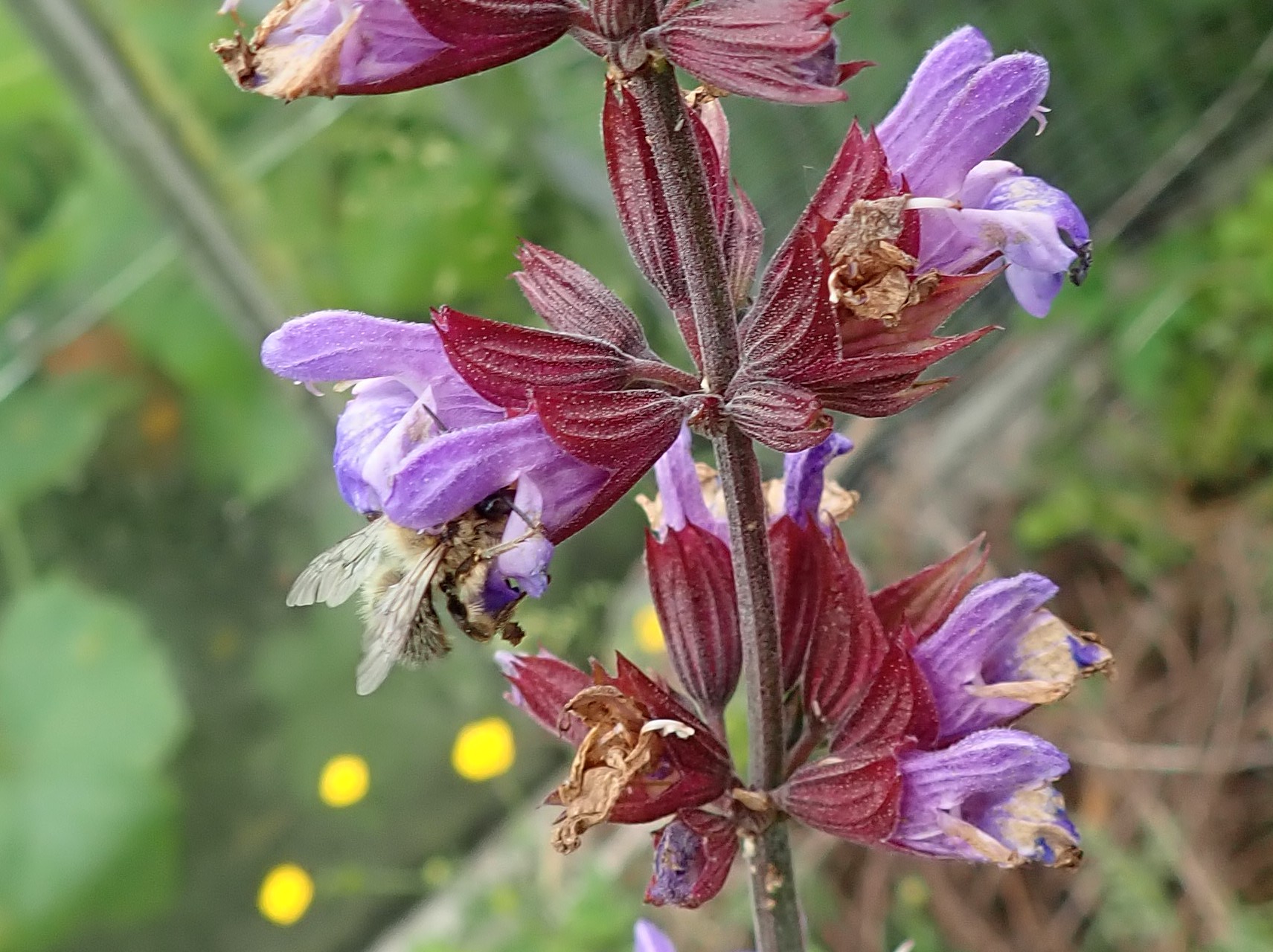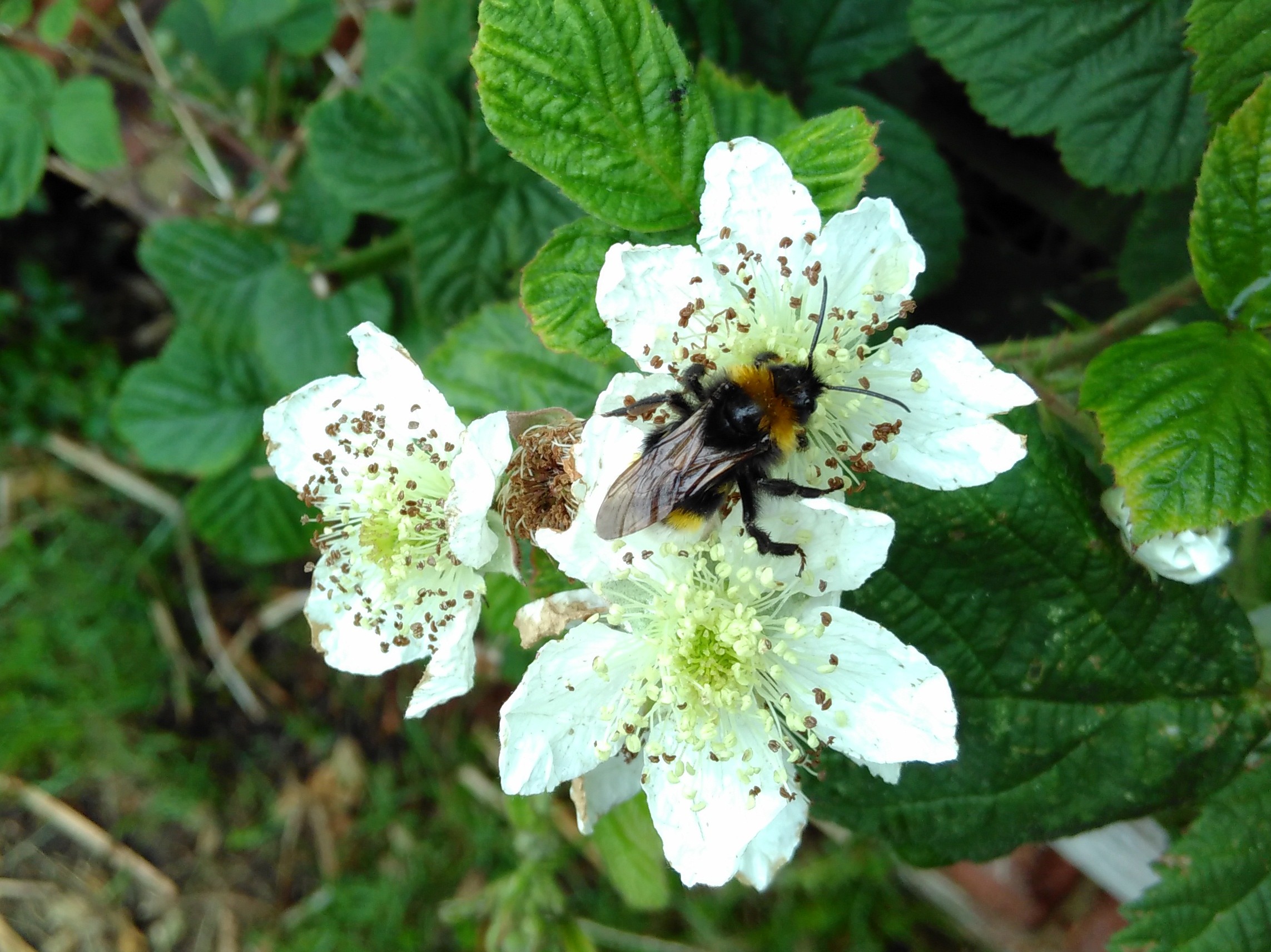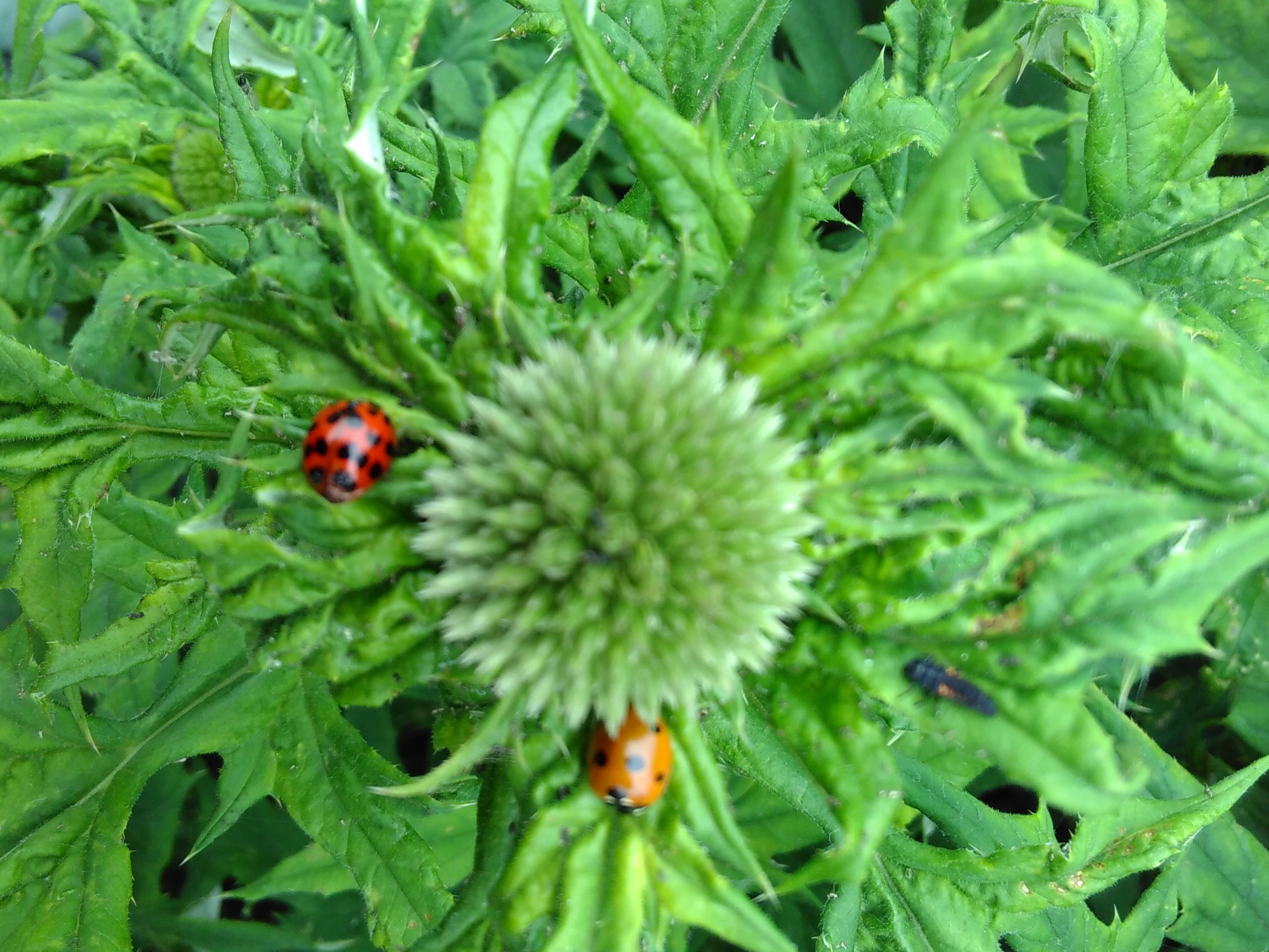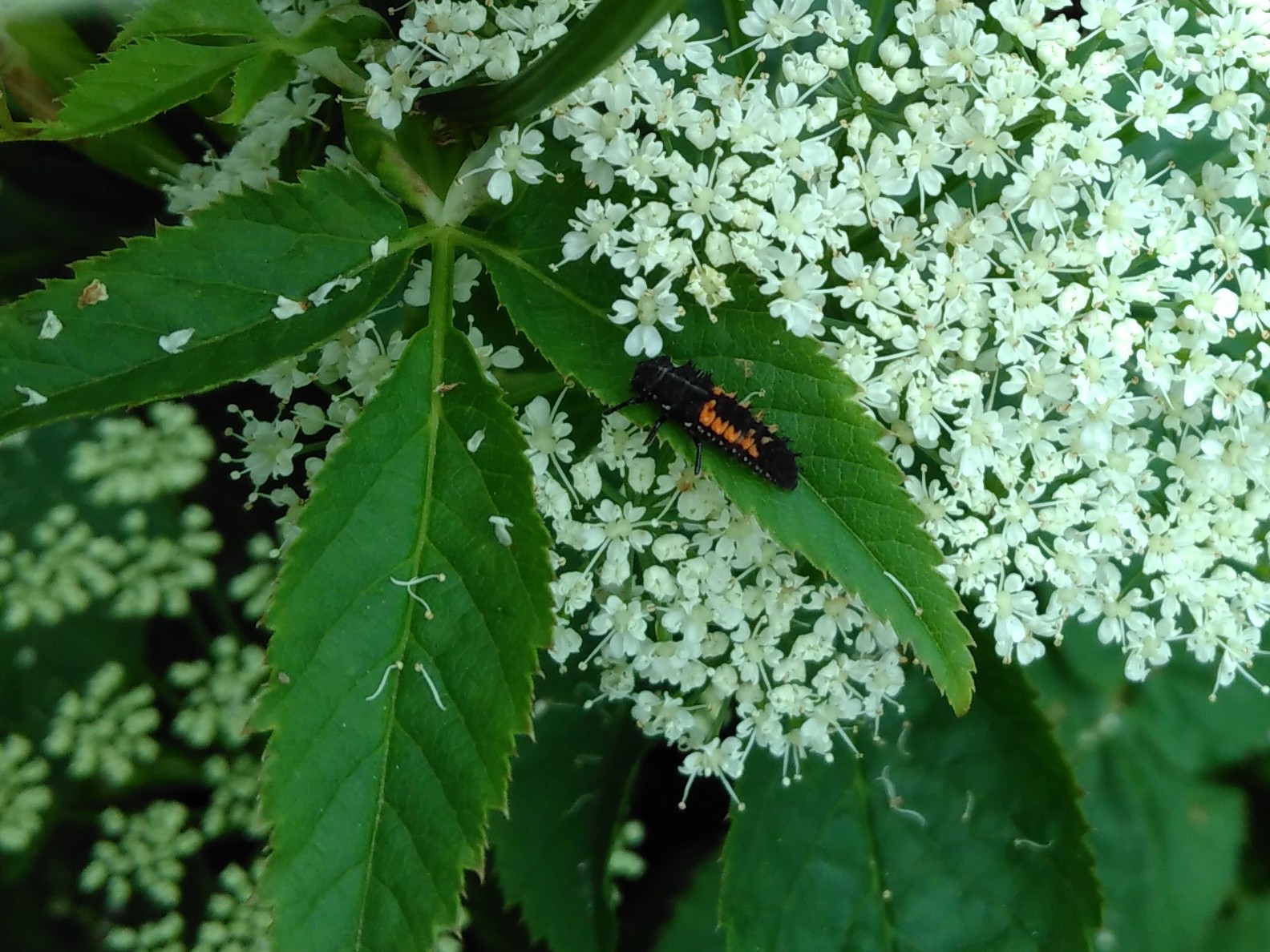
The Iris Brickfield Park has had various uses over the years from farmland to brickworks, landfill and now recreation. During the Last Glacial Period which ended approx 10,000 years ago thick deposits of glacio-lacustrine clays and muds were left behind as glacial Lake Wear drained, leaving behind material suitable for brick making. The resulting hollow has been modelled as a wetland /pond area.
At present, very little open water can be seen due to lack of rainfall and extensive growth of the reed bed vegetation, like Bulrush (Typha latifolia) shown below.
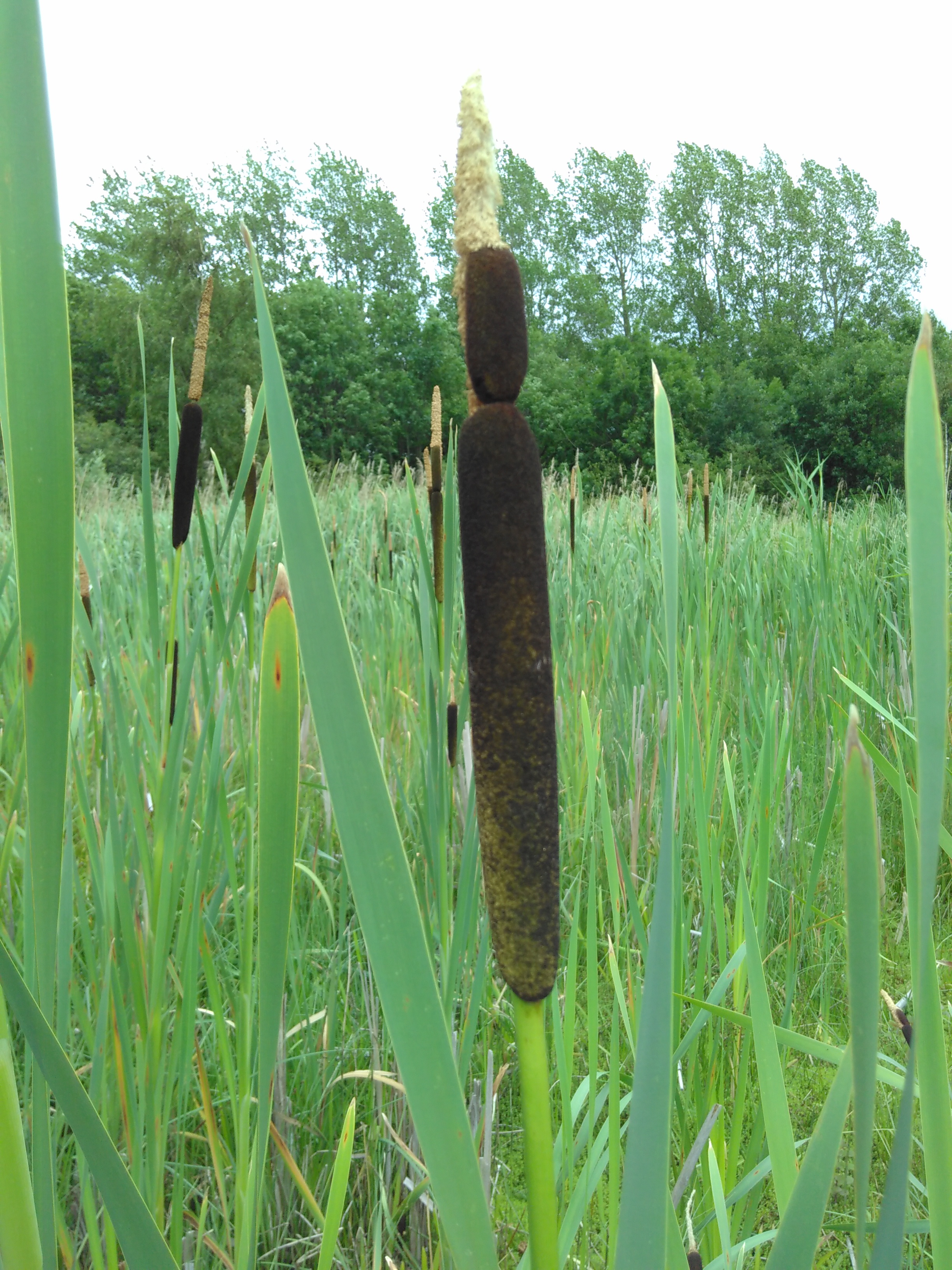
Branched Bur Reed (Sparganiumn erectum)can also quickly colonise open water.
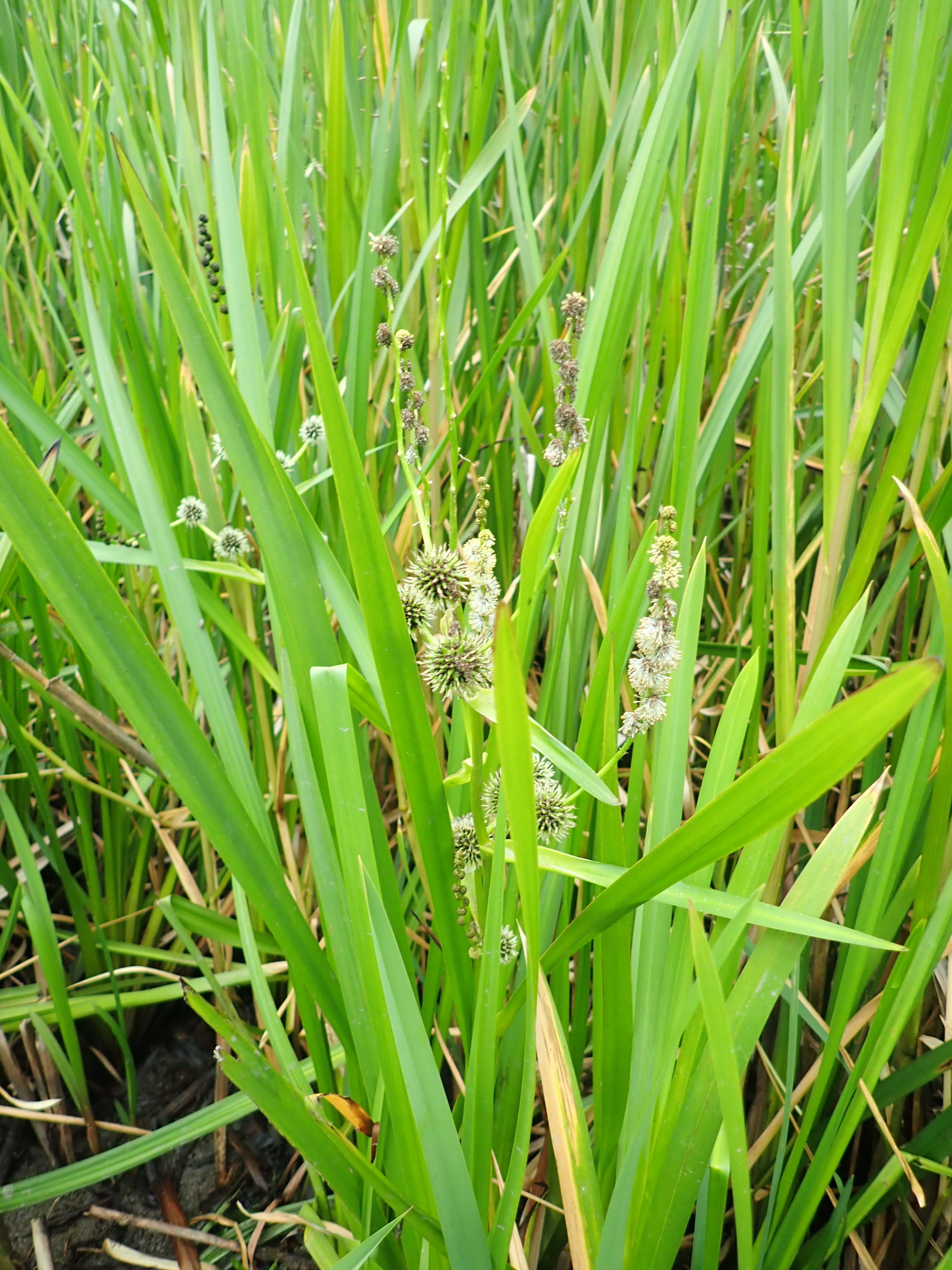
Reed sweet grass (Glyceria maxima) is another rapid coloniser, growing out from the pond margins.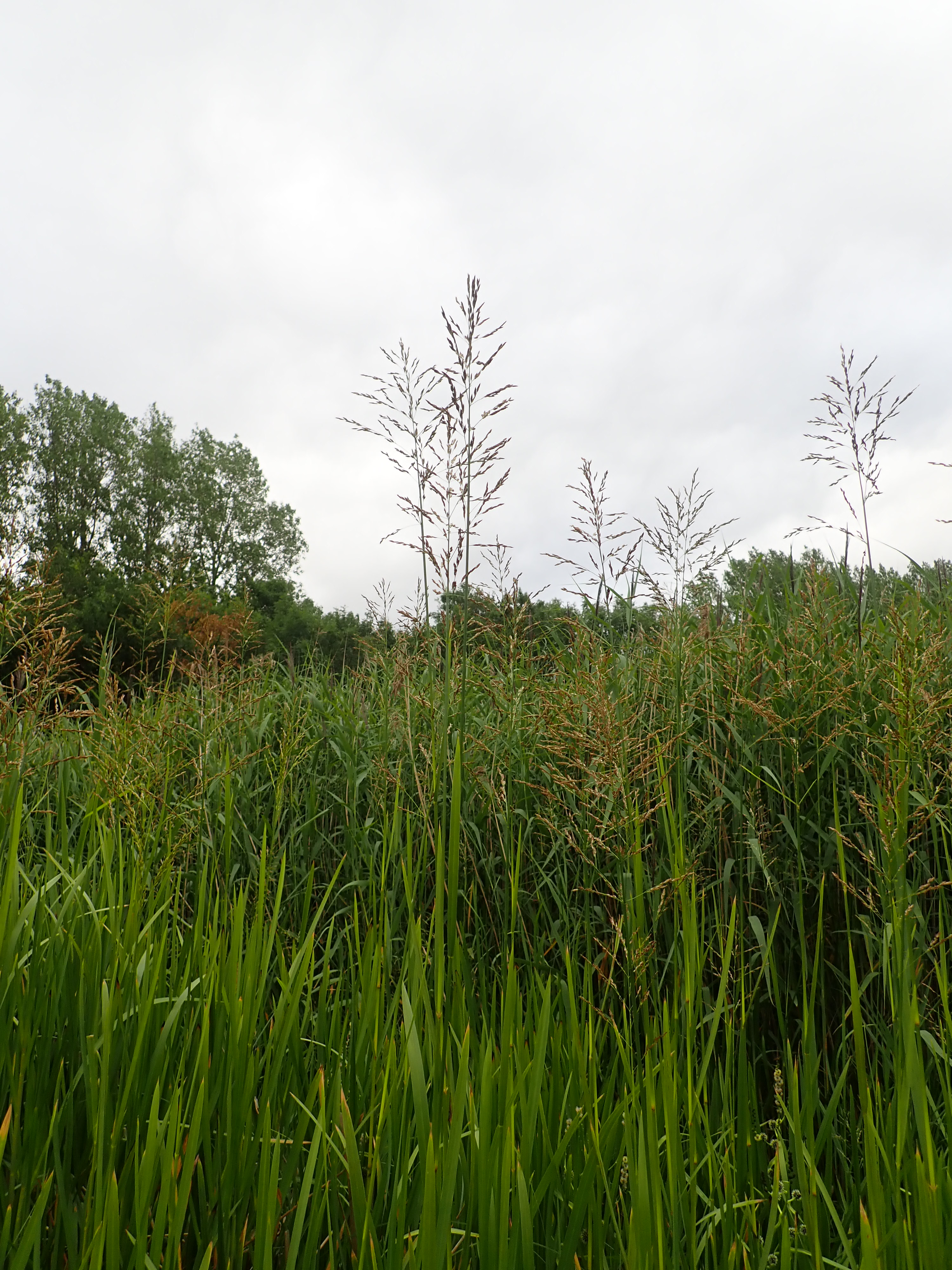
However, an even more troublesome plant, New Zealand Pigmyweed (Crassula helmsii) is a non-native invasive plant which has both emergent and submerged growth forms. It can grow in water up to 3 meters deep and on the pond margin at some distance from the water. It forms thick mats over much of the pond. It can regenerate from as little as a 2 mm fragment of stem which makes it very easy to spread between ponds. Once in a pond, it’s regenerative abilities make it incredibly difficult to control.
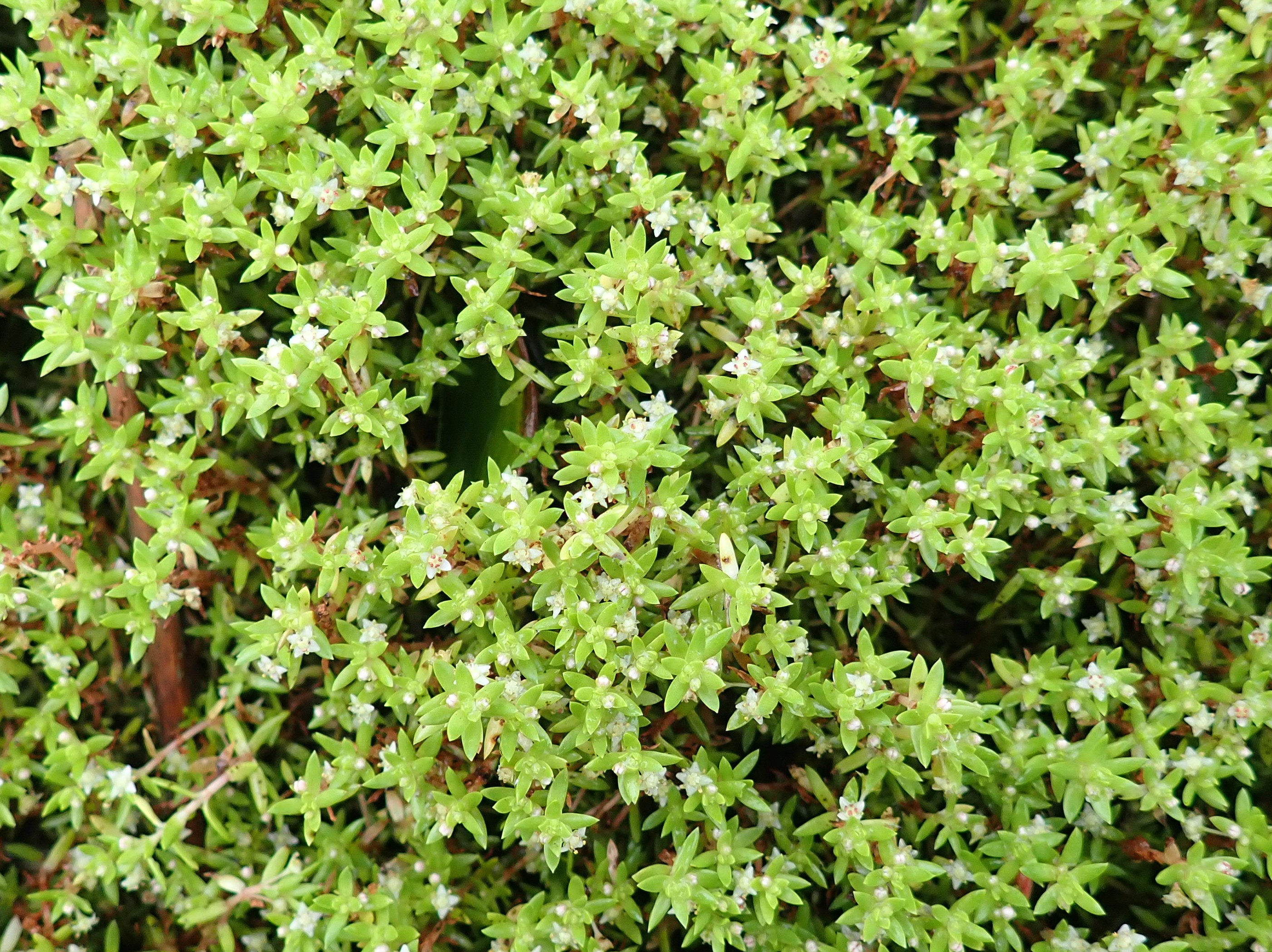
As a member of the Crassula family, it uses crassulacean acid metabolism (CAM) a kind of photosynthesis which involves opening their stomata at night reducing water losses. As the pond goes through its natural ecological succession from open water to marsh conditions Pygmyweed gains a competitive advantage over the other plants.
It is ubiquitous in the picture below, but Water horsetail (Equisetum fluviatile) and Bogbean (Menyanthes trifoliata) seem to be maintaining a foothold.
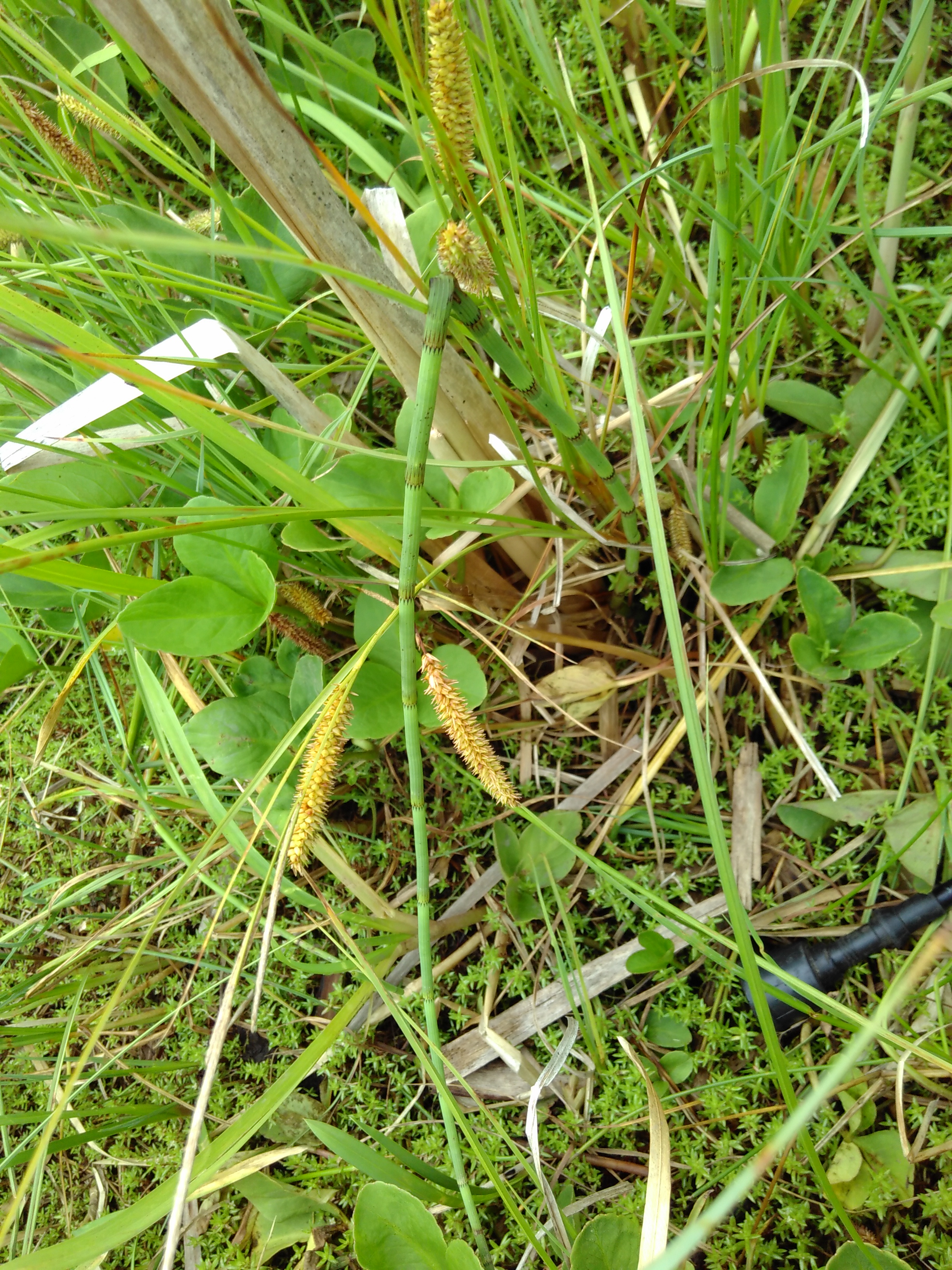
The sedge below is Lesser Pond sedge (Carex acutiflorus), the pointed female glumes are shown in detail in the succeeding photo, growing with Sharp flowered rush (Juncus acutiflorus) and Jointed rush.
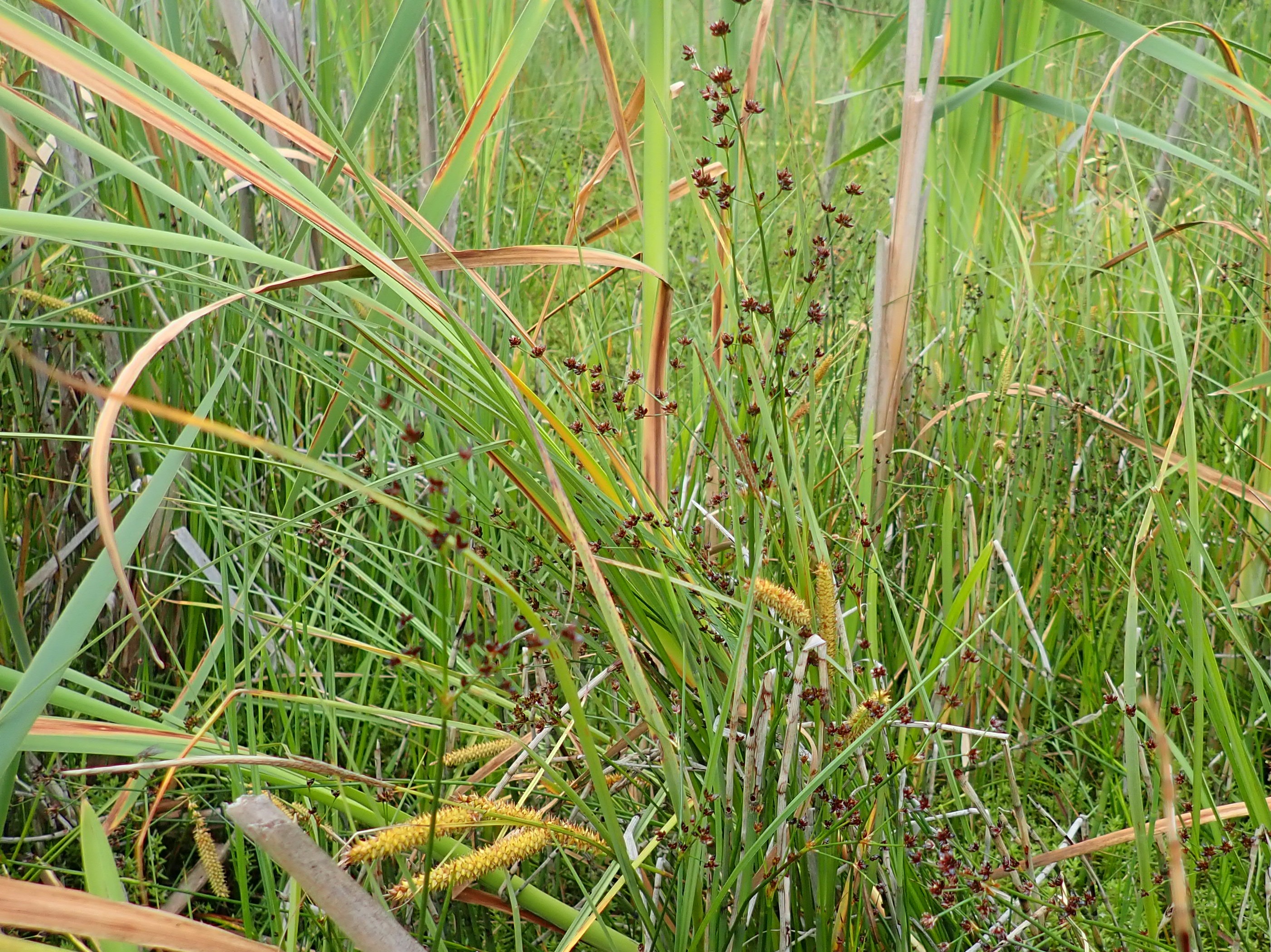

Where you find Lesser pond sedge, Greater pond sedge (Carex riparia) usually occurs. It is more glaucous and tougher with lanceolate -ovate female glumes. Last year I found False fox sedge but not so far it has not been noticed.
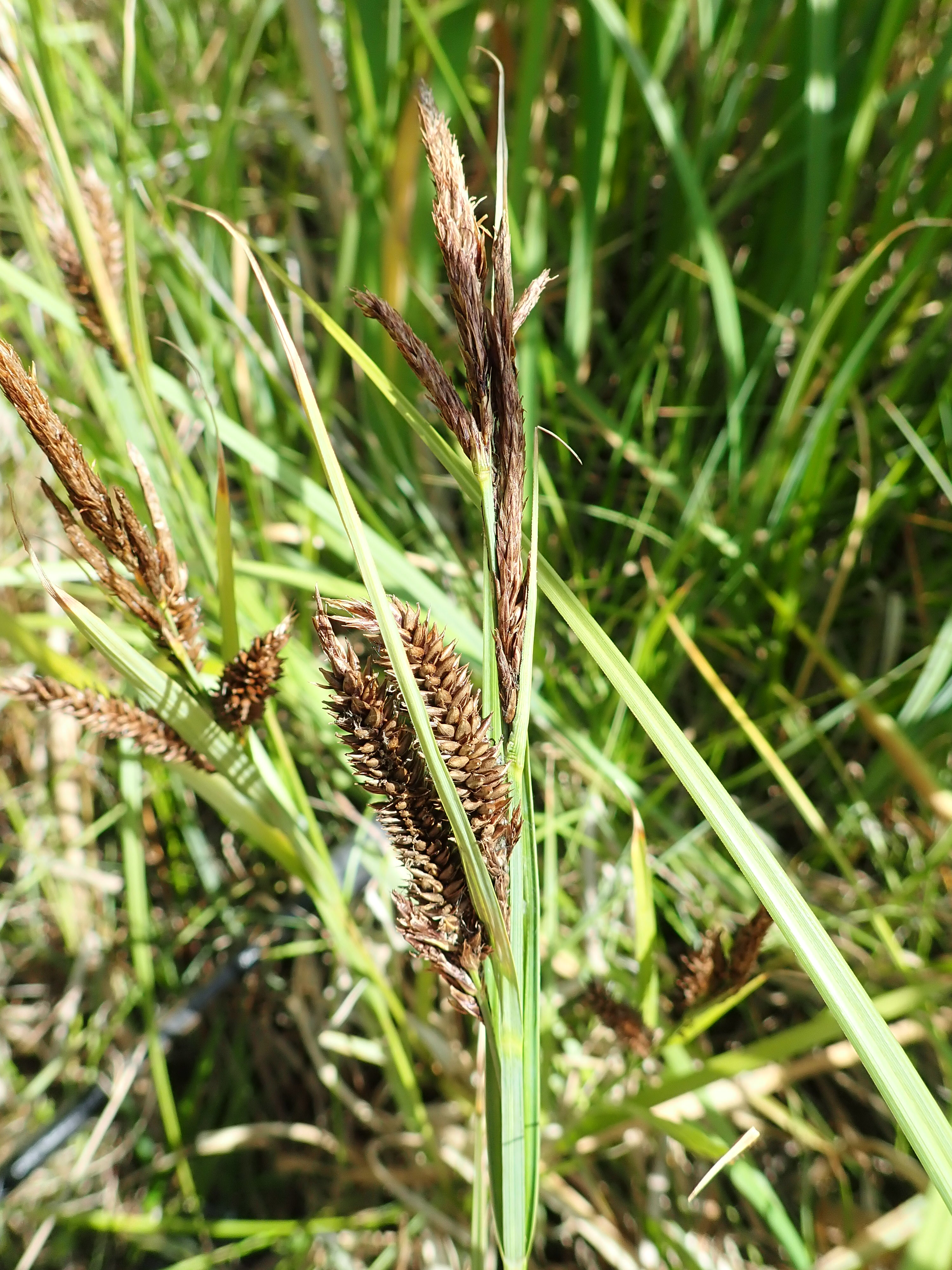
Also often growing together: Sharp flowered (Juncus acutiflorus) and Jointed rush (J articulatus). The jointed rush has flattened curved stems whereas the sharp flowered is straight of habit. a comparison shown below. Unsurprisingly, soft rush also occurred.
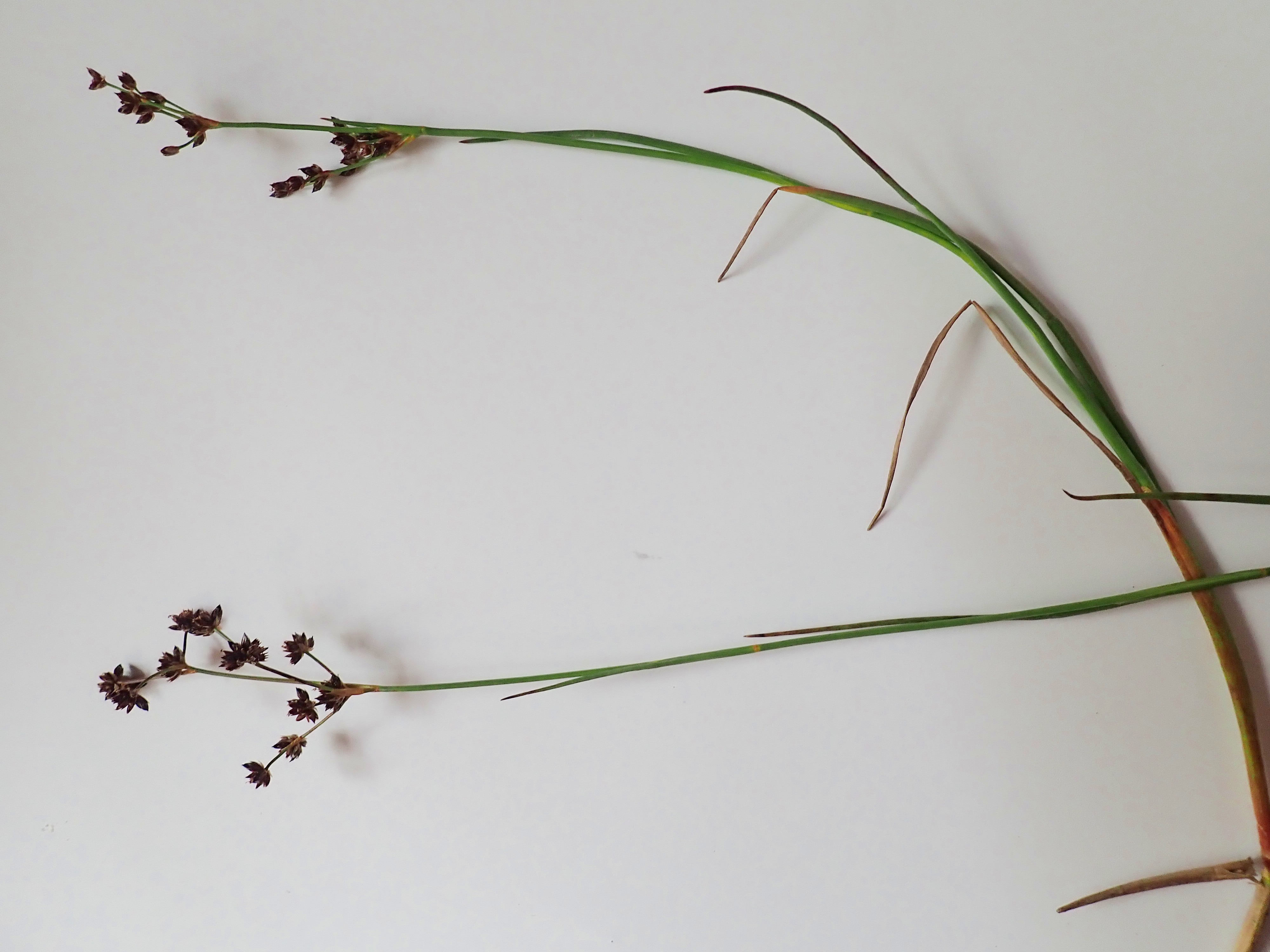
There are a fairly common collection of flowering plants that often grow in wet habitats such as Sneezewort (Achillea ptarmica),
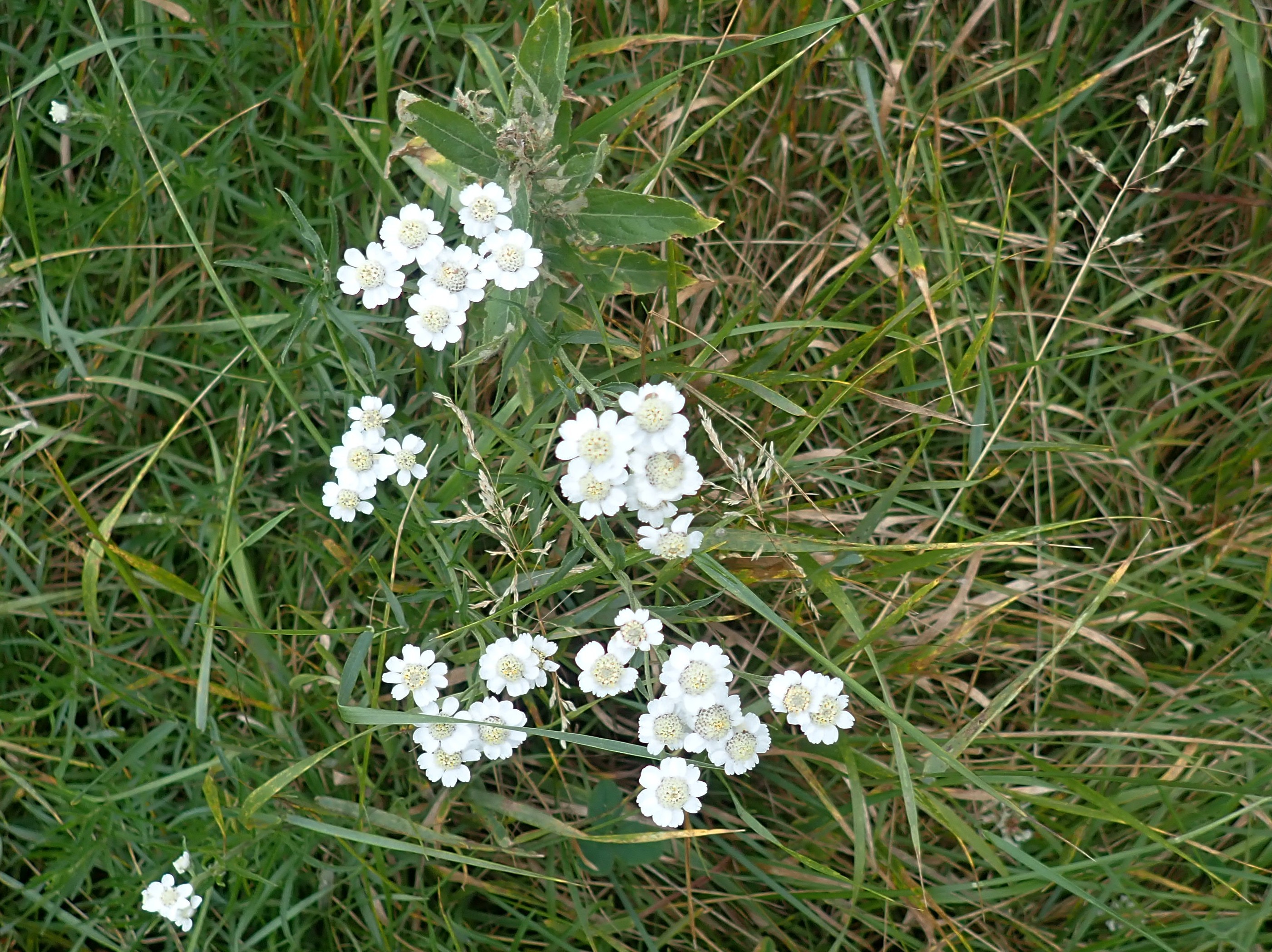
and Meadowsweet (Filipendula ulmaria)
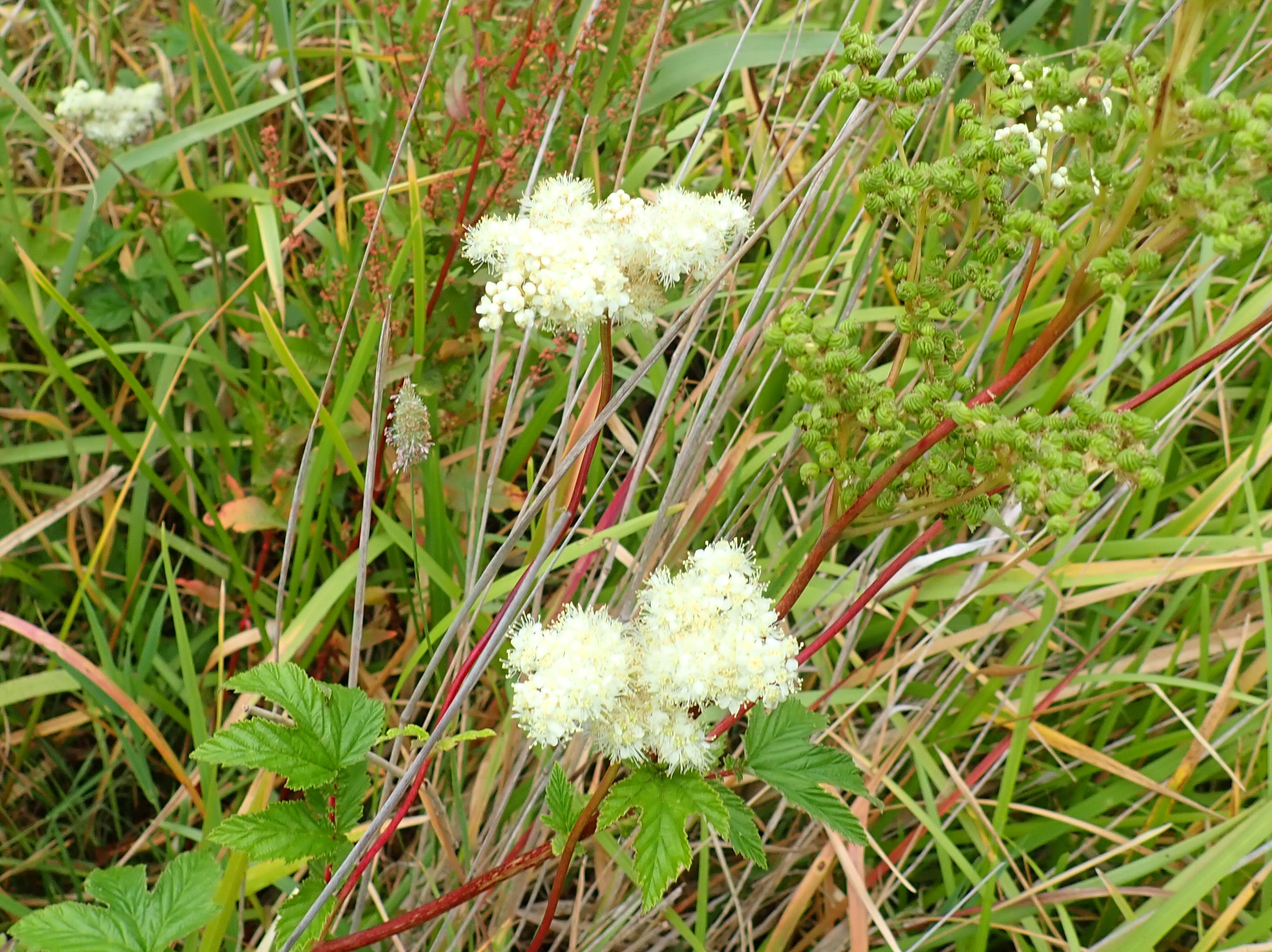
Water forget-me-not (Myosotis scorpioides) generally prefers the wetter ground easily noticed due to its bright blue flowers but Tufted Forget me not (Myosotis laxa) was also present.
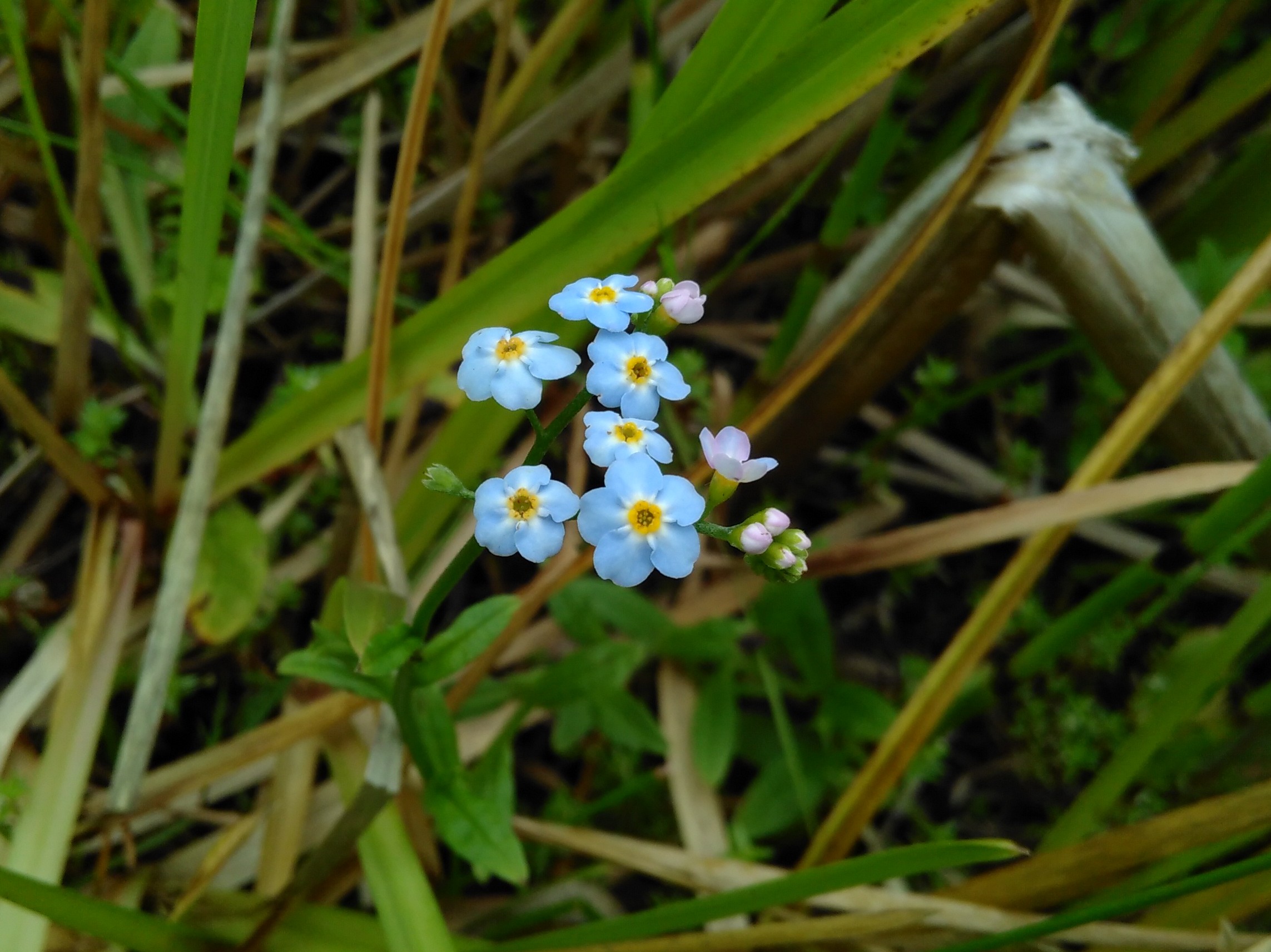
A picture of Water mint (Mentha aquatica) also reveals Common spike rush Eleocharis palustris) although just a dried up flower spike now.
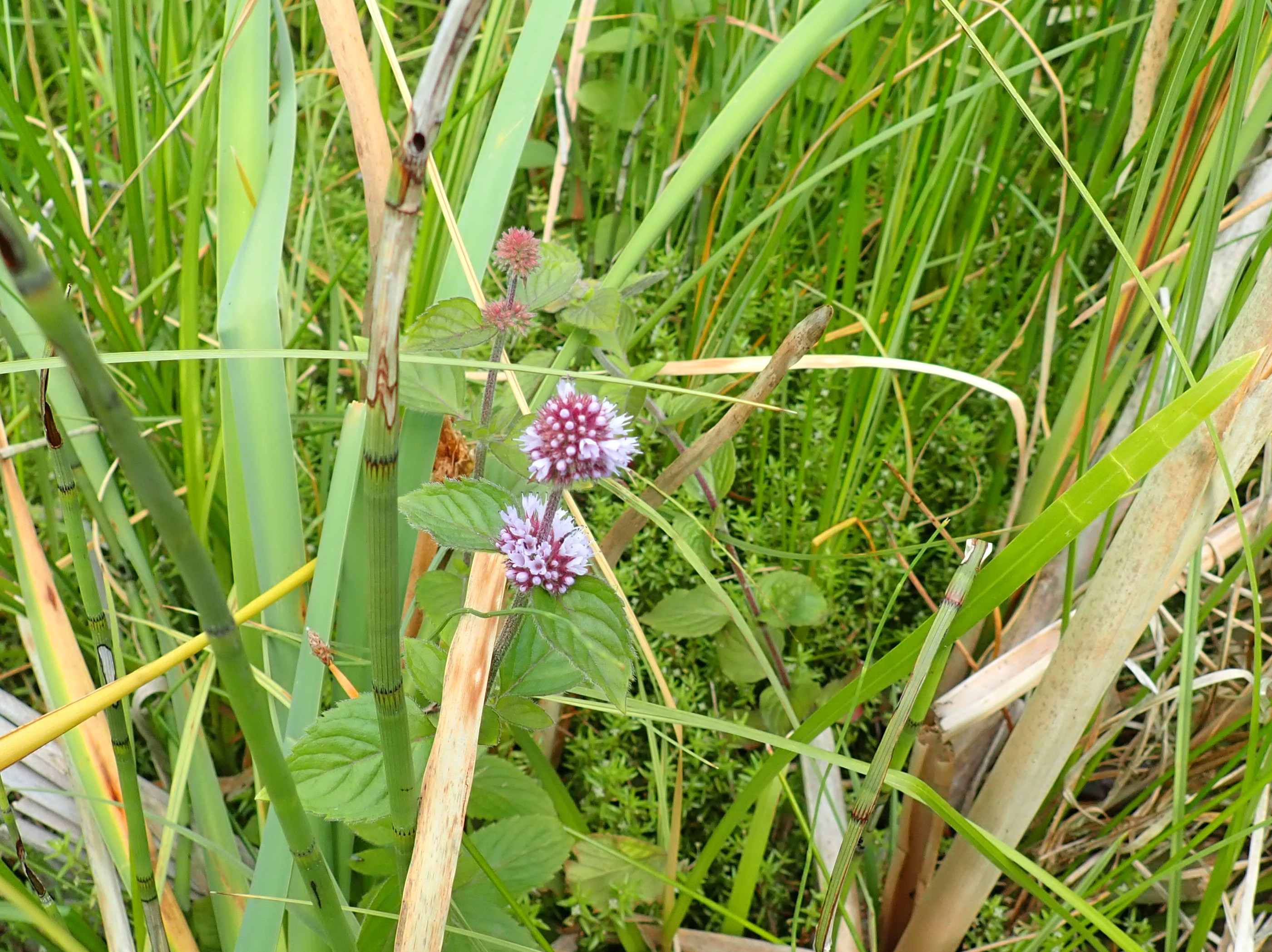
Purple Loosestrife (Lythrum salicaria) tucked behind Common Reed (Phragmites australis),
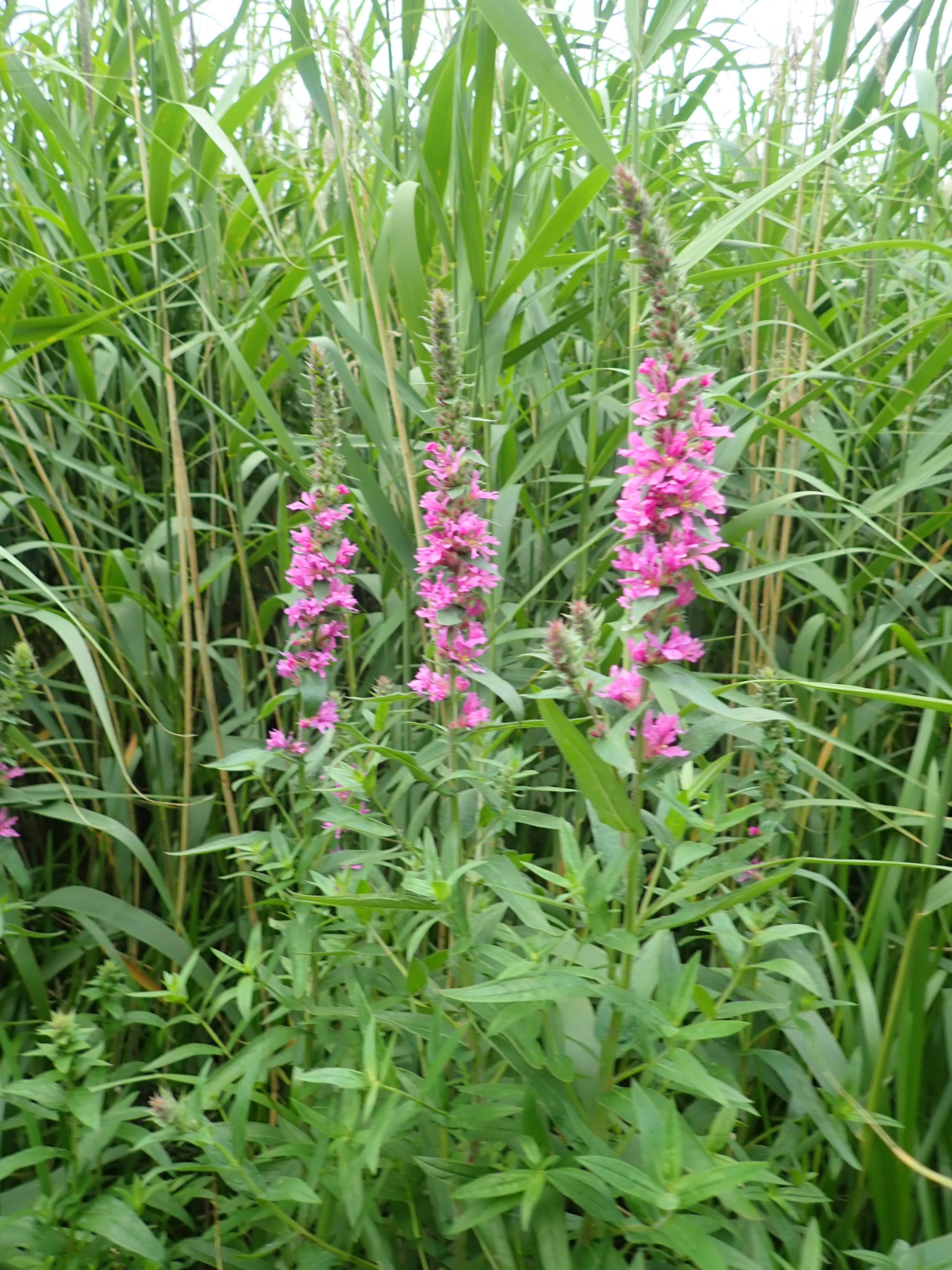
and Yellow Loosestrife, (Lysimachia vulgaris), a sole plant hiding under the dipping platform.
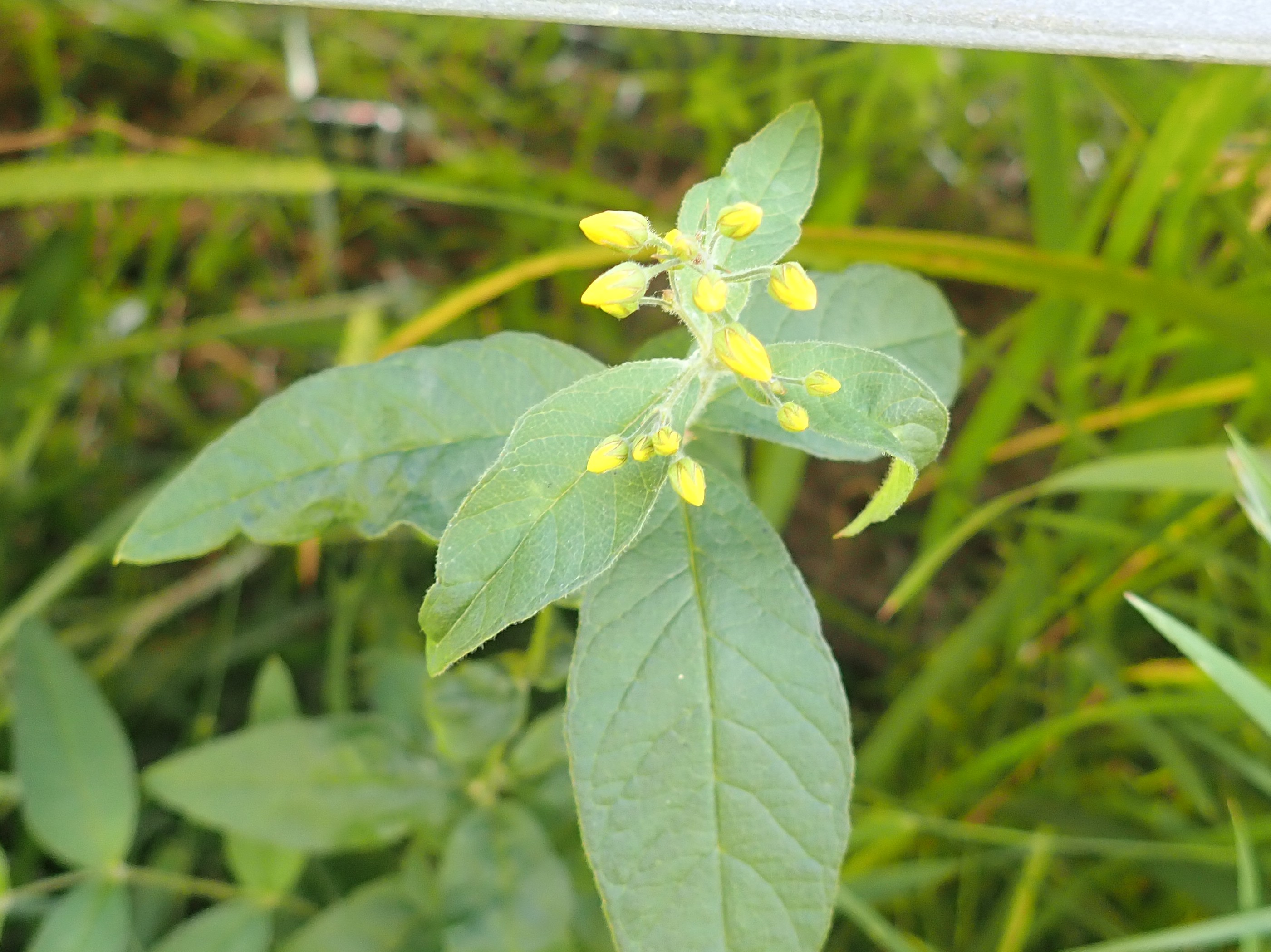
Marsh willowherb (Epilobium pallustre) likes acid wet ground and is often found with rushes.
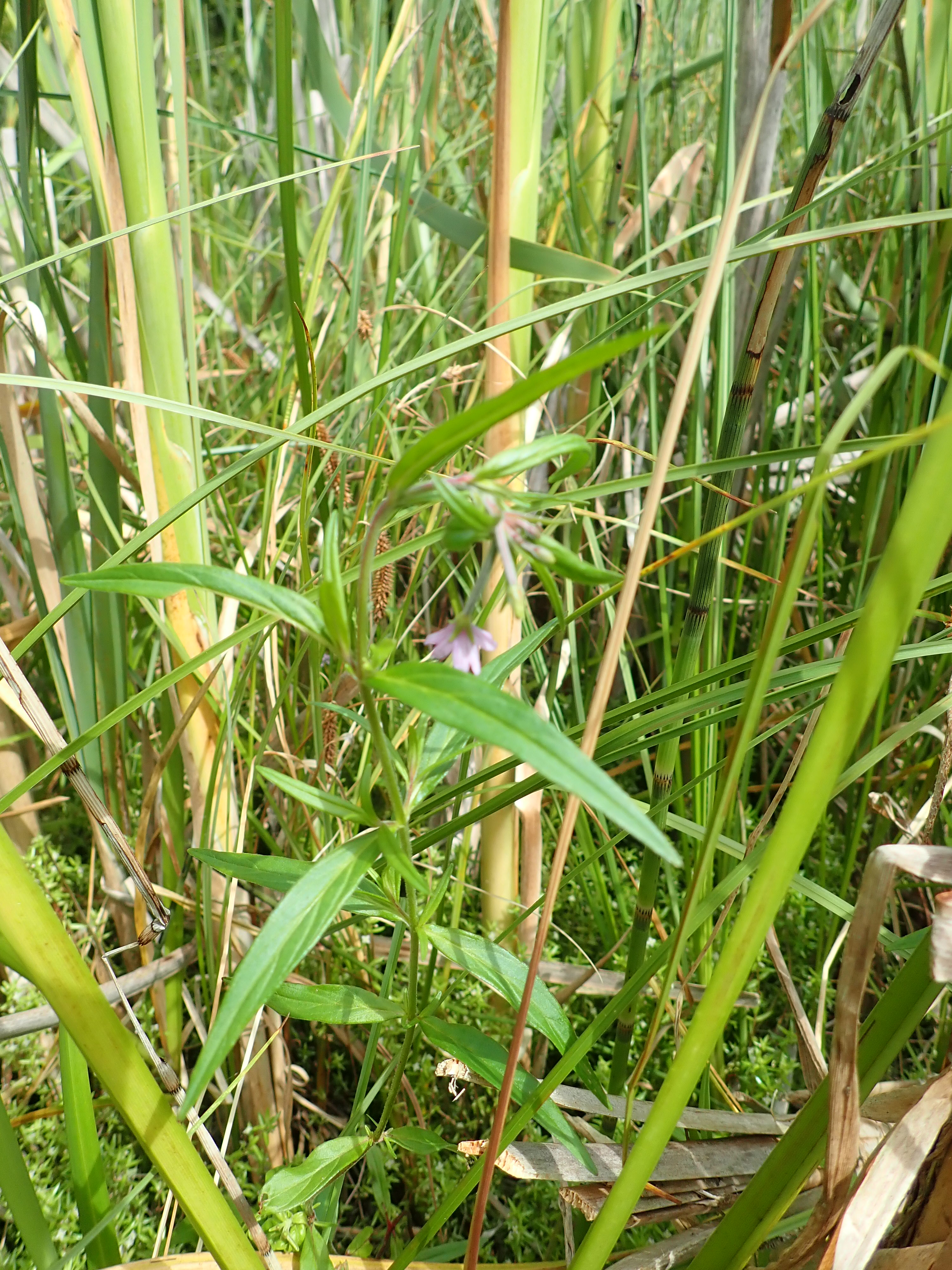
As pond succession continues trees will eventually invade the drying ground. Crack willow (Salix fragilis) is rapidly colonising although Goat willow (Salix caprea) forms the thicket behind.
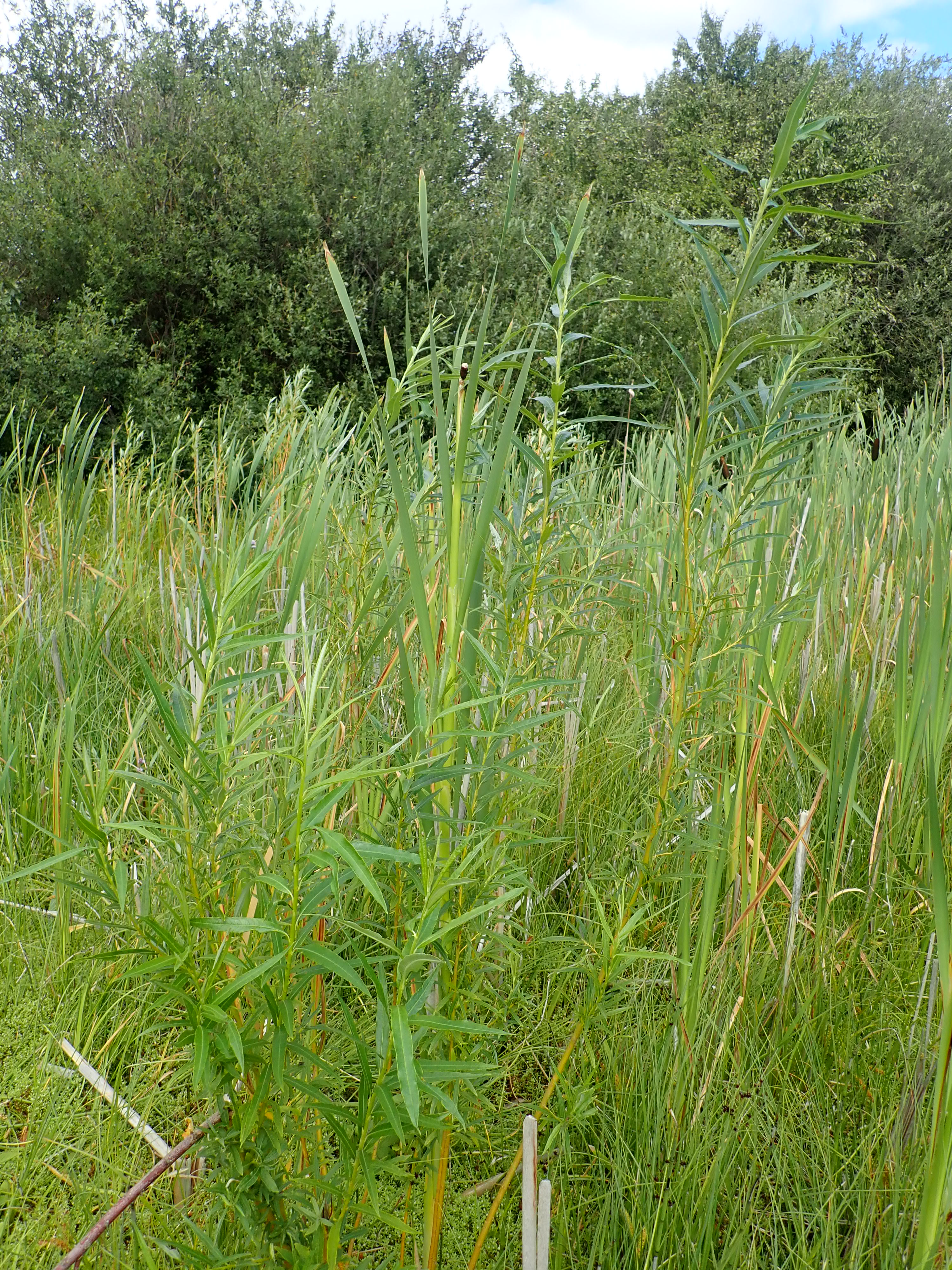
This Blackthorn (Prunus spinosa) has a good crop of sloe berries this year.
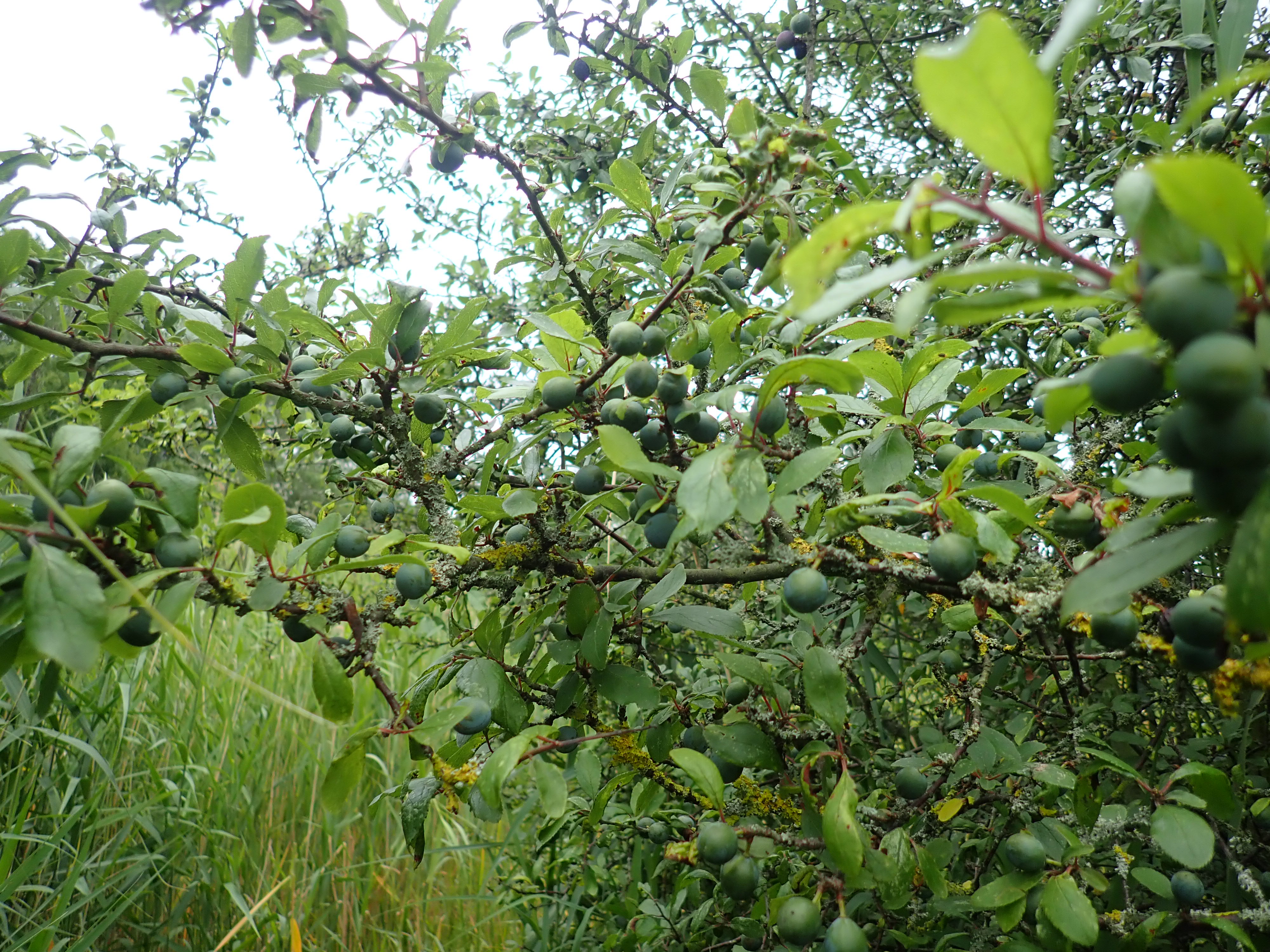
The visible water surface seems lacking in any submerged plants but Pond Snail (Lymnaea stagnalis),
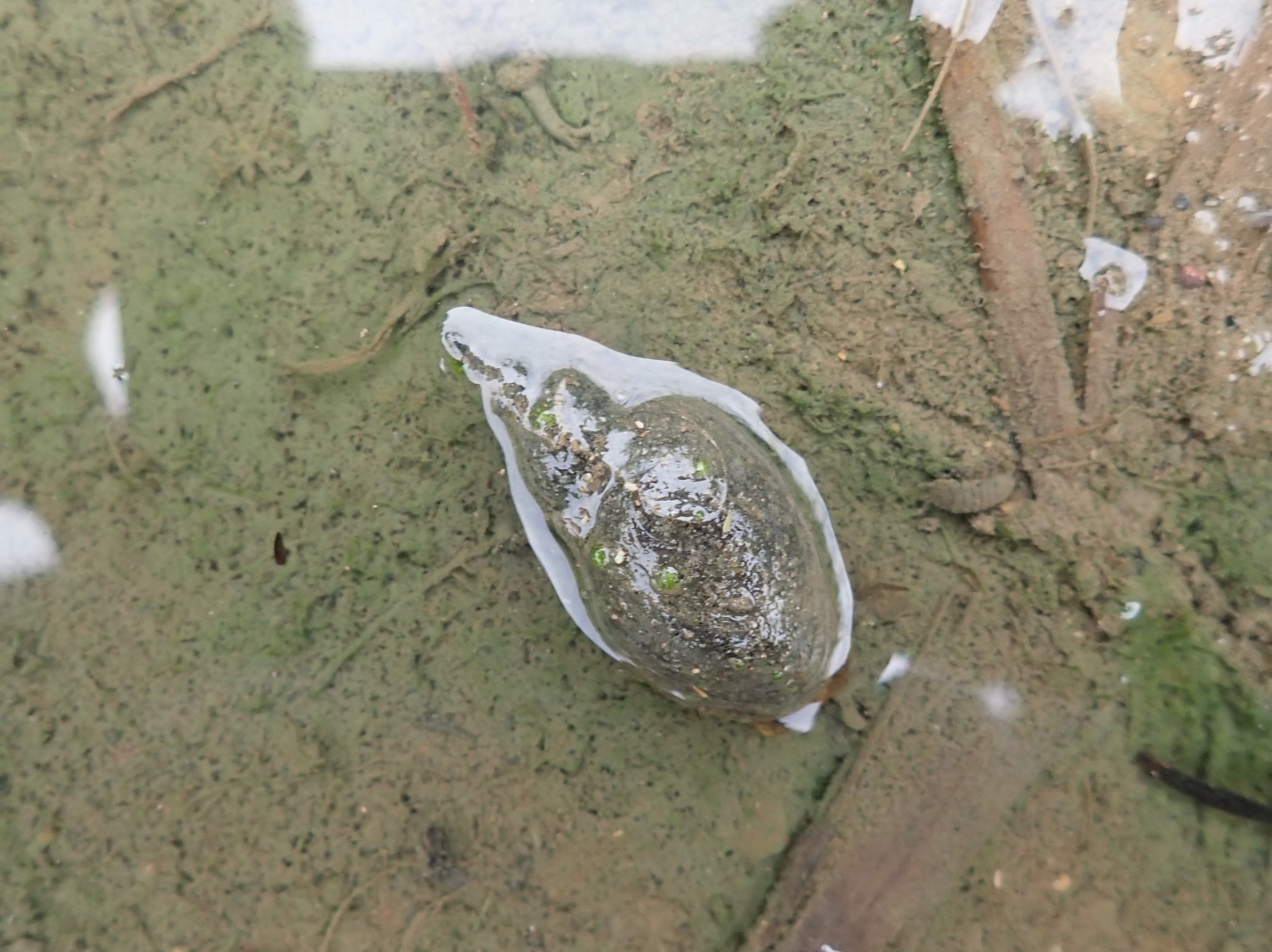
Great Ramshorn snail (Planorbarius corneus) and some tiny fish were visible.
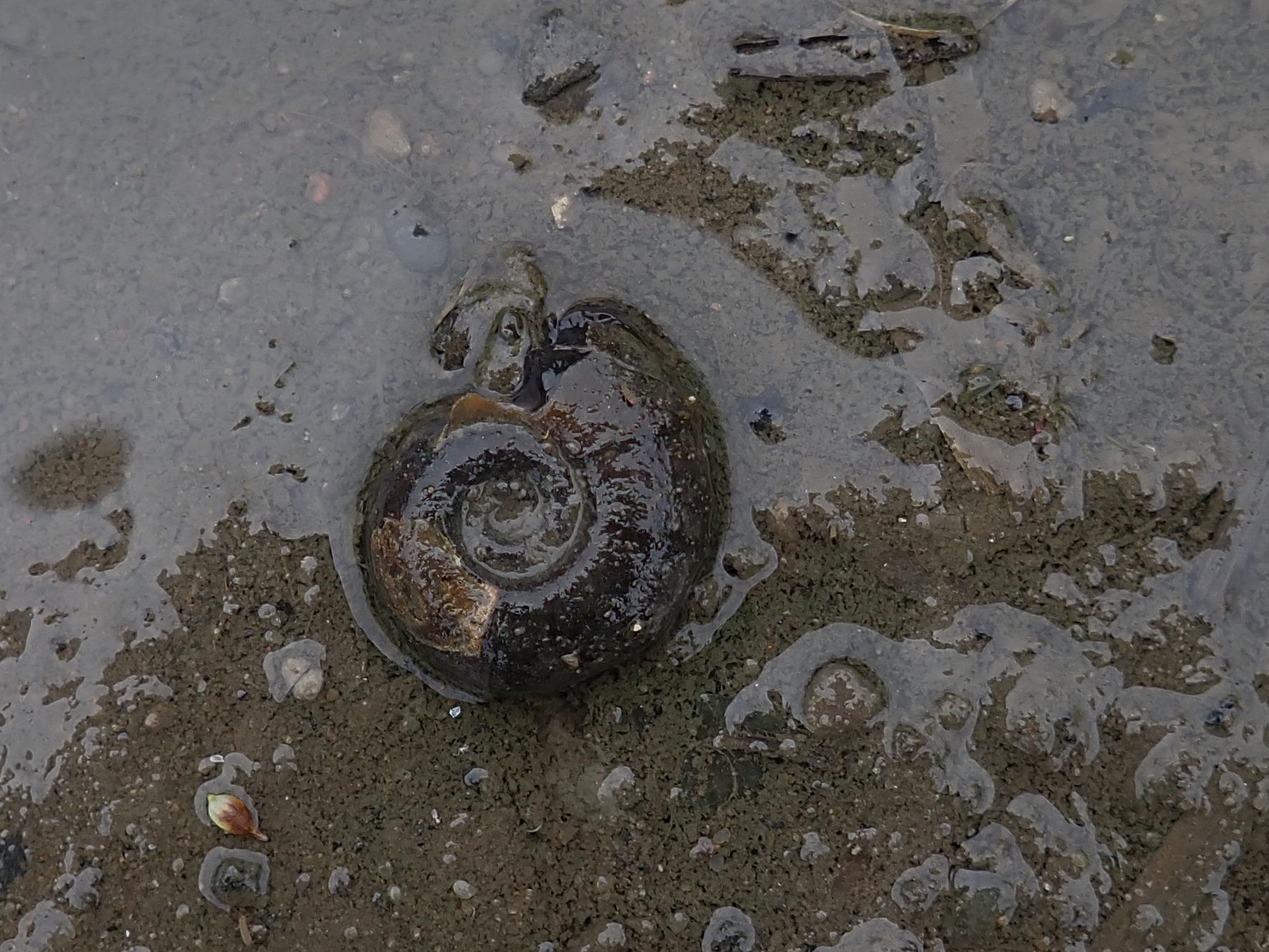
Reference:
Collins Wild Flower Guide
